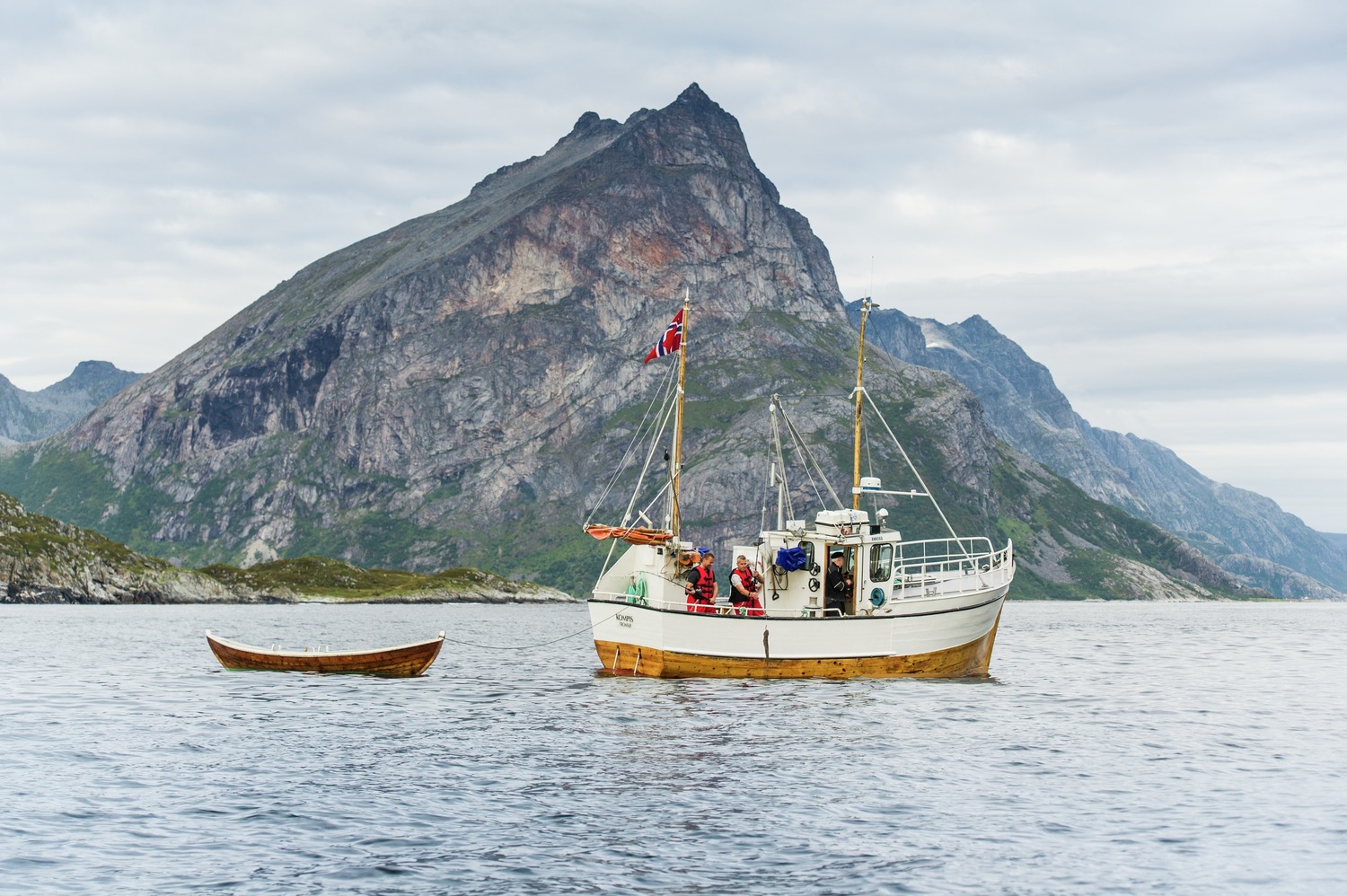
Reykjavik to Tromsø
Reykjavik to Tromsø
Cruise overview
WHY BOOK WITH US?
- ✔ The Deluxe Cruises’ team has extensive experience in ultra-luxury cruising.
- ✔ Call now to speak to our helpful and experienced Cruise Concierge team.
- ✔ Enjoy our Unique Deluxe Cruises Bonus for substantial savings.
- ✔ Our team will tailor your holiday to your exacting requirements.
- ✔ As agents, we work under the protection of each cruise lines ABTA / ATOL licences
About Reykjavík
Sprawling Reykjavík, the nation's nerve center and government seat, is home to half the island's population. On a bay overlooked by proud Mt. Esja (pronounced eh-shyuh), with its ever-changing hues, Reykjavík presents a colorful sight, its concrete houses painted in light colors and topped by vibrant red, blue, and green roofs. In contrast to the almost treeless countryside, Reykjavík has many tall, native birches, rowans, and willows, as well as imported aspen, pines, and spruces.Reykjavík's name comes from the Icelandic words for smoke, reykur, and bay, vík. In AD 874, Norseman Ingólfur Arnarson saw Iceland rising out of the misty sea and came ashore at a bay eerily shrouded with plumes of steam from nearby hot springs. Today most of the houses in Reykjavík are heated by near-boiling water from the hot springs. Natural heating avoids air pollution; there's no smoke around. You may notice, however, that the hot water brings a slight sulfur smell to the bathroom.Prices are easily on a par with other major European cities. A practical option is to purchase a Reykjavík City Card at the Tourist Information Center or at the Reykjavík Youth Hostel. This card permits unlimited bus usage and admission to any of the city's seven pools, the Family Park and Zoo, and city museums. The cards are valid for one (ISK 3,300), two (ISK 4,400), or three days (ISK 4,900), and they pay for themselves after three or four uses a day. Even lacking the City Card, paying admission (ISK 500, or ISK 250 for seniors and people with disabilities) to one of the city art museums (Hafnarhús, Kjarvalsstaðir, or Ásmundarsafn) gets you free same-day admission to the other two.
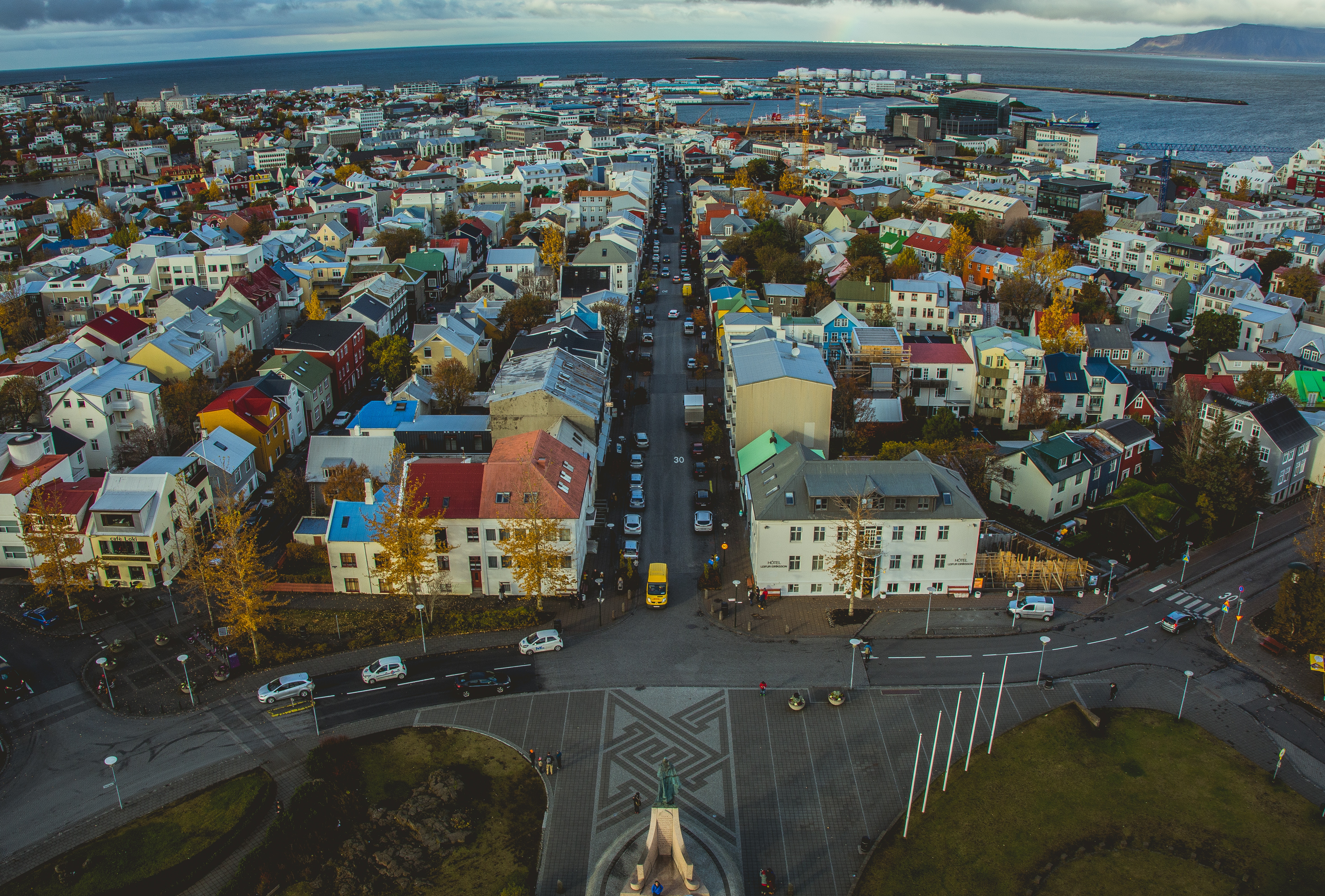
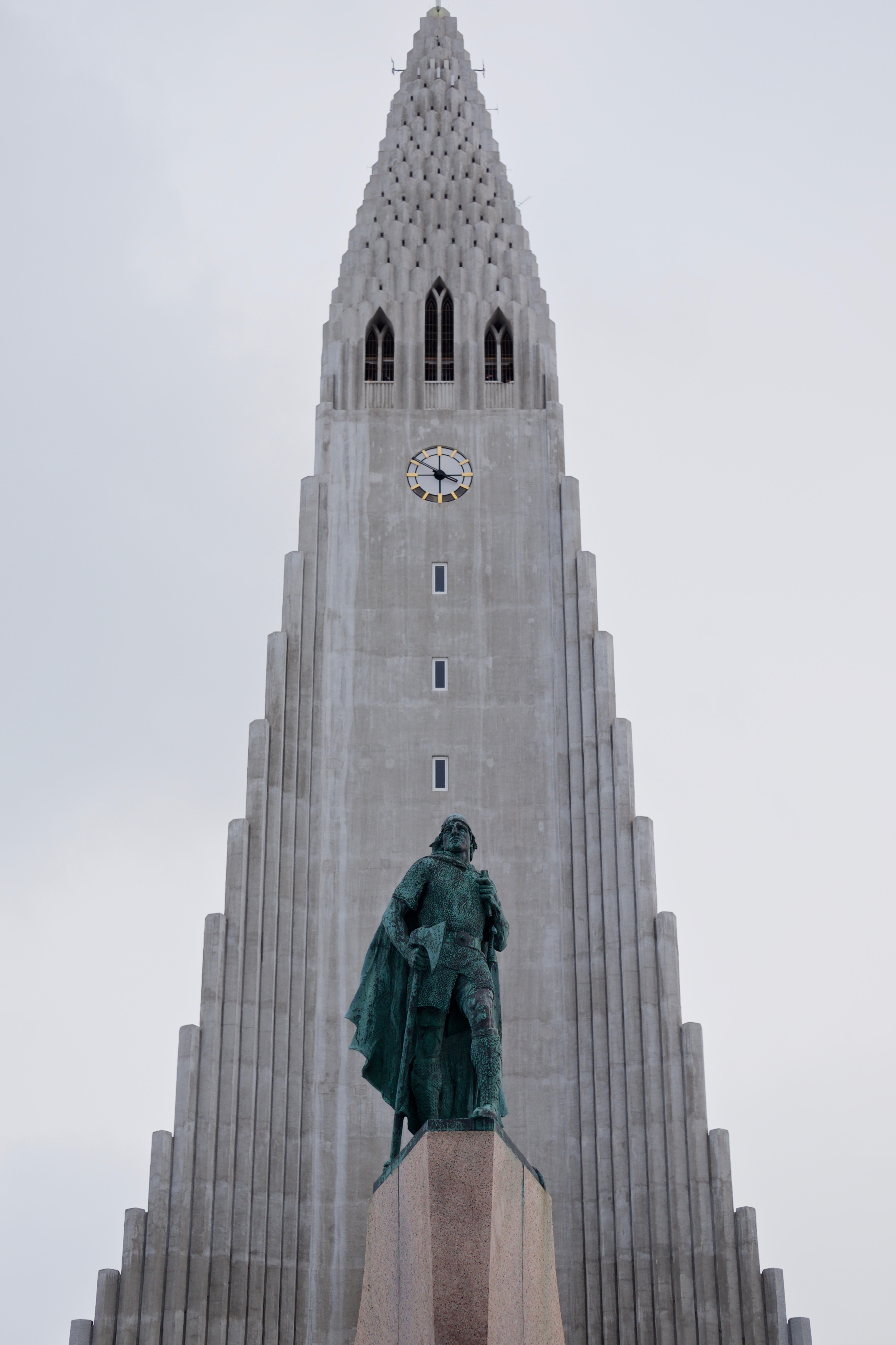
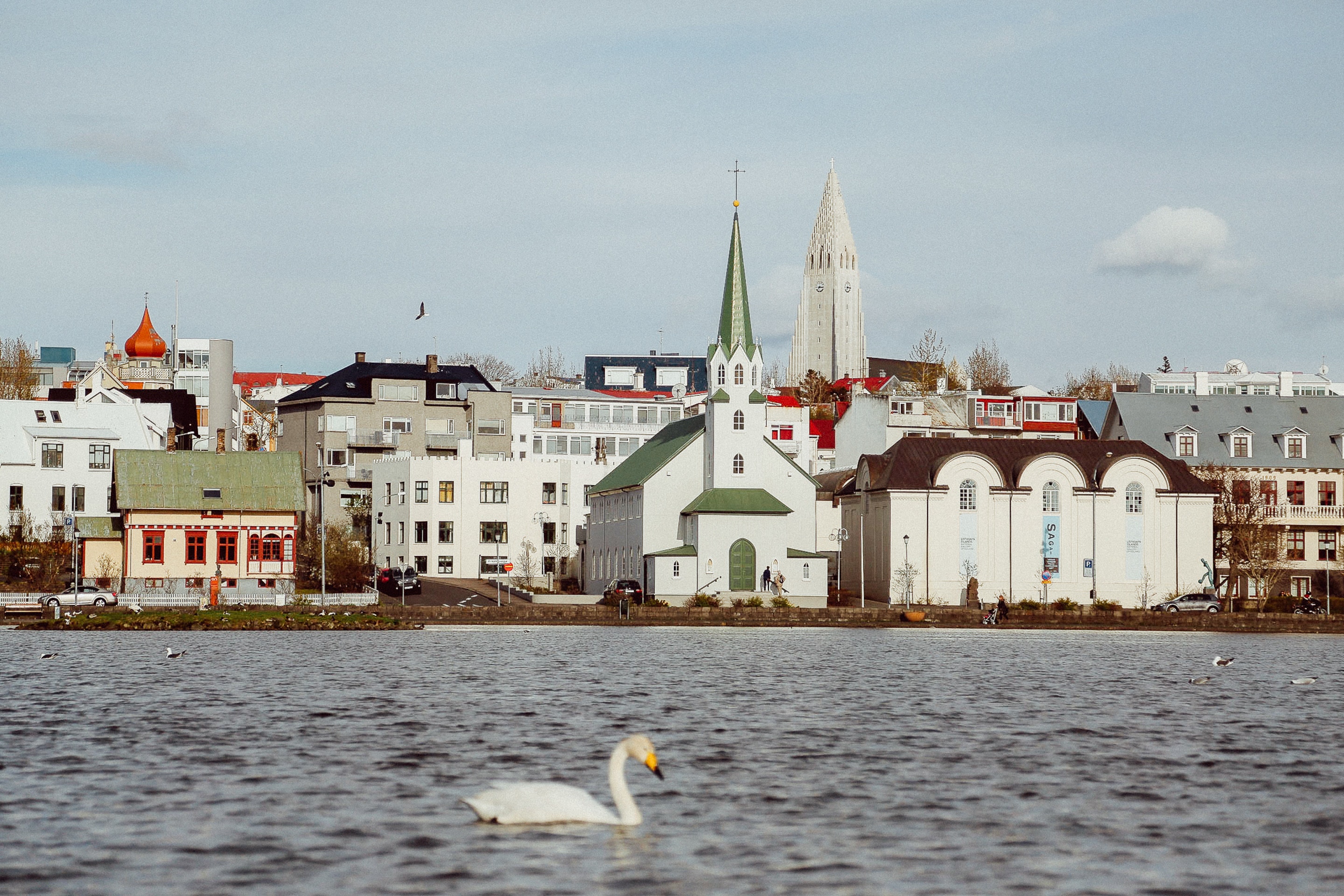
About Vigur Island
Vigur Island is a little more than a mile (1.6 km) in length and about 450 yards (412 m) wide. This green oasis punctuates the waters of the Ísafjarðardjúp fjord east of the town of Isafjordur. The island is home to a single farming family and has some meticulously preserved historical landmarks including Iceland’s only windmill, built in 1840 and used until 1917 for grinding imported wheat from Denmark; and a 200-year-old rowing boat, which is still in use to ferry sheep to the mainland. Summer is the best time to see large numbers of Atlantic Puffins, Arctic Terns and Black Guillemots. One of the export articles from this small island was eider down and one can see where the eider ducks nest and how the down is collected and cleaned.
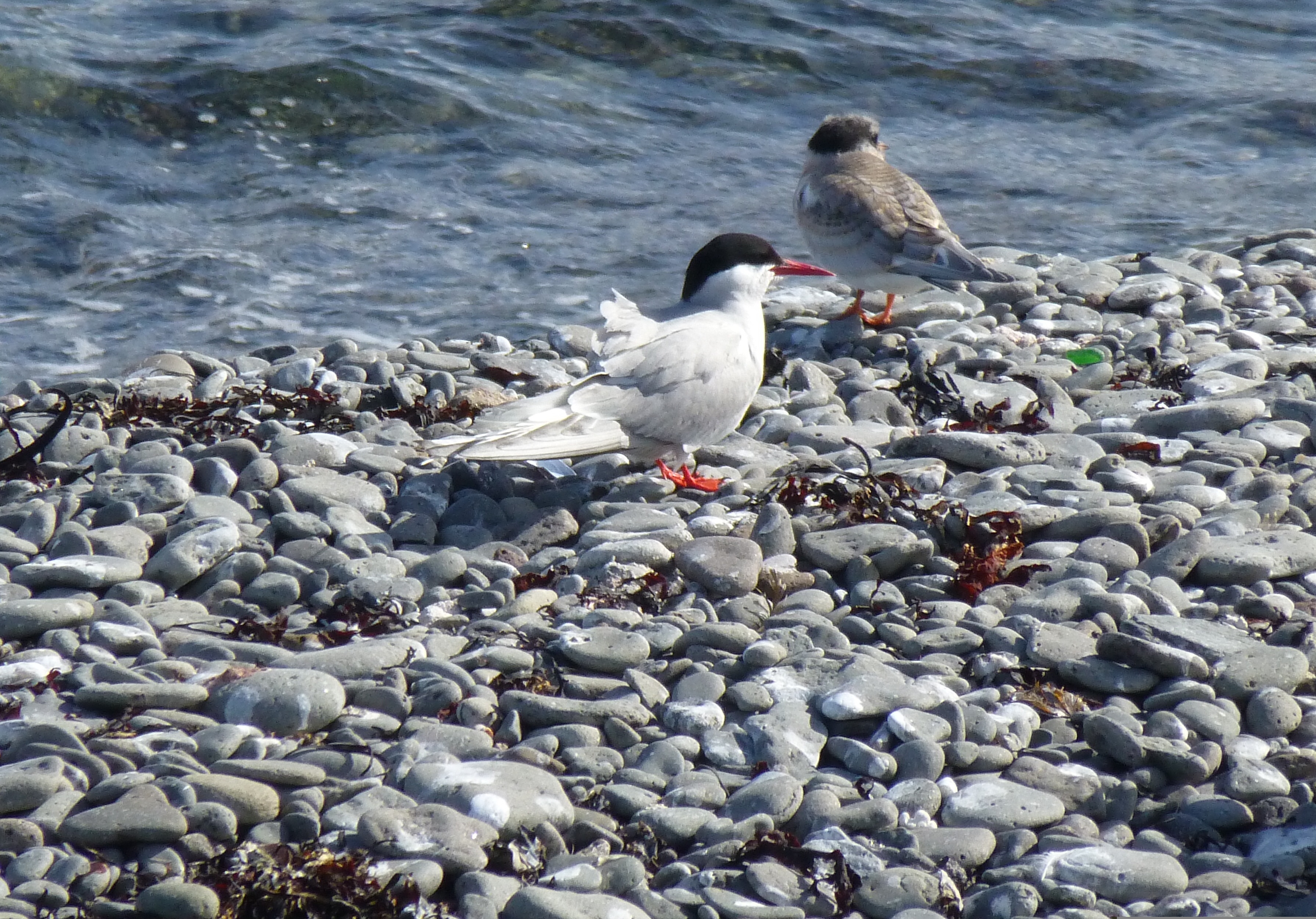
About Djupavik
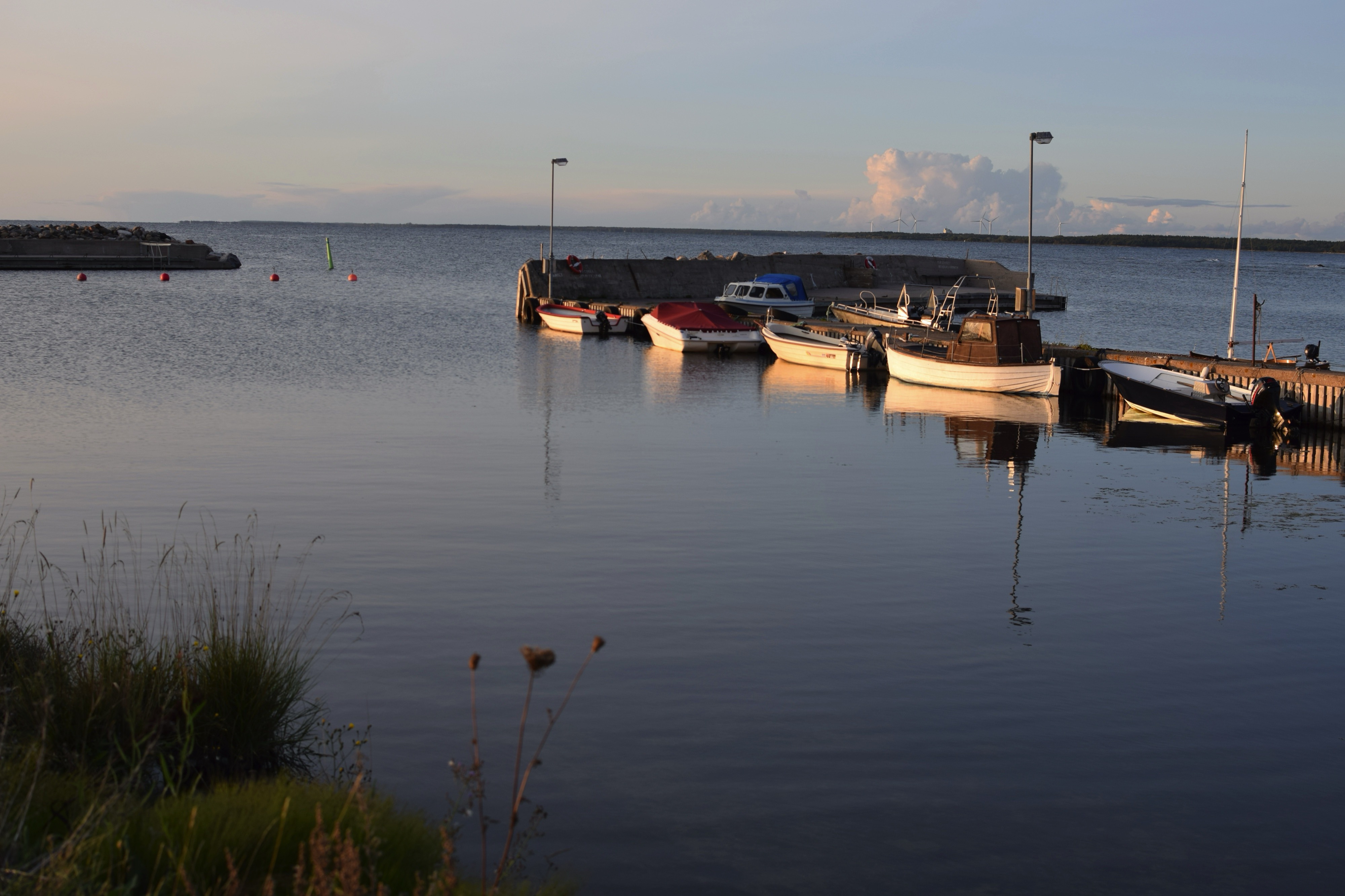
About Veidleysufjordur Fjord
About Husavik
The town of Húsavík sits below Húsavíkurfjall mountain on the eastern shore of Skjálfandi bay. Just above the town is lake Botnsvatn, a popular place for outings. The lake is just the right size for a nice hike around it. The lakes surroundings are rich in vegetation and bird life and trout is said to be abundant, though small. Húsavík harbour lies below the bank right in the heart of town. The harbour once boasted a large fishing fleet, bustling with the activity of fishermen. It still serves as a fishing harbour but today's activity revolves more around the successful whale watching businesses. The first organised whale watching excursions in Iceland started from here in 1995. Since then, whale watching has become a major attraction and Húsavík continues to be the leading destination for whale watching. In addition to the tours, a fascinating whale museum is located right by the harbour. Húsavík is considered to be the oldest settlement in Iceland. The Swedish explorer, Gardar Svavarsson, spent one winter there in 870 AD during which time he built himself a house from which the settlement derives its name.
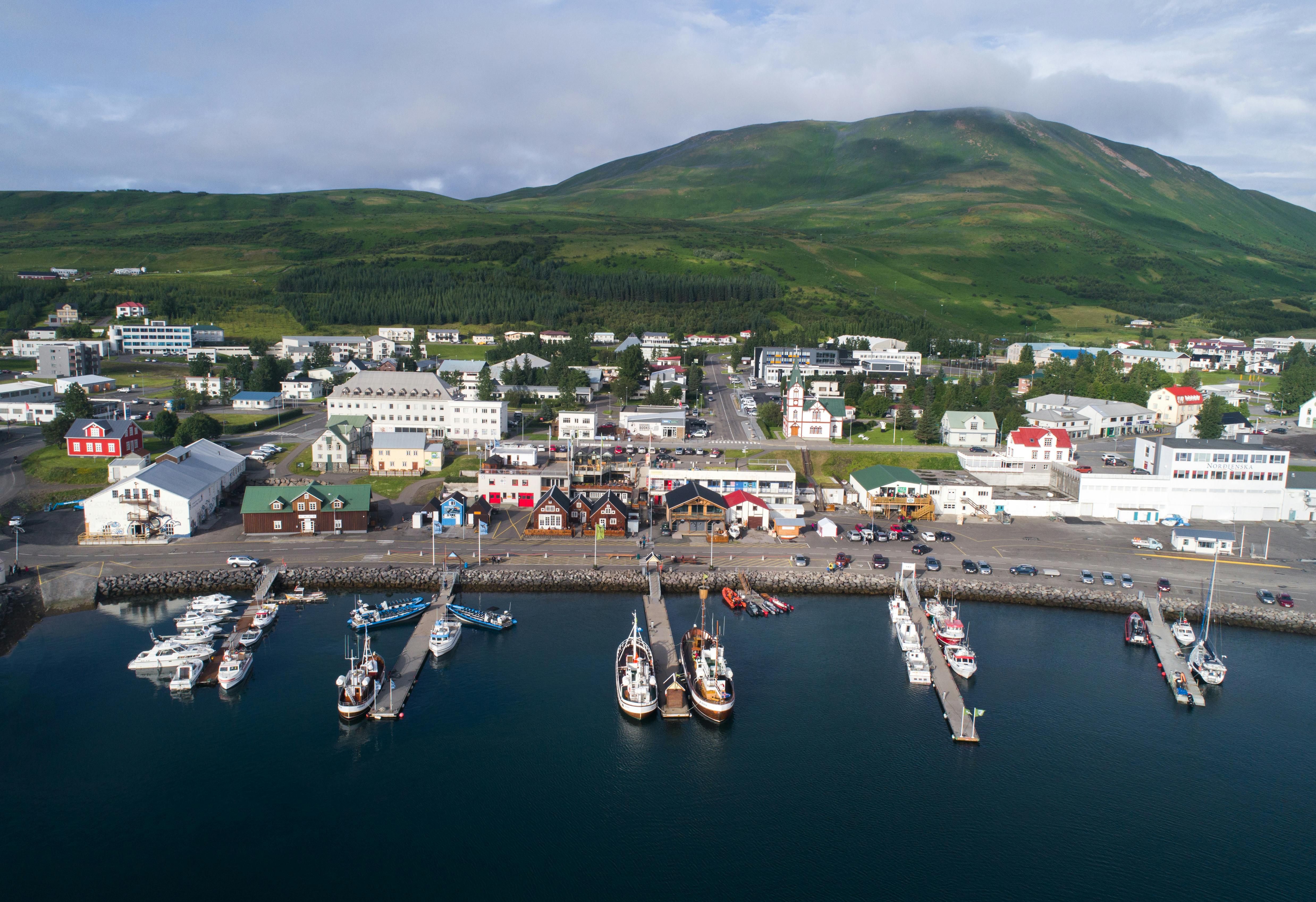
About Jan Mayen Island
Described as one of the most remote islands in the world, Jan Mayen liesbetween Norway to the east and Greenland to the west. It is a rugged volcanicisland 34 miles long and is made up of two parts – the larger section to thenorth (Beerenbeg Volcano) and the longer but narrower section to the south. Amile-wide isthmus links these two parts. Geologically, the island was formed bya ‘hotspot’ where molten magma pushes up through the earth’s crust to createvolcanoes in the middle of nowhere. Politically, Jan Mayen is an integral partof Norway. The eighteen people living on the island work for either the NorwegianArmed Forces or the Norwegian Meteorological Institute. Their main purpose isto operate the Loran-C radio navigation system. From 1615 to 1638, the Dutchran a whaling station here. Today, the island is a nature reserve underNorwegian jurisdiction aimed at preserving the pristine Arctic island and themarine life, including the ocean floor.
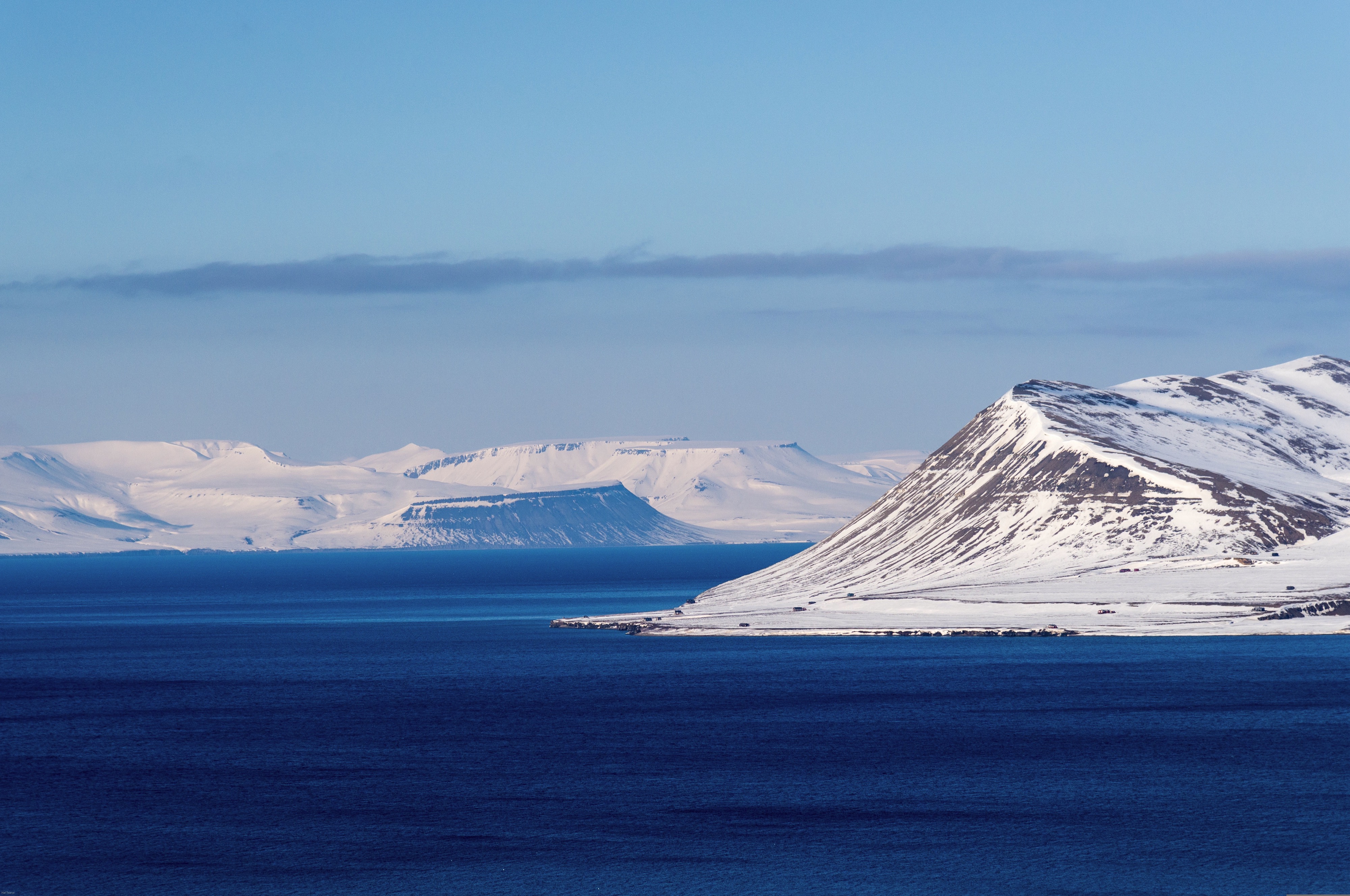
About Svalbard Archipelago
A flexible itinerary allows us to take advantage of favorable ice and weather conditions to travel through the northern stretches of Svalbard to points visited by famous polar explorers such as Andrée, Amundsen and Nobile. Destinations might include the narrow waterways and striking mountains of Krossfjord and Raudfjord. The ship may visit the historic settings of Ny Alesund, Ny London or Amsterdamoya. And of course, we hope to see distinctly Arctic wildlife from walrus hauled out in noisy groups on remote shorelines, to reindeer grazing alpine slopes, and from ptarmigan in their camouflaged hiding places, to mighty polar bears striding the shores in search of their next meal.
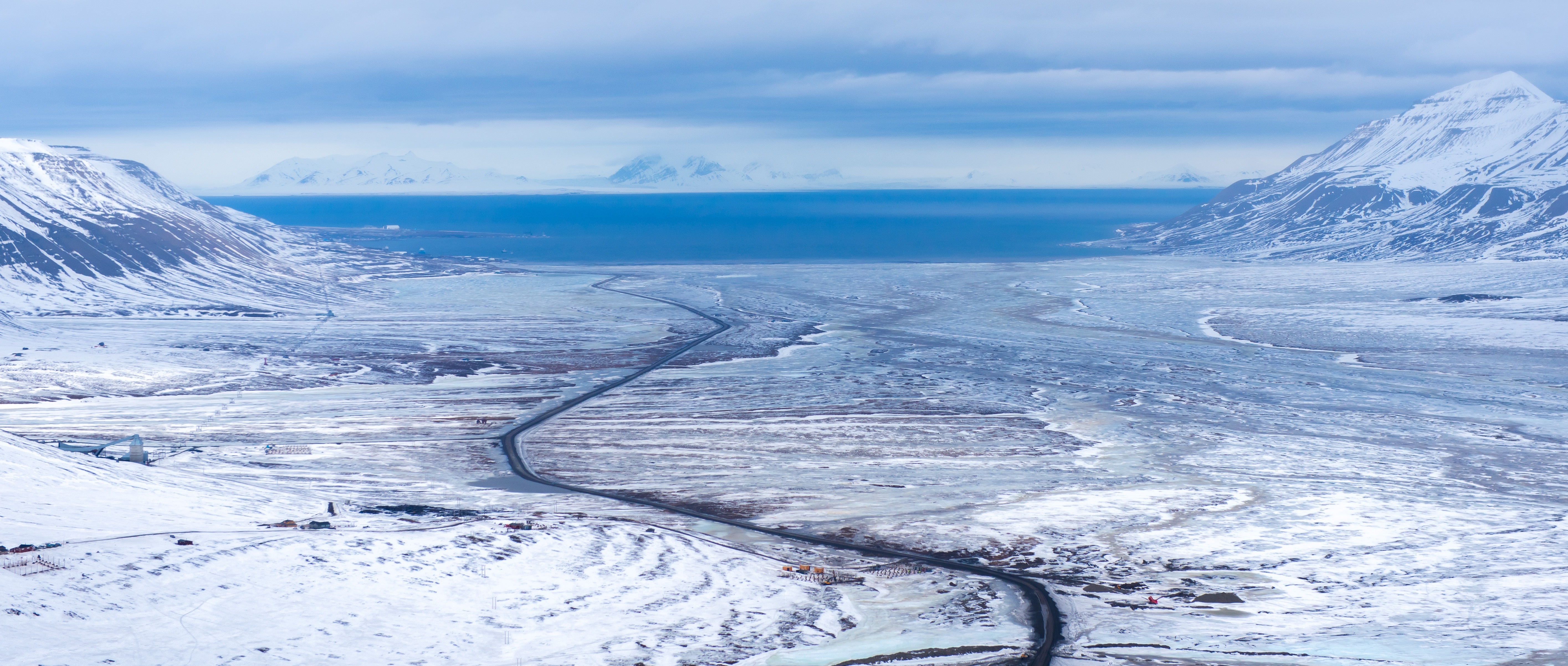
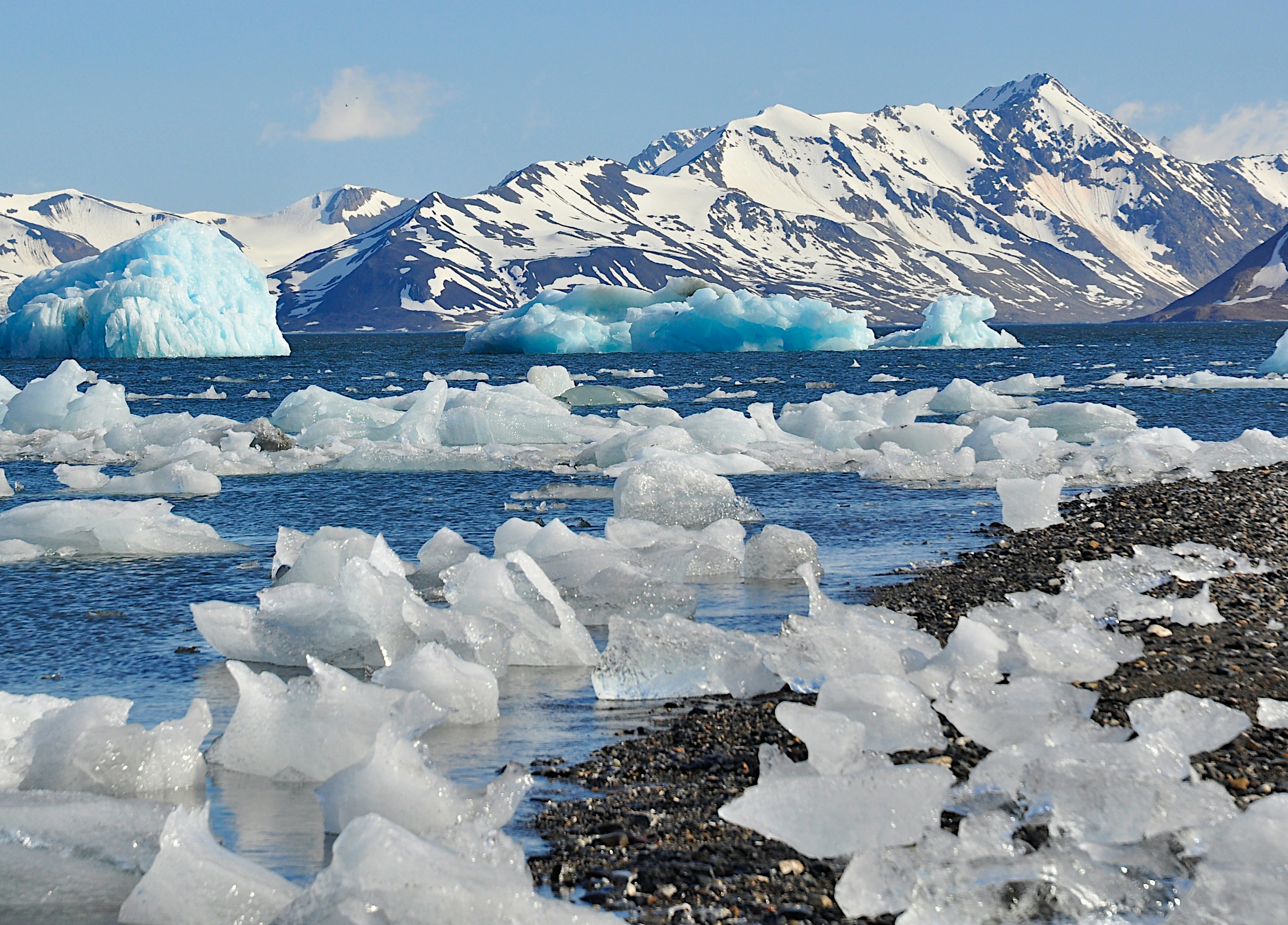
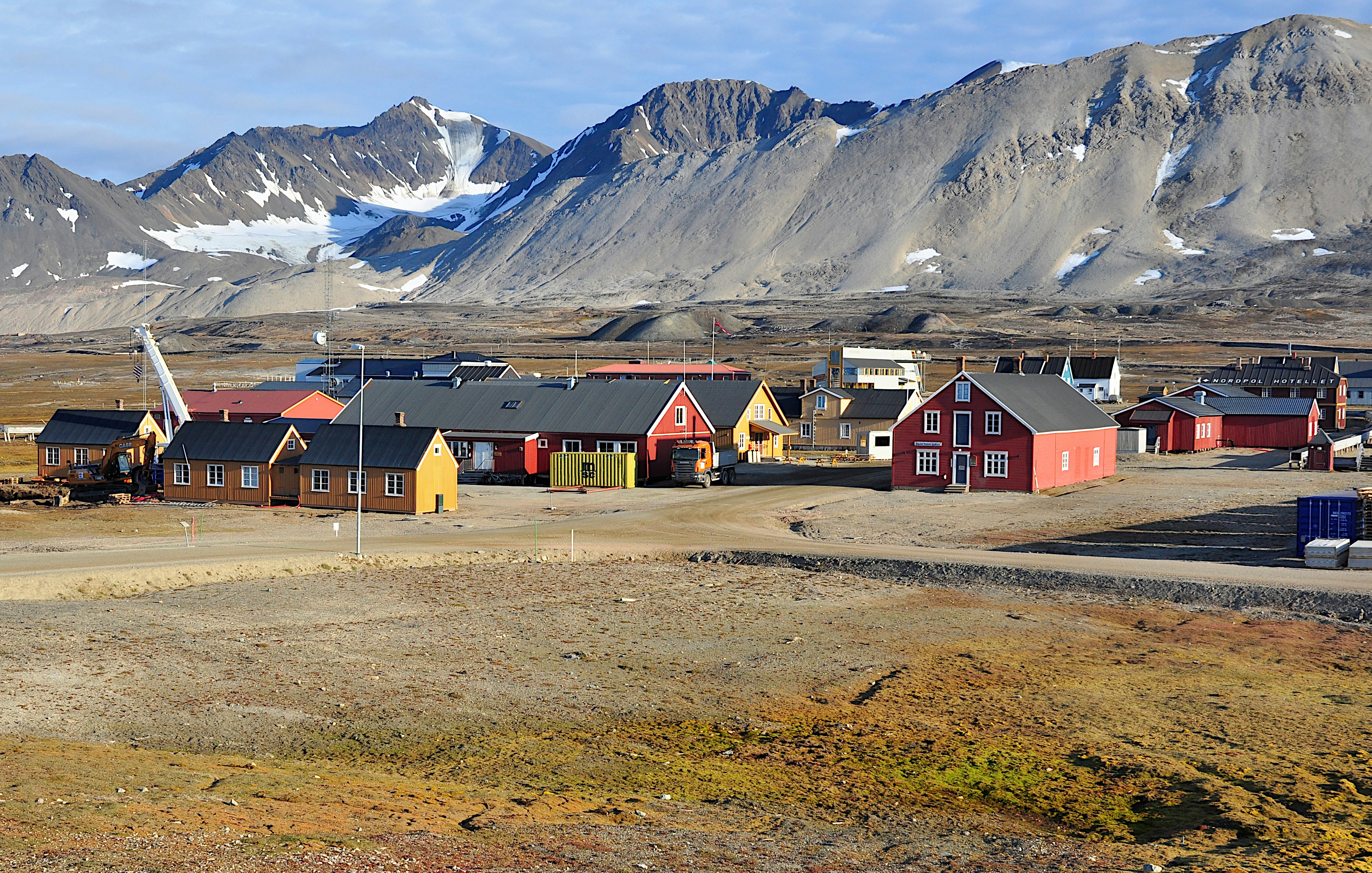
About Svalbard Archipelago
A flexible itinerary allows us to take advantage of favorable ice and weather conditions to travel through the northern stretches of Svalbard to points visited by famous polar explorers such as Andrée, Amundsen and Nobile. Destinations might include the narrow waterways and striking mountains of Krossfjord and Raudfjord. The ship may visit the historic settings of Ny Alesund, Ny London or Amsterdamoya. And of course, we hope to see distinctly Arctic wildlife from walrus hauled out in noisy groups on remote shorelines, to reindeer grazing alpine slopes, and from ptarmigan in their camouflaged hiding places, to mighty polar bears striding the shores in search of their next meal.



About Svalbard Archipelago
A flexible itinerary allows us to take advantage of favorable ice and weather conditions to travel through the northern stretches of Svalbard to points visited by famous polar explorers such as Andrée, Amundsen and Nobile. Destinations might include the narrow waterways and striking mountains of Krossfjord and Raudfjord. The ship may visit the historic settings of Ny Alesund, Ny London or Amsterdamoya. And of course, we hope to see distinctly Arctic wildlife from walrus hauled out in noisy groups on remote shorelines, to reindeer grazing alpine slopes, and from ptarmigan in their camouflaged hiding places, to mighty polar bears striding the shores in search of their next meal.



About Svalbard Archipelago
A flexible itinerary allows us to take advantage of favorable ice and weather conditions to travel through the northern stretches of Svalbard to points visited by famous polar explorers such as Andrée, Amundsen and Nobile. Destinations might include the narrow waterways and striking mountains of Krossfjord and Raudfjord. The ship may visit the historic settings of Ny Alesund, Ny London or Amsterdamoya. And of course, we hope to see distinctly Arctic wildlife from walrus hauled out in noisy groups on remote shorelines, to reindeer grazing alpine slopes, and from ptarmigan in their camouflaged hiding places, to mighty polar bears striding the shores in search of their next meal.



About Bear Island
Almost half way between Tromsø and Svalbard is isolated Bear Island – considered the southernmost island of the Svalbard Archipelago. The unglaciated island is an impressive Nature Reserve of steep, high cliffs that are frequented by seabirds, specifically at the southern tip. Brünnich’s Guillemots, Common Guillemots, Black Guillemots, Razorbills, Little Auks, Northern Fulmars, Glaucous Gulls, Black-legged Kittiwakes, and even Atlantic Puffins and Northern Gannets nest along the cliffs south of Sørhamna. Because of the large numbers of birds and the isolated location, Bear Island has been recognized as an Important Bird Area. It was once a hotspot for whaling and walrus hunting, and at one stage even mining. Bear Island received its name because of a polar bear encountered by early explorer Willem Barentsz. Today polar bears rarely visit the island and its only settlement is a meteorological station manned all-year round on the north side.
About Skarsvåg
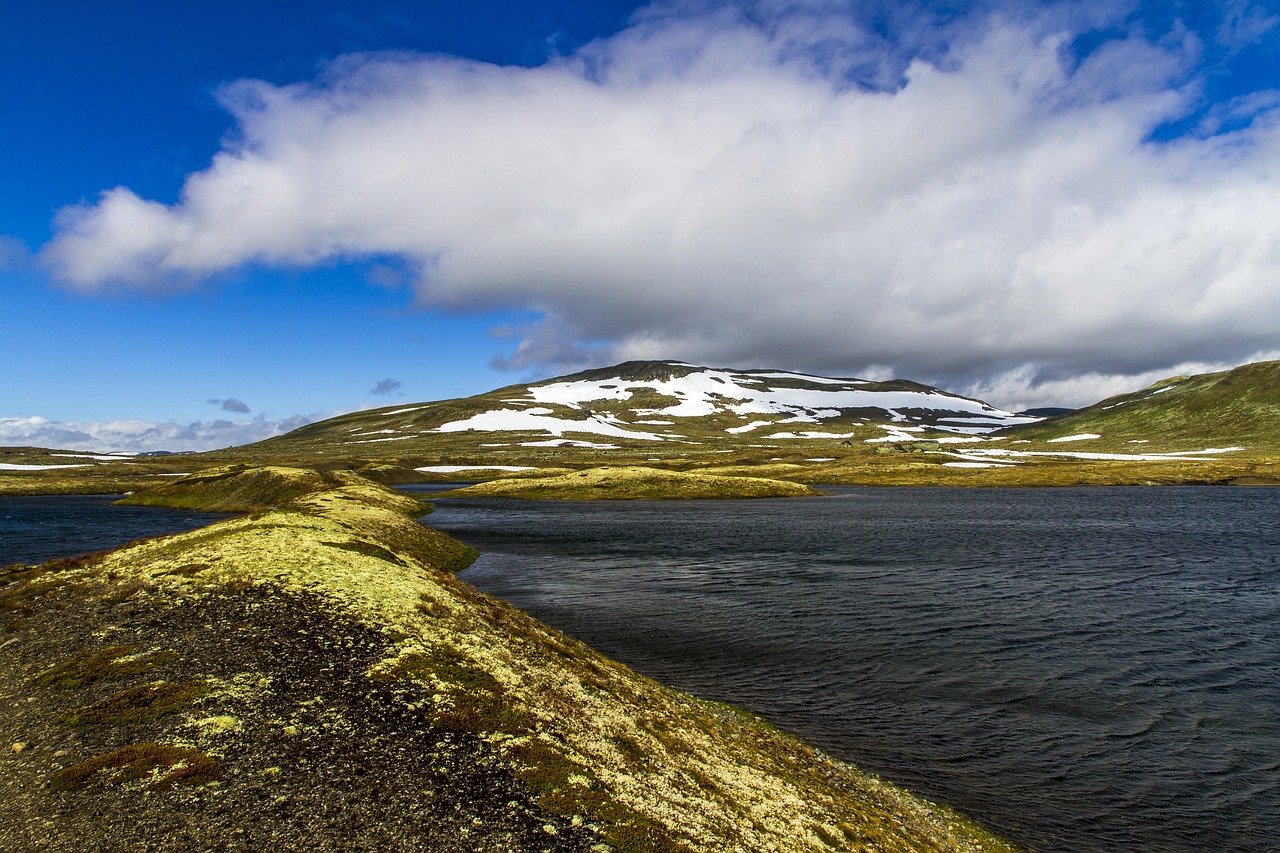
About Tromsø
With its centre located on the island of Tromsø, the municipality of Tromsø is more than five times the size of Norway’s capital, Oslo, and is the world’s northernmost university city. Lying 200 miles inside the Arctic Circle, it is known as the 'Gateway to the Arctic' because it was used as a starting point for hunters looking for Arctic foxes, polar bears and seals. In the 19th century it was a base for explorers on Arctic expeditions – a history that is remembered in the city’s Polar Museum, which you can visit on an excursion. Also commemorated in the area is the history of Norway’s indigenous people, the Sami. Visitors can learn about the traditions, heritage and modern preservation of the Sami culture at the Tromsø Museum. Nowadays, Tromsø is a charming mix of old and new, with wooden buildings sitting alongside contemporary architecture such as the impressive glacier-like Arctic Cathedral, which features one of the largest stained glass windows in Europe. Looking down on the city is Mount Storsteinen, and a cable car runs to the top, giving wonderful views over the surrounding countryside of forested peaks and reindeer pastures.

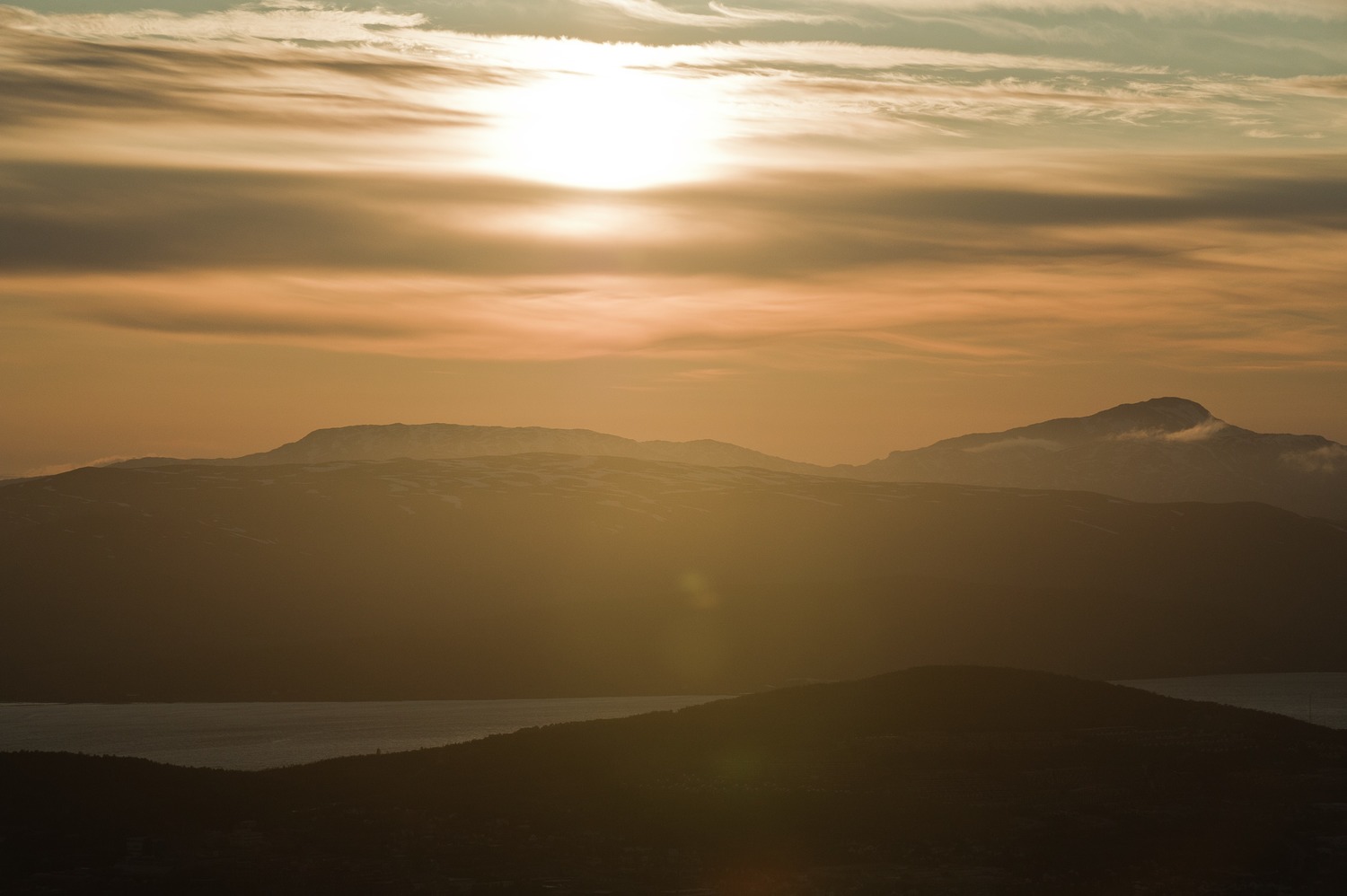
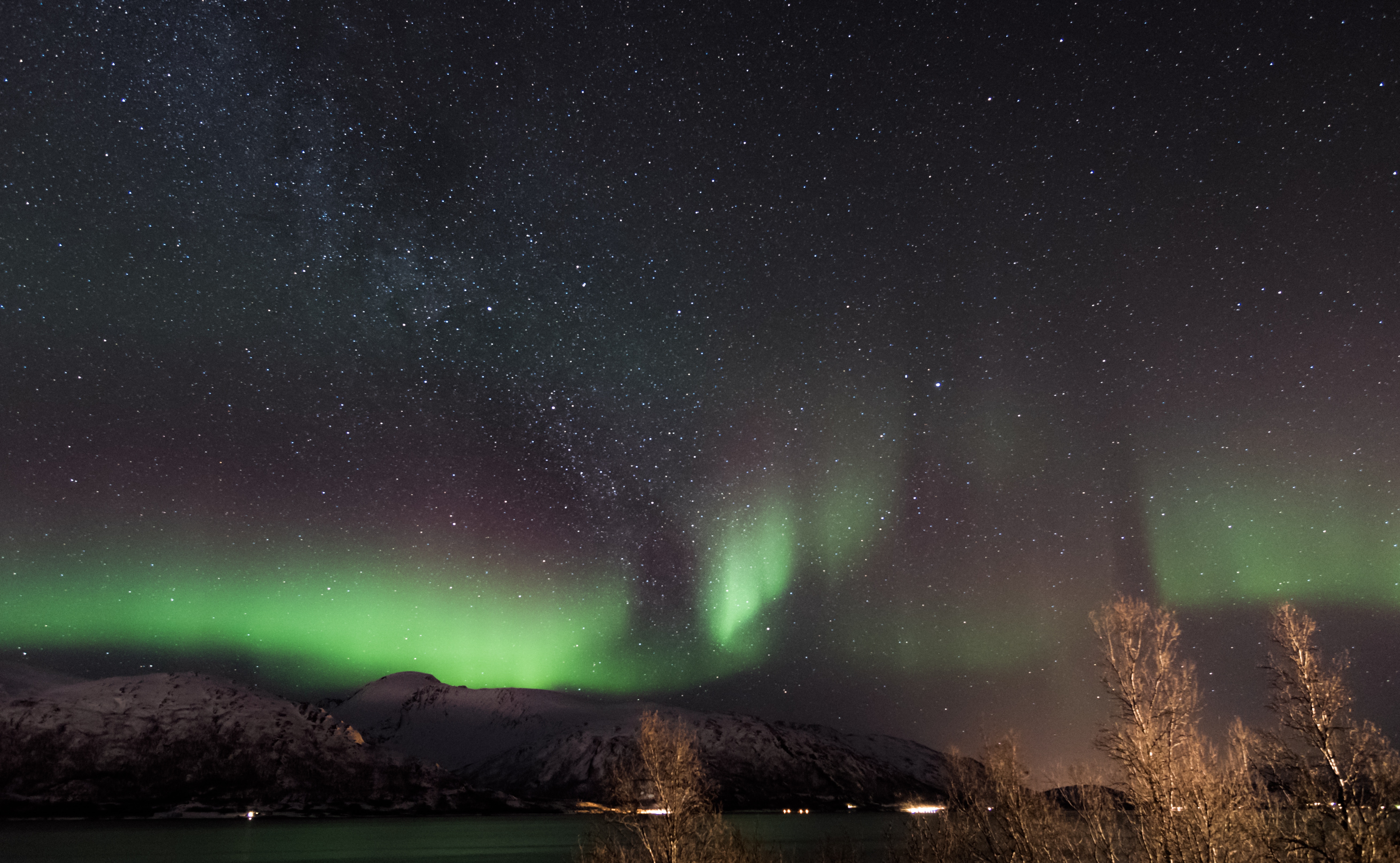
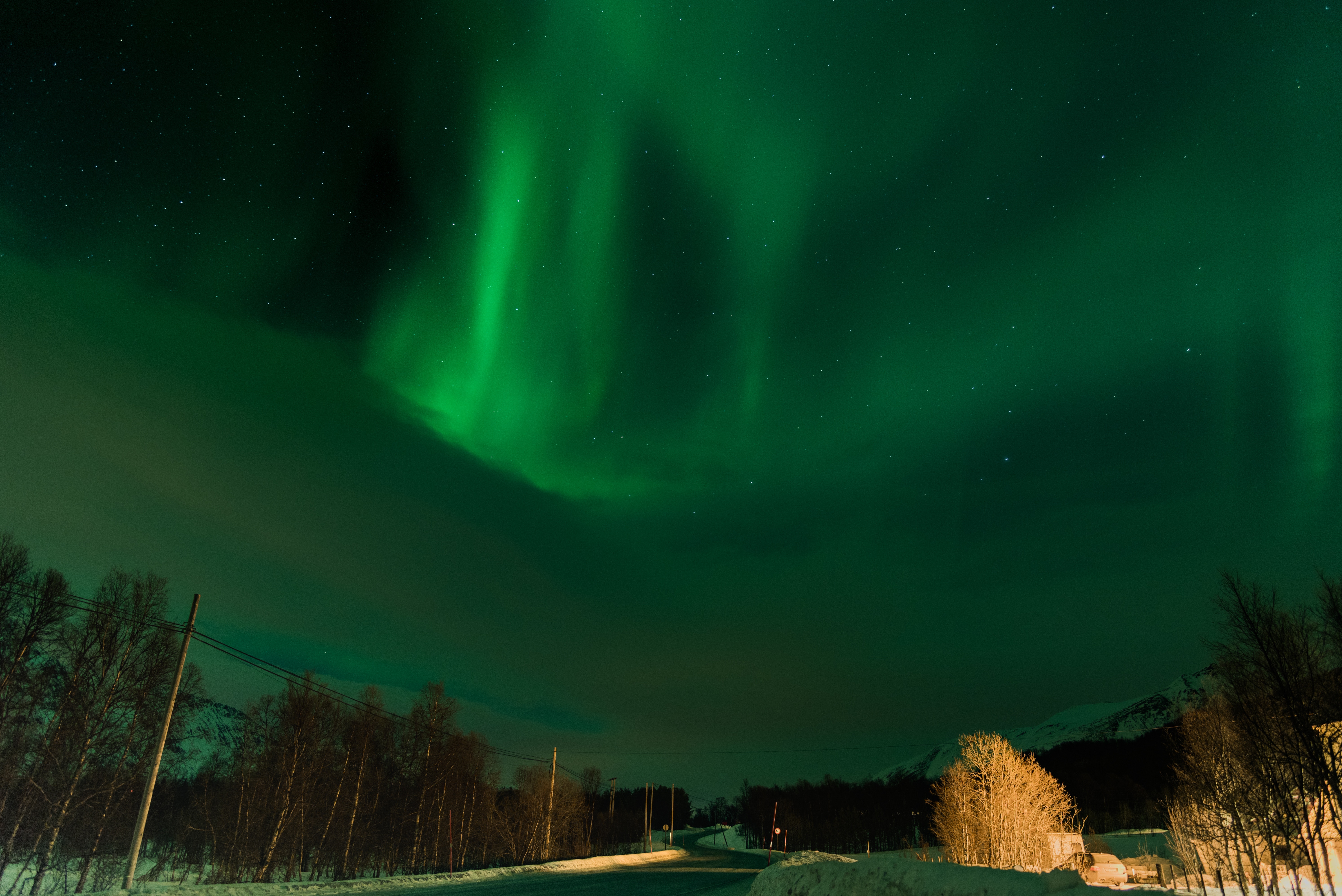
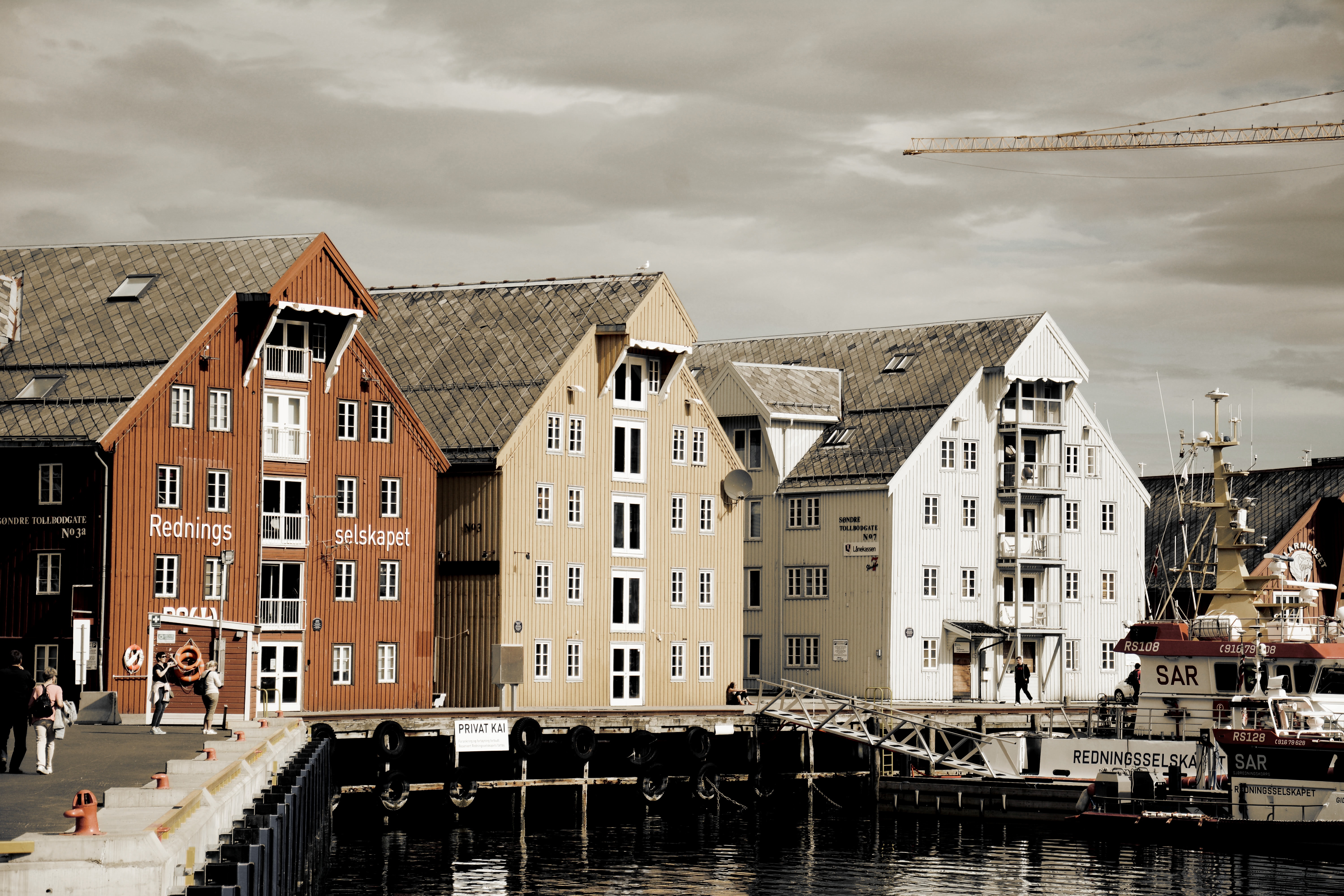
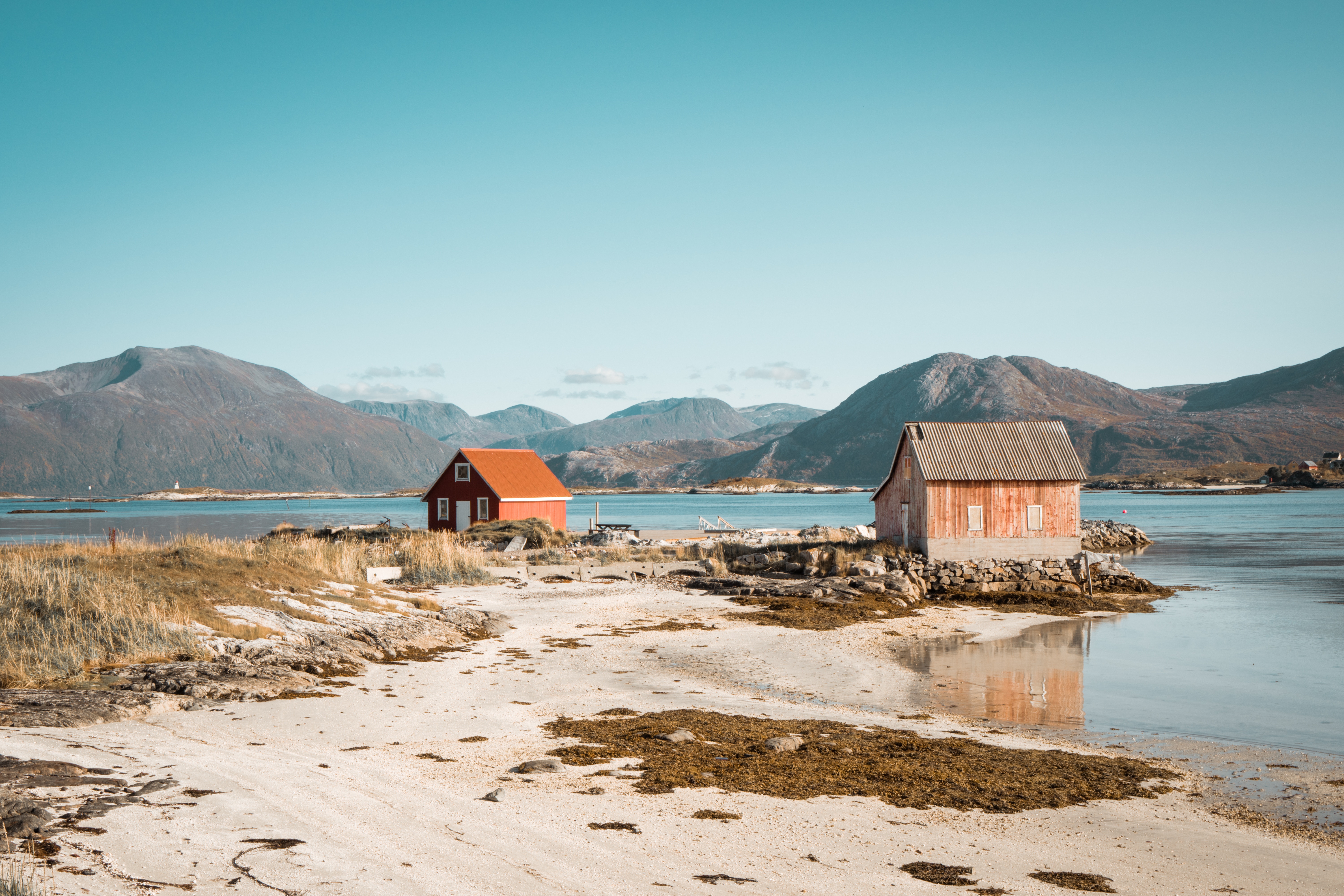
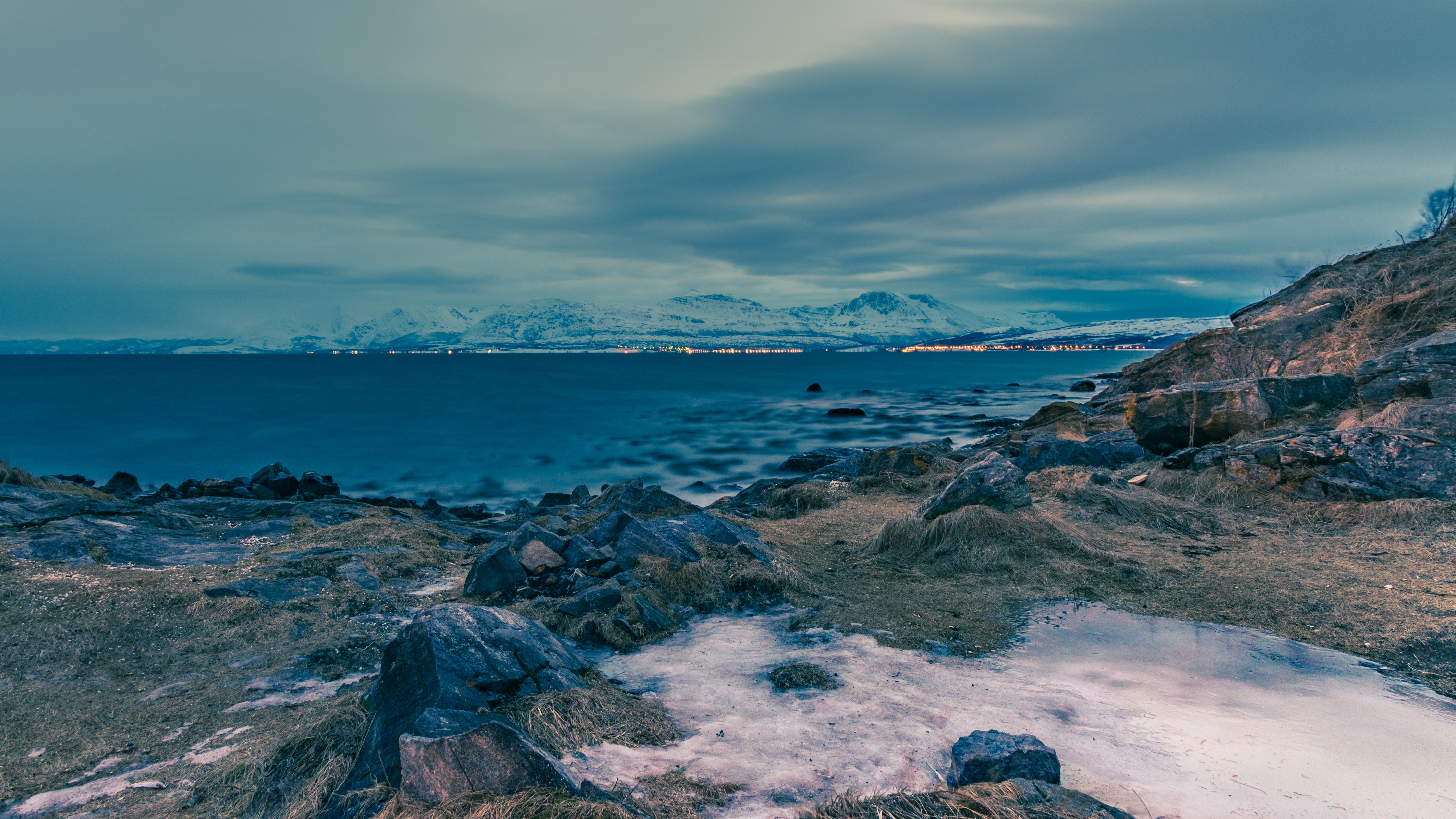
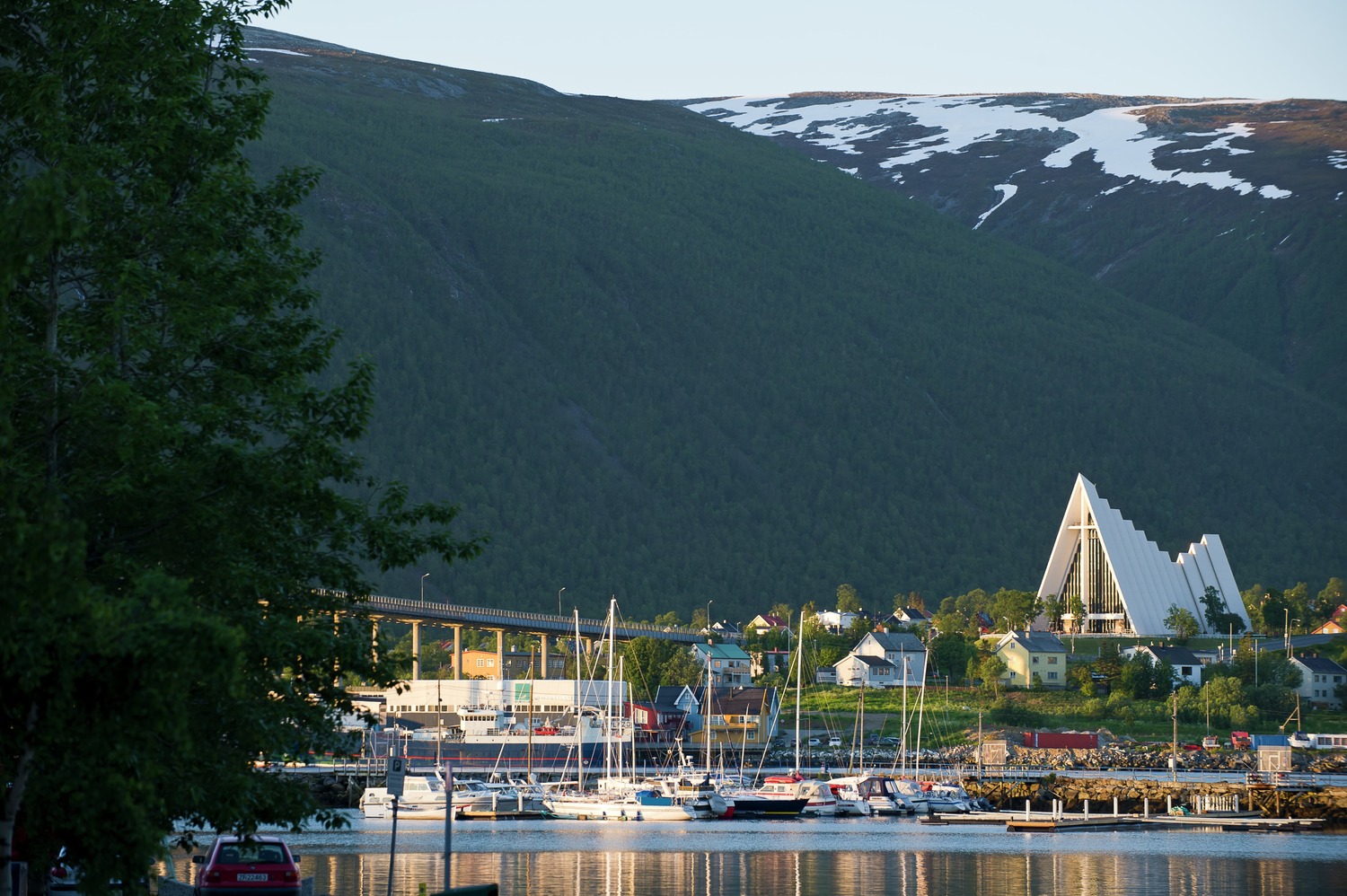
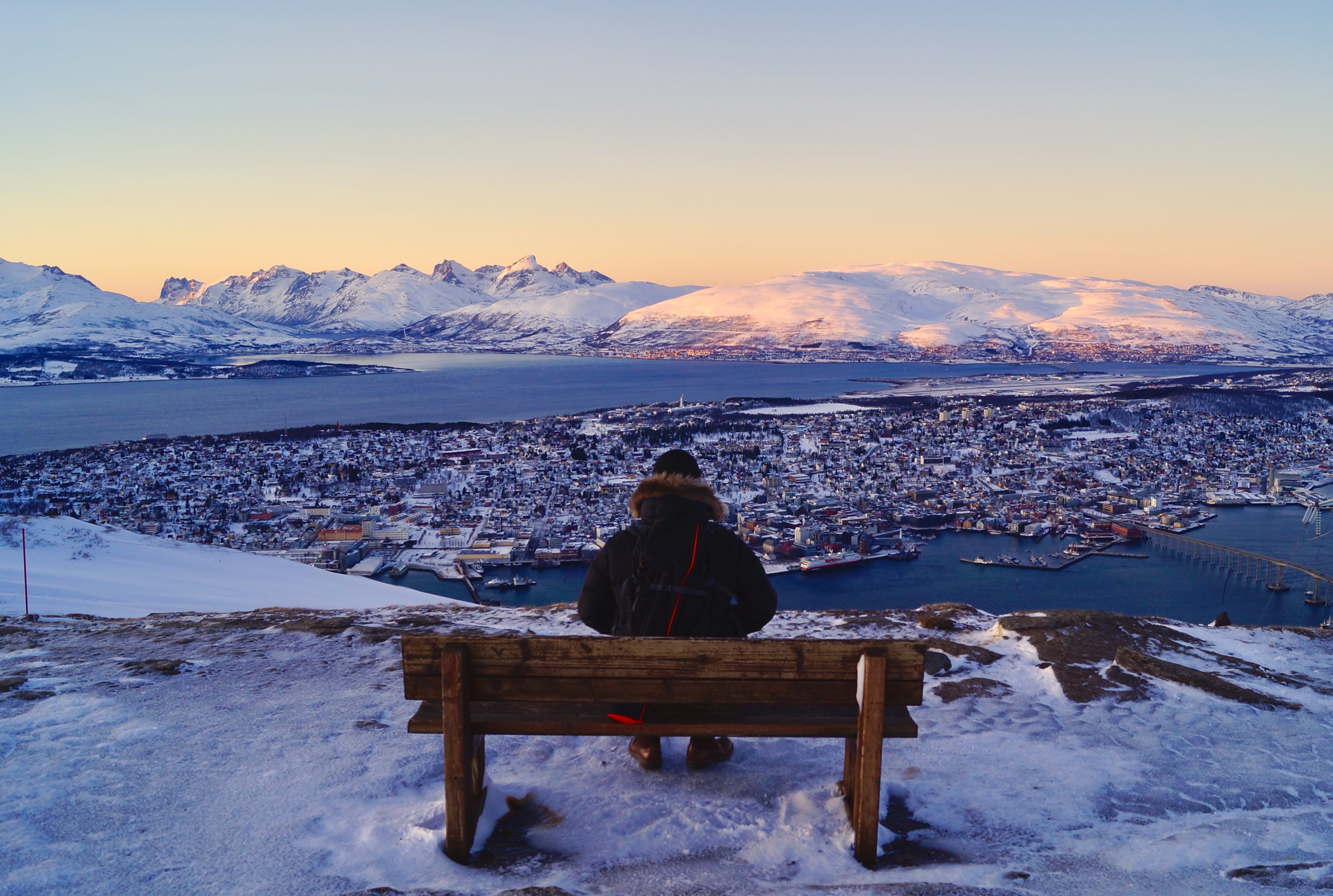
Supremely spacious and superbly located, the Owner’s Suite is the most luxurious suite on board. Located in the premium bow position on deck 7, the Owner’s Suite offers amazing destination immersion, thanks its enormous surrounding balcony and incredible views from all indoor areas. The large living room, separate dining area, and well-stocked bar are perfect for sharing a moment with like-minded travelers while the luxurious and well-appointed bedrooms ensure supreme comfort any time of the day or night.
One bedroom: 173.5 sq m including veranda (69 sq m)
The main bedroom has a large walk-in wardrobe with a personal safe and a bathroom with a double vanity, walk-in shower, and whirlpool bath.
The second bedroom has a separate wardrobe and a bathroom with a walk-in shower.
Images are intended as a general reference. Features, materials, finishes and layout may be different than shown.
Essentials
- Deck(s): 7
- Section: Forward, Starboard
Characteristics
- Large Veranda with floor-to-ceiling glass doors
- Separate dining area
- Living room with sitting area
- Double vanity
- Walk-in shower
- Whirlpool bath
- Walk-in wardrobe with personal safe
Furniture
- Twin beds or king-size bed
- Writing desk
- Luxury bed mattresses
Media & Communication
- Unlimited Premium Wi-Fi
- 3 large flat screen TVs with Interactive Media Library
- Sound system with bluetooth connectivity
- Direct dial telephone
- Wall mounted USB-C mobile device chargers
Onboard Services
- Butler service
- Complimentary laundry, pressing & wet cleaning
- Dinner for two in La Dame, one evening per voyage,
- Two hours of worldwide phone use, per voyage segment
- Champagne on arrival
Amenities
- Espresso machine
- Pillow menu
- Refrigerator and bar setup stocked with your preferences
- Plush bathrobe
- Luxury bath amenities
- Umbrella
- Hair Dryer
- Slippers
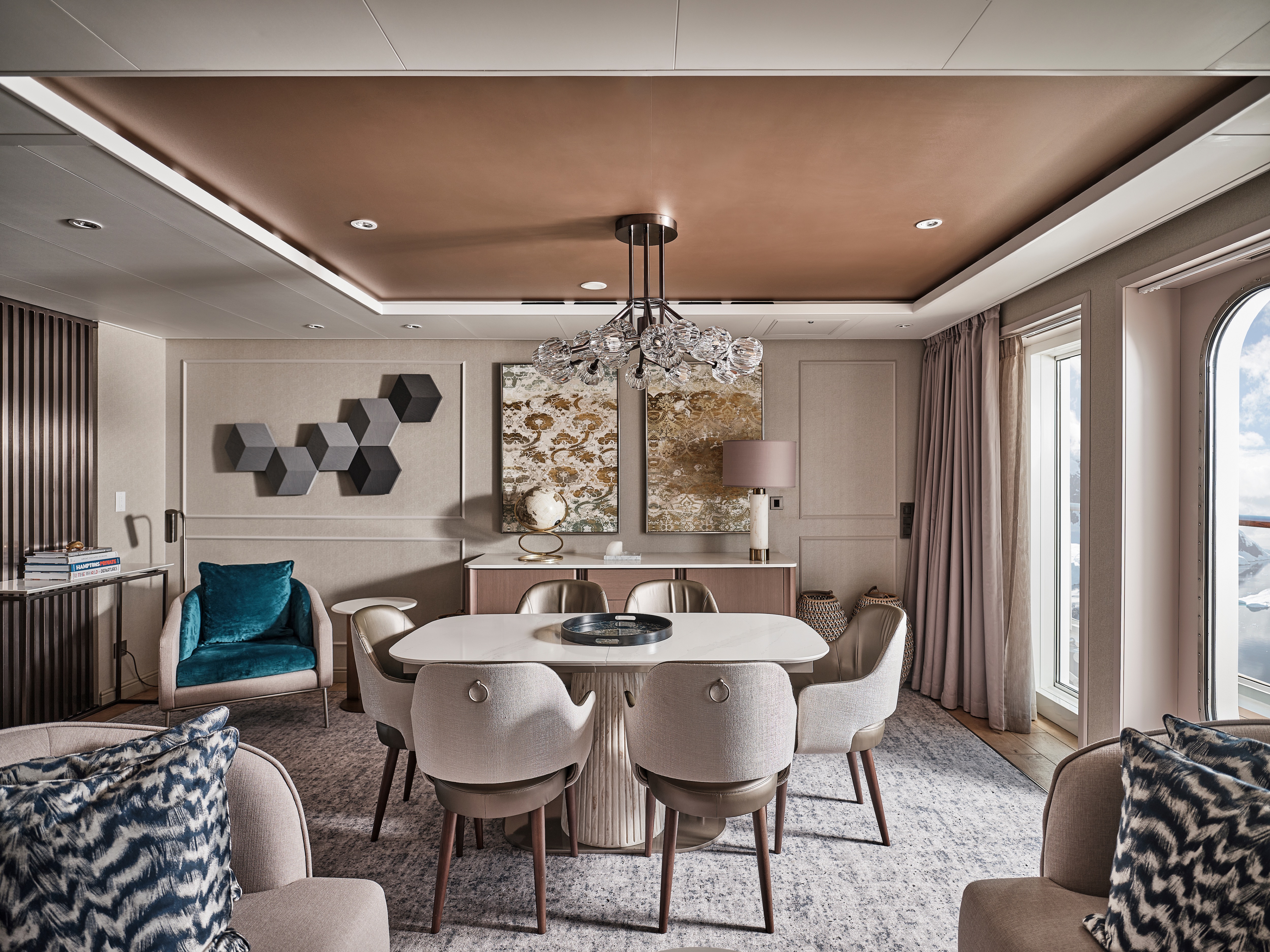
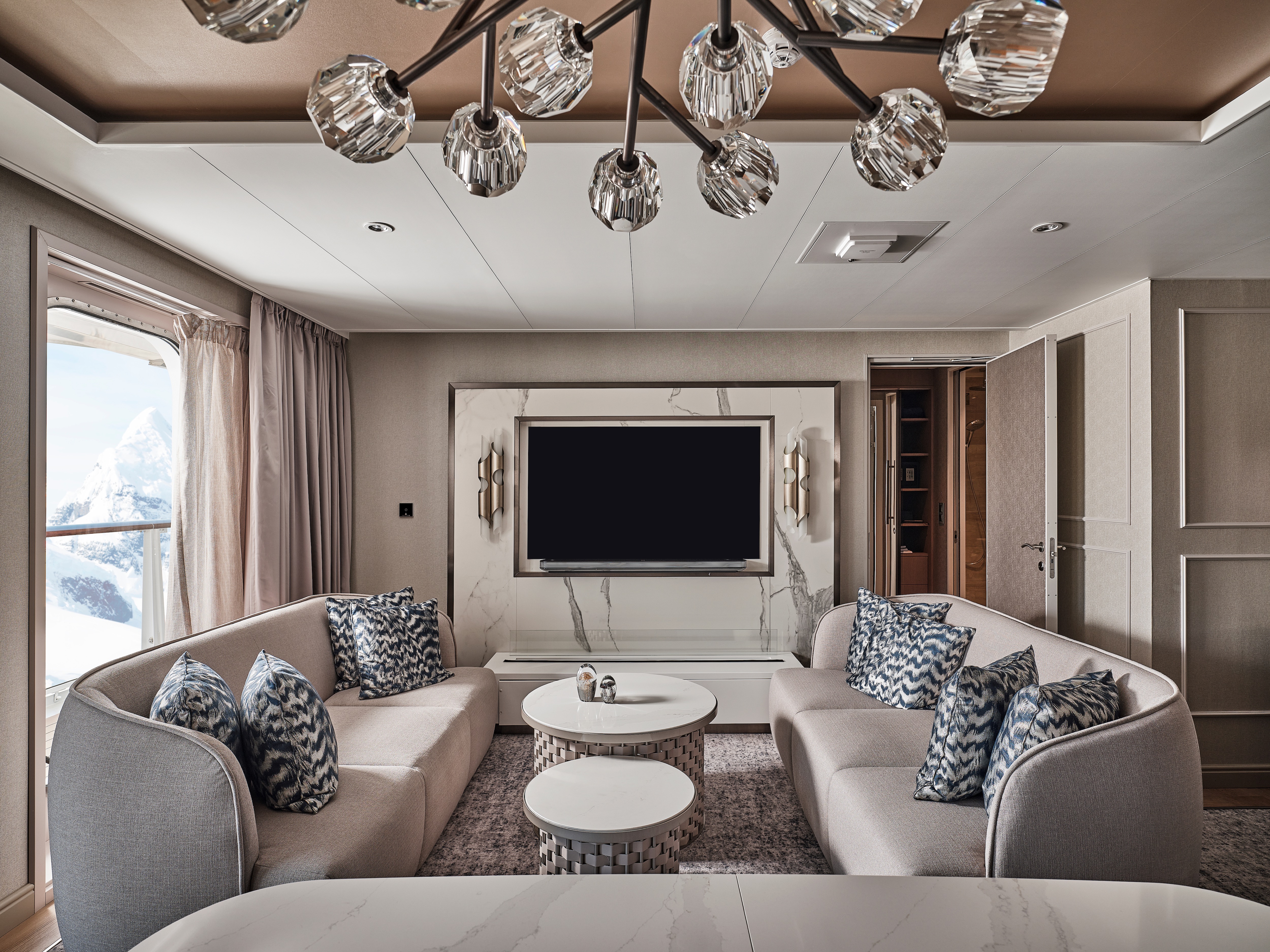
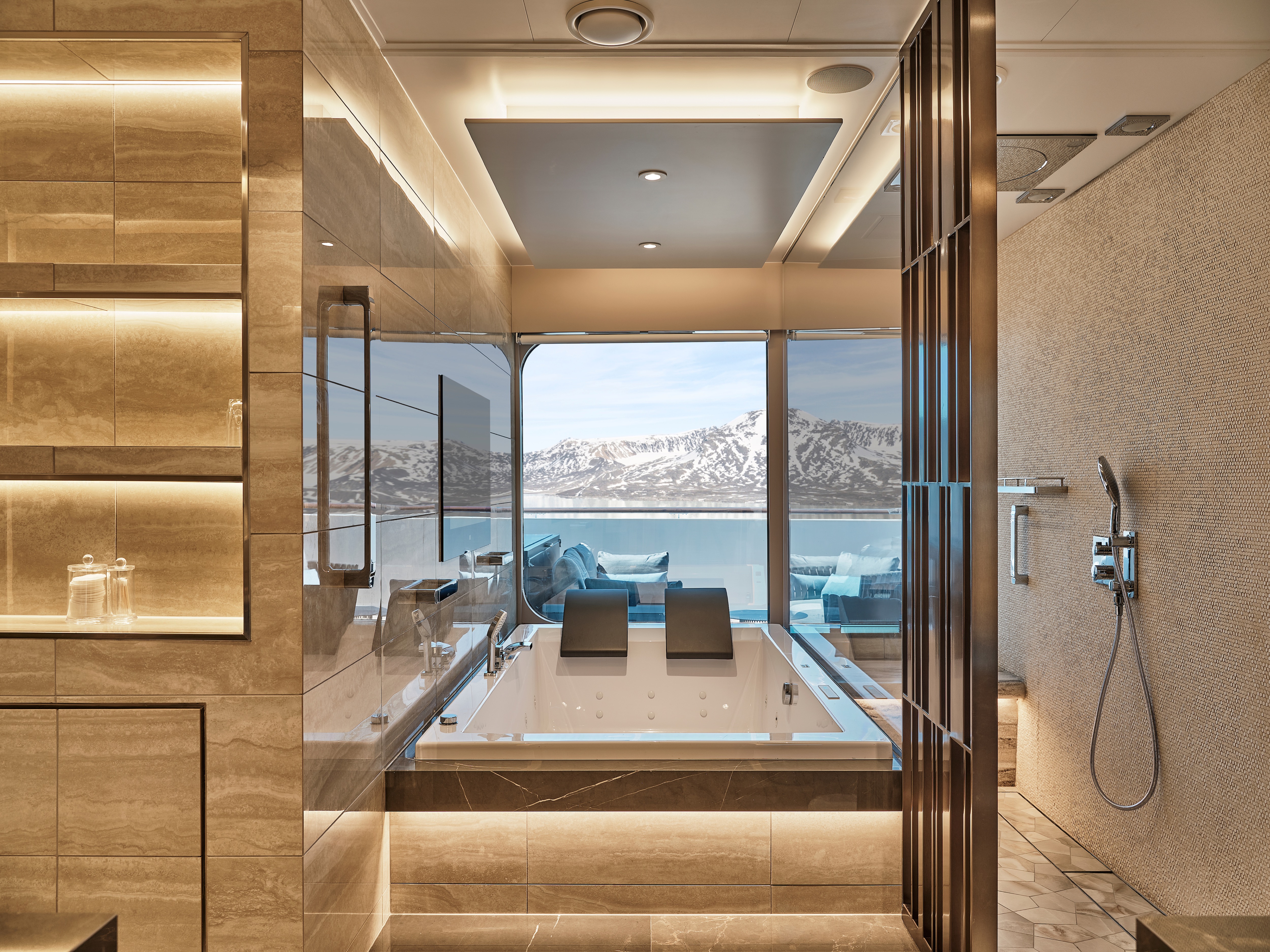
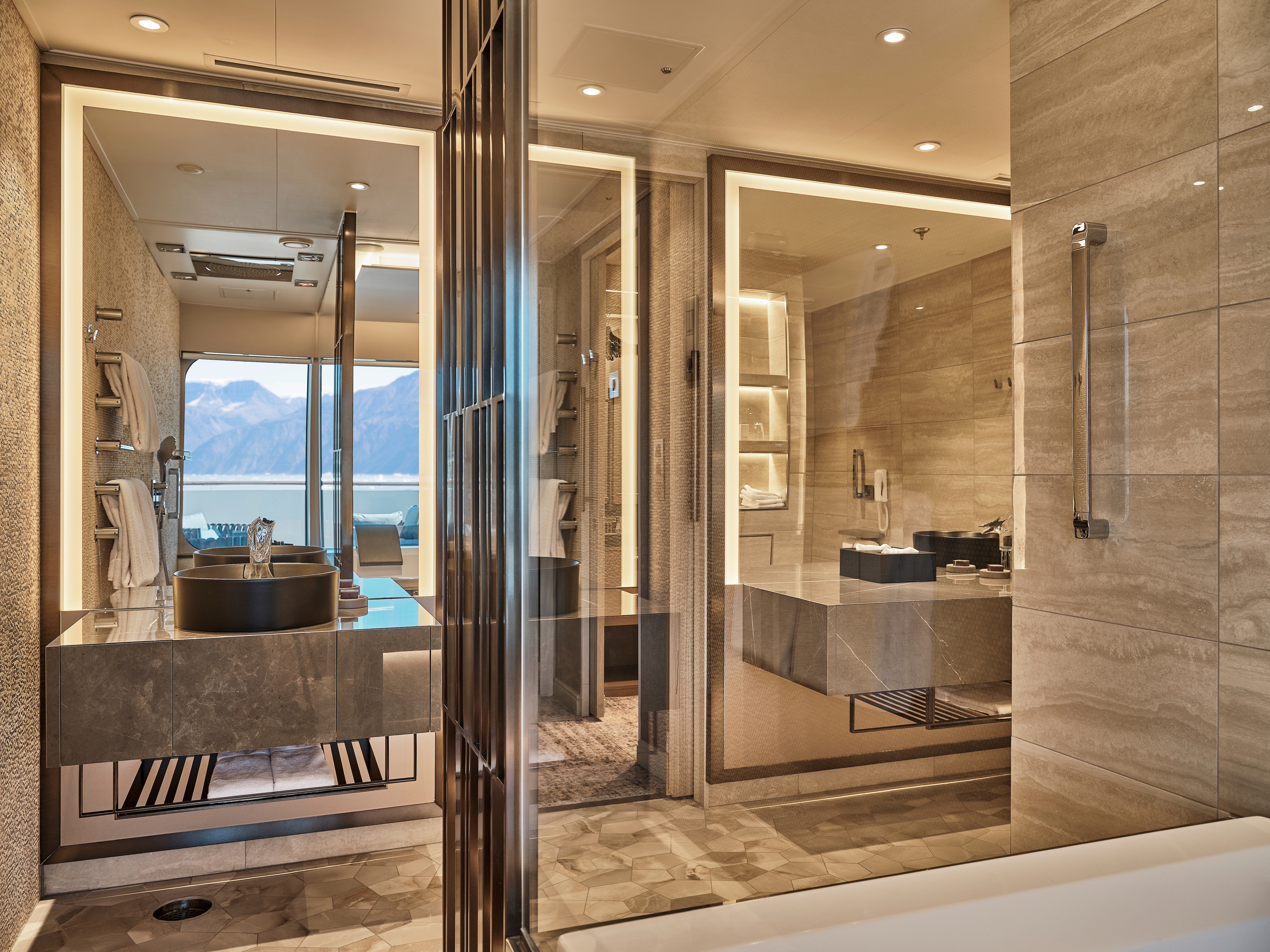
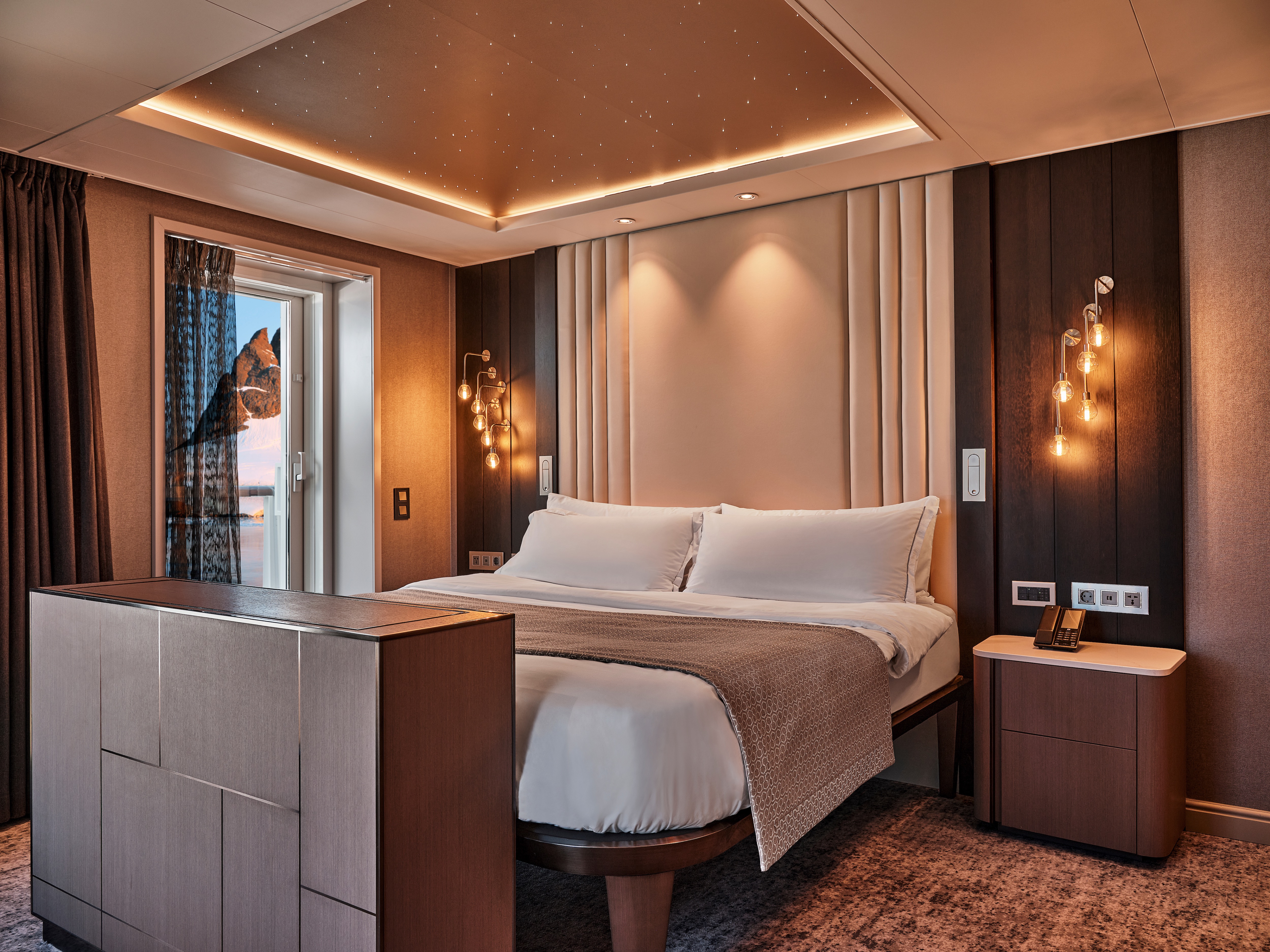
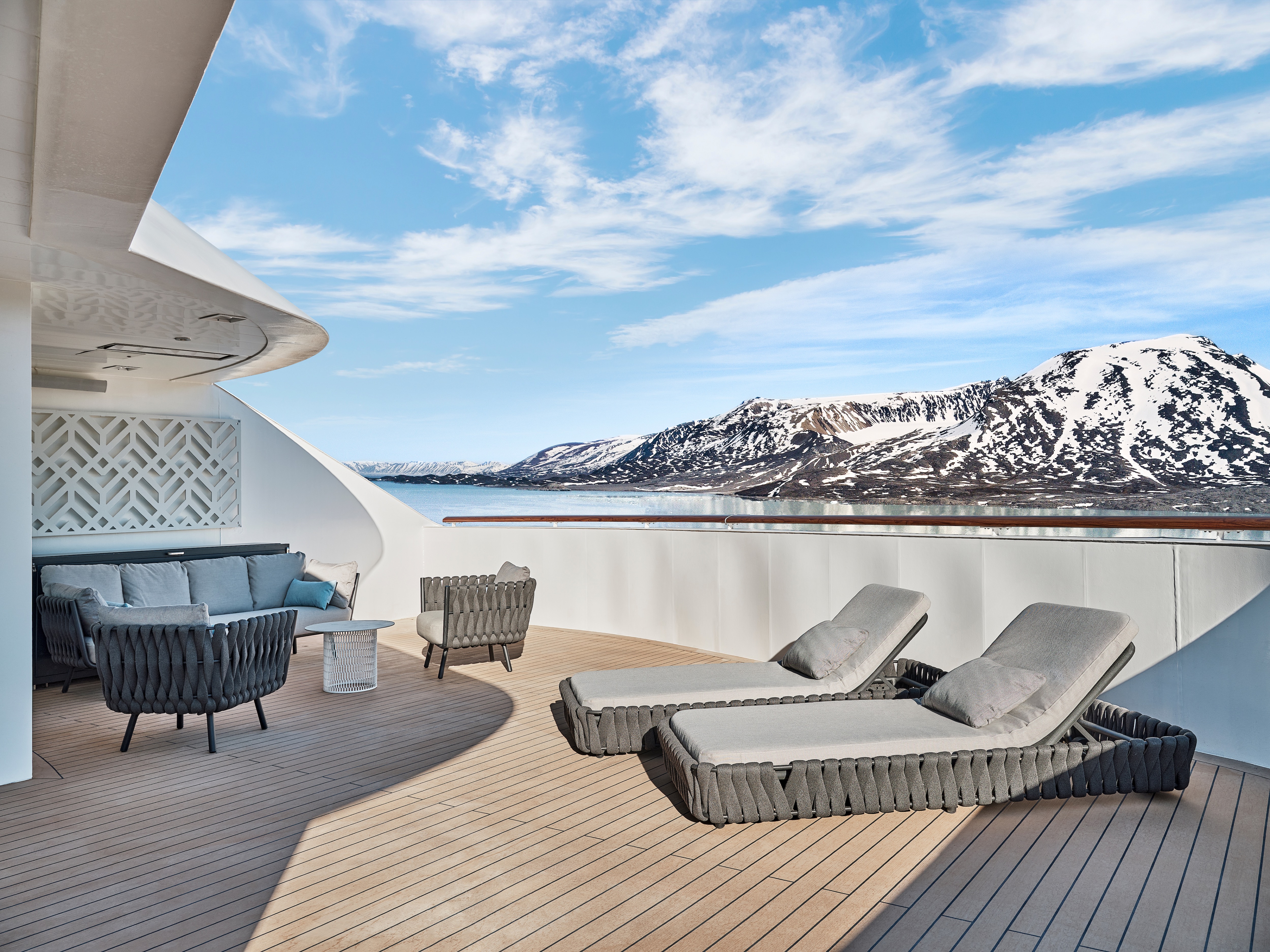
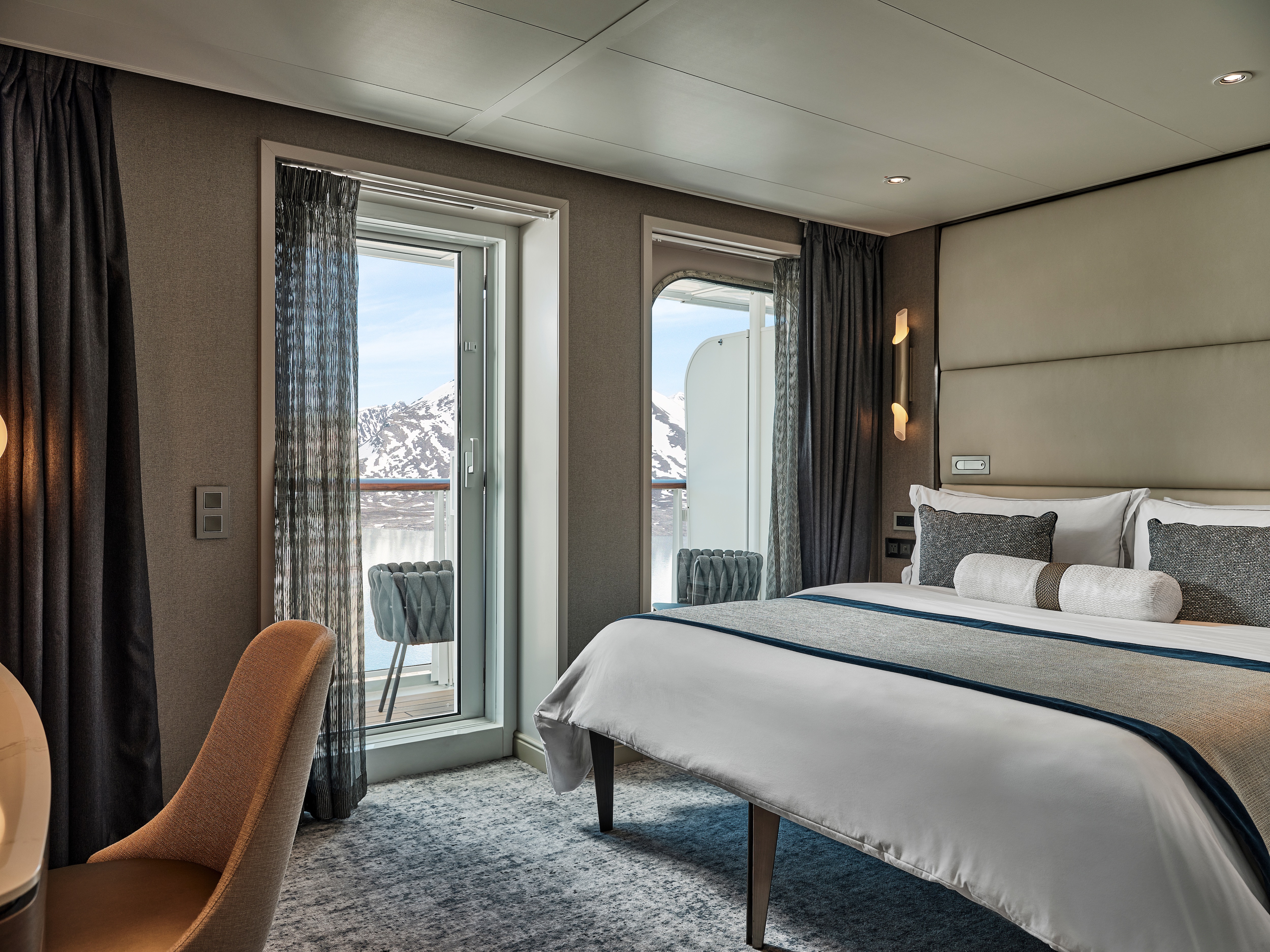
The Grand Suite is one of the most luxurious and spacious suites on board Silver Endeavour. It guarantees sweeping views of your destination thanks to its large balcony. A spacious interior includes a large living room, separate dining area, and large bedroom with a big walk-in wardrobe. A luxurious bathroom includes a double vanity, whirlpool bath, and walk-in shower. In addition, the Grand Suite also includes a small, second bedroom able to accommodate a third berth.
One bedroom: 155 sq m including veranda (64 sq m)
Two bedrooms: 188.1 sq m including veranda (69 sq m)
A third guest can be accommodated in an additional single-bed bedroom.
Images are intended as a general reference. Features, materials, finishes and layout may be different than shown.
Essentials
- Deck(s): 7
- Section: Forward, Port
Characteristics
- Large Veranda with floor-to-ceiling glass doors
- Separate dining area
- Living room with sitting area
- Double vanity
- Walk-in shower
- Whirlpool bath
- Walk-in wardrobe with personal safe
Furniture
- Twin beds or king-size bed and a single bed in additional bedroom
- Writing desk
- Vanity table
- Luxury bed mattresses
Media & Communication
- Unlimited Premium Wi-Fi
- 2 large flat screen TVs with Interactive Media Library
- Sound system with bluetooth connectivity
- Direct dial telephone
- Wall mounted USB-C mobile device chargers
Onboard Services
- Butler service
- Complimentary laundry, pressing & wet cleaning
- Dinner for two in La Dame, one evening per voyage,
- Two hours of worldwide phone use, per voyage segment
- Champagne on arrival
Amenities
- Espresso machine
- Pillow menu
- Refrigerator and bar setup stocked with your preferences
- Plush bathrobe
- Luxury bath amenities
- Umbrella
- Hair Dryer
- Slippers
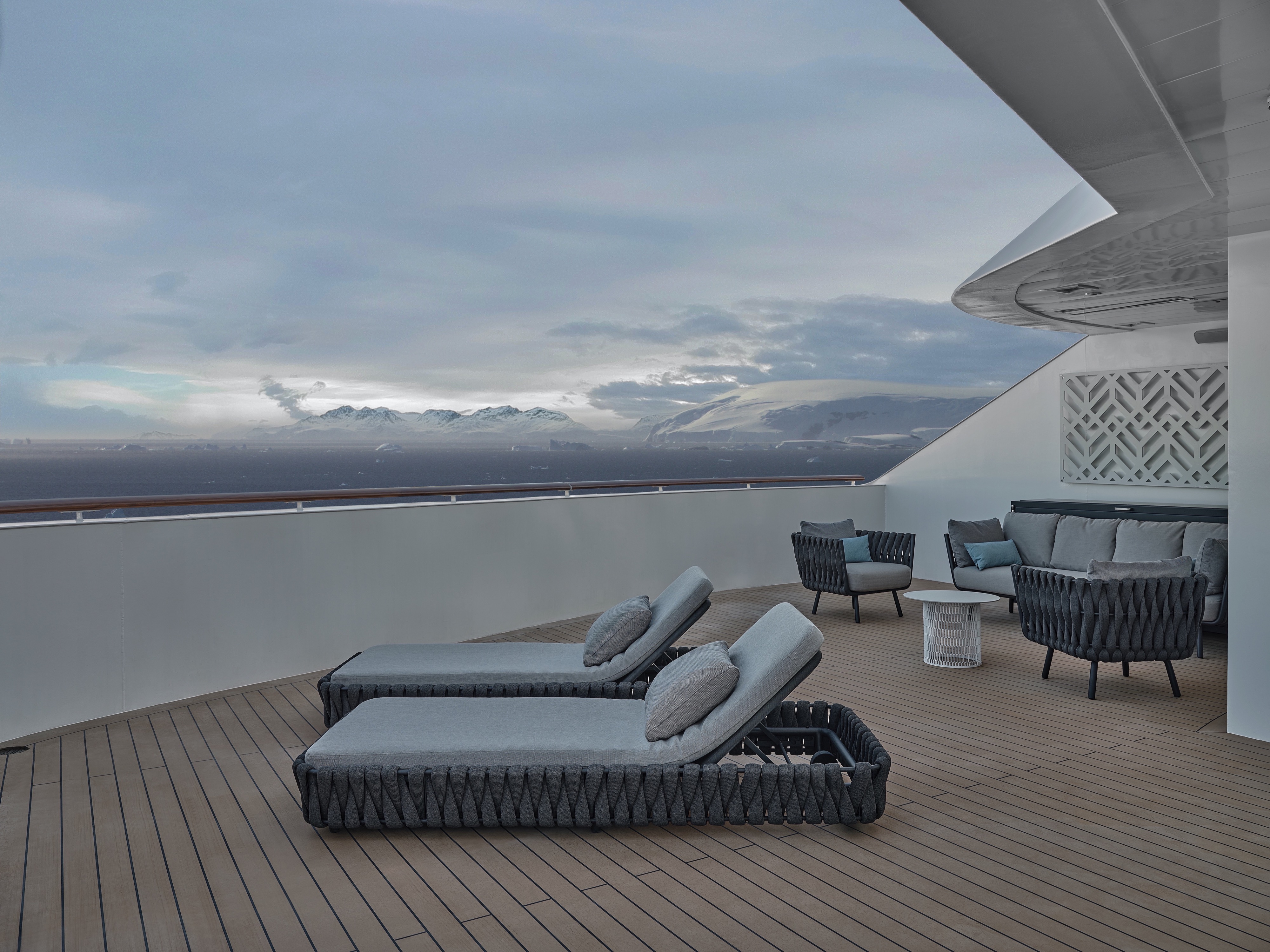
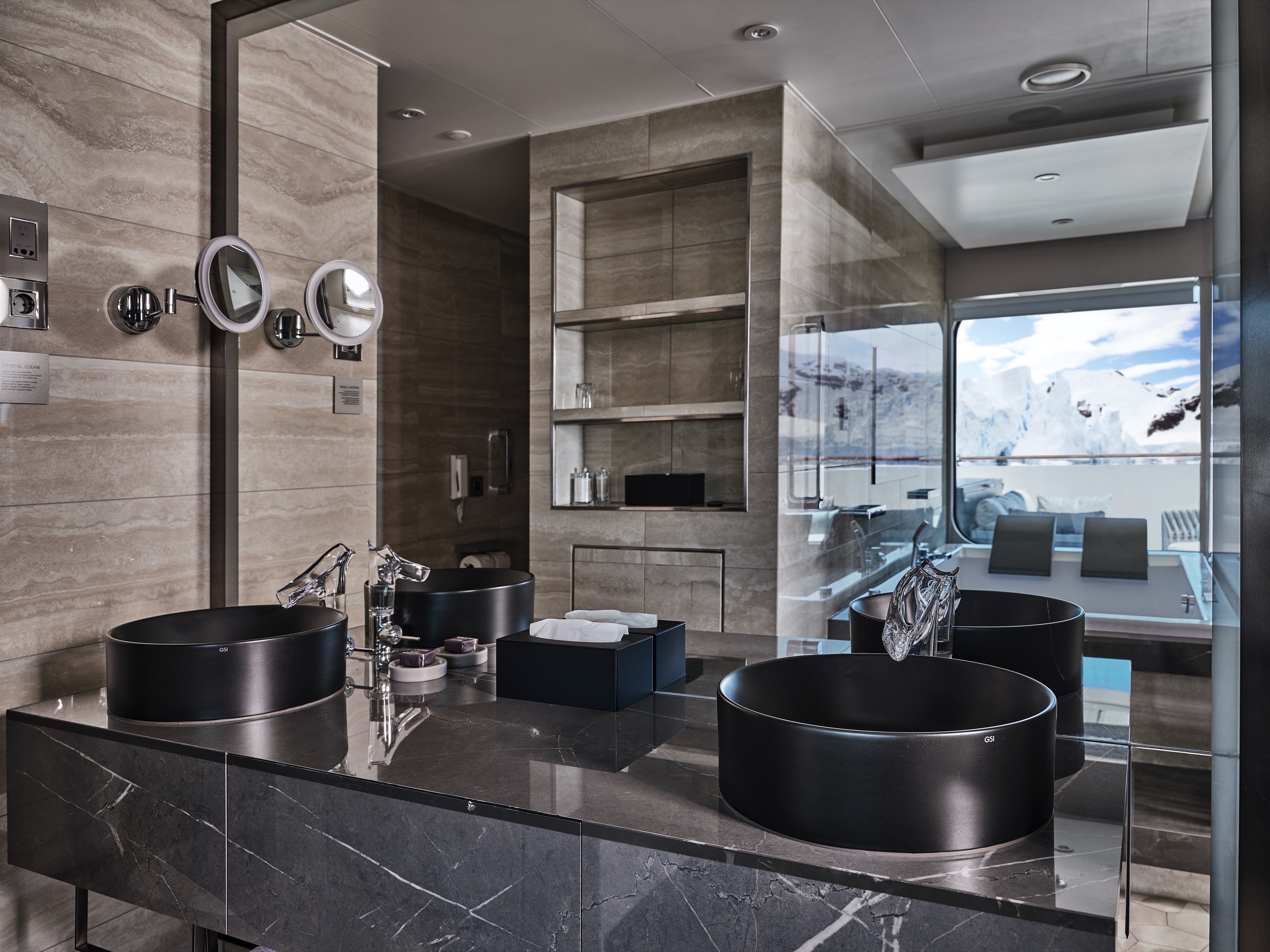
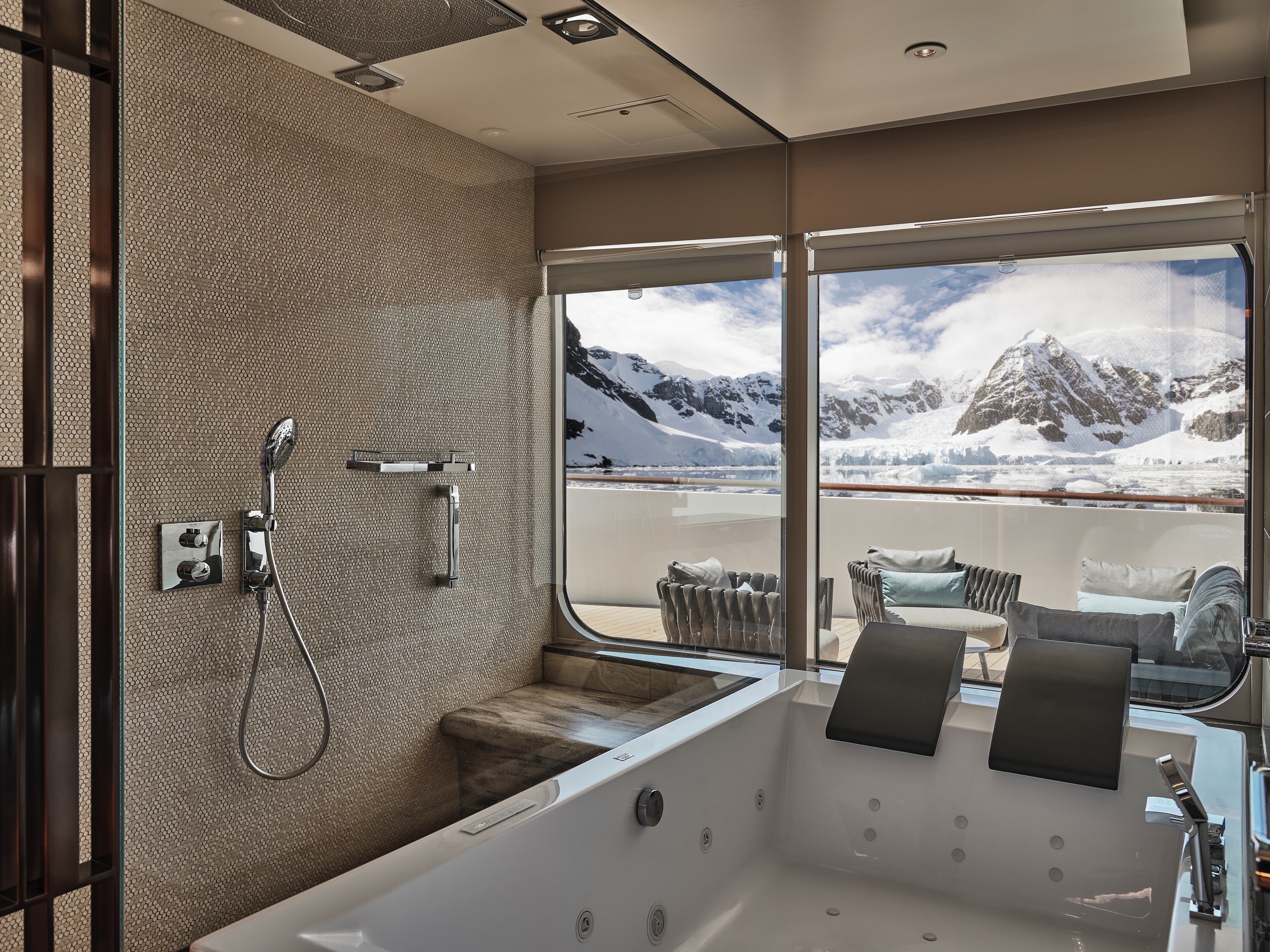
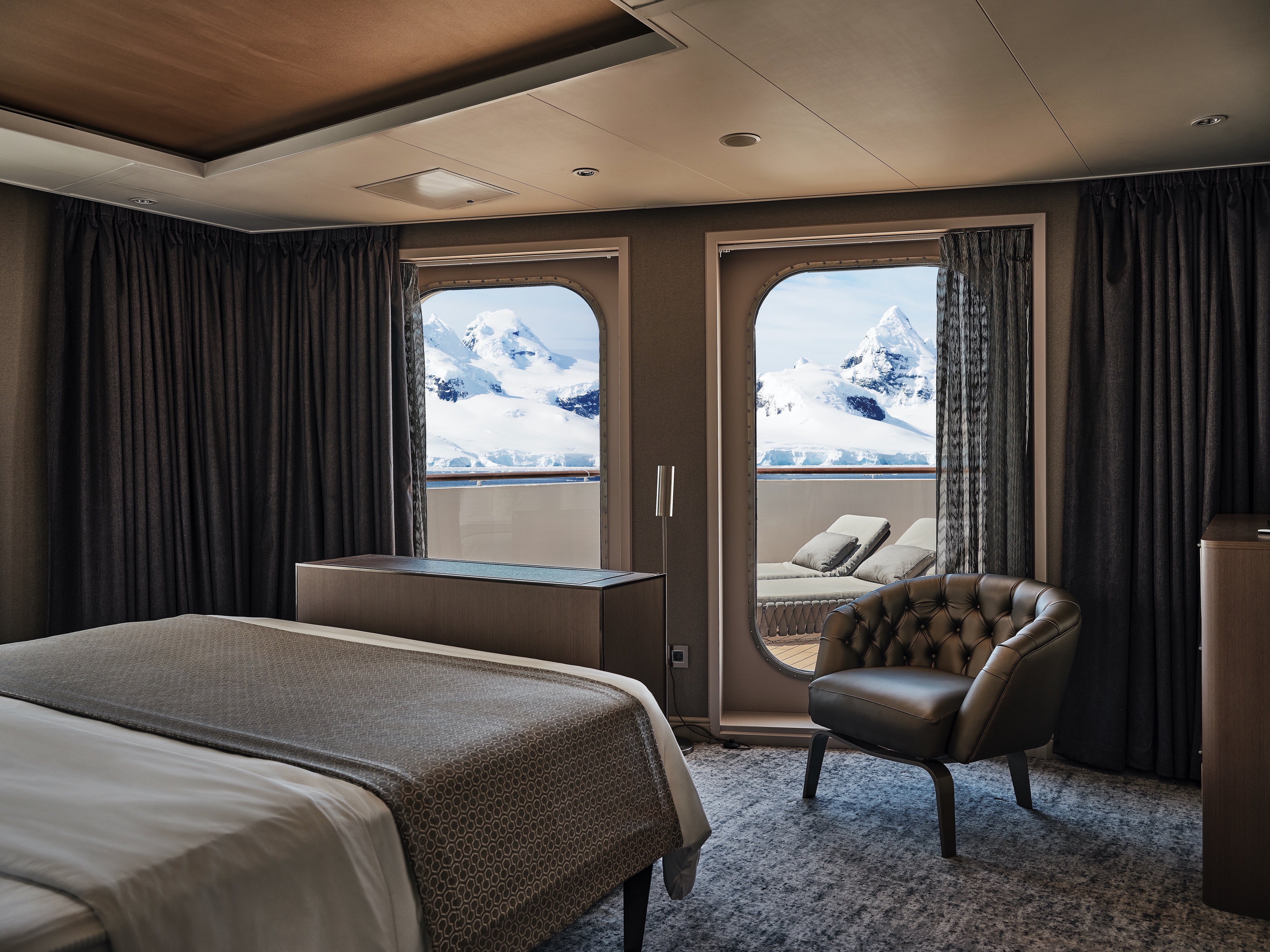
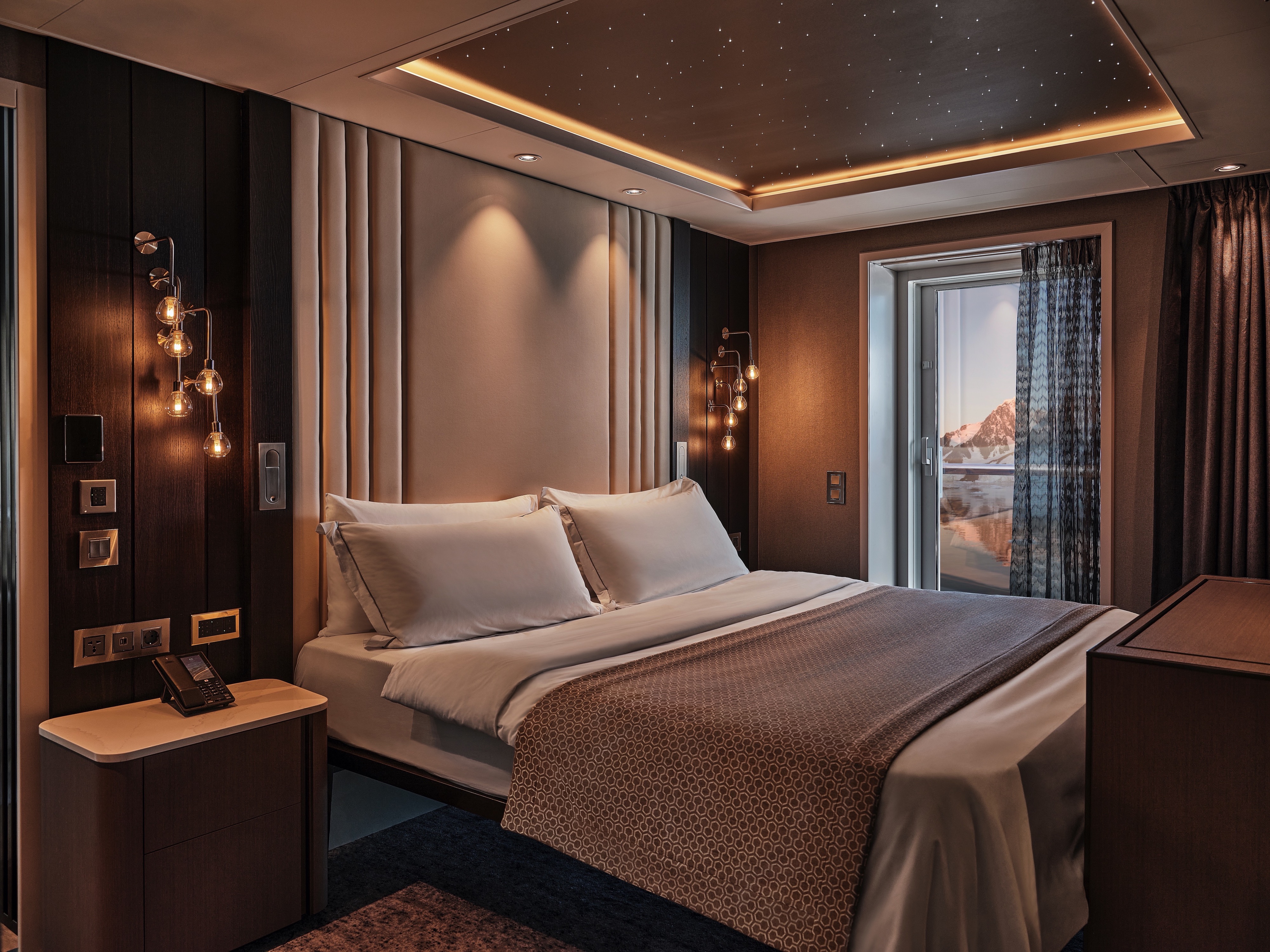
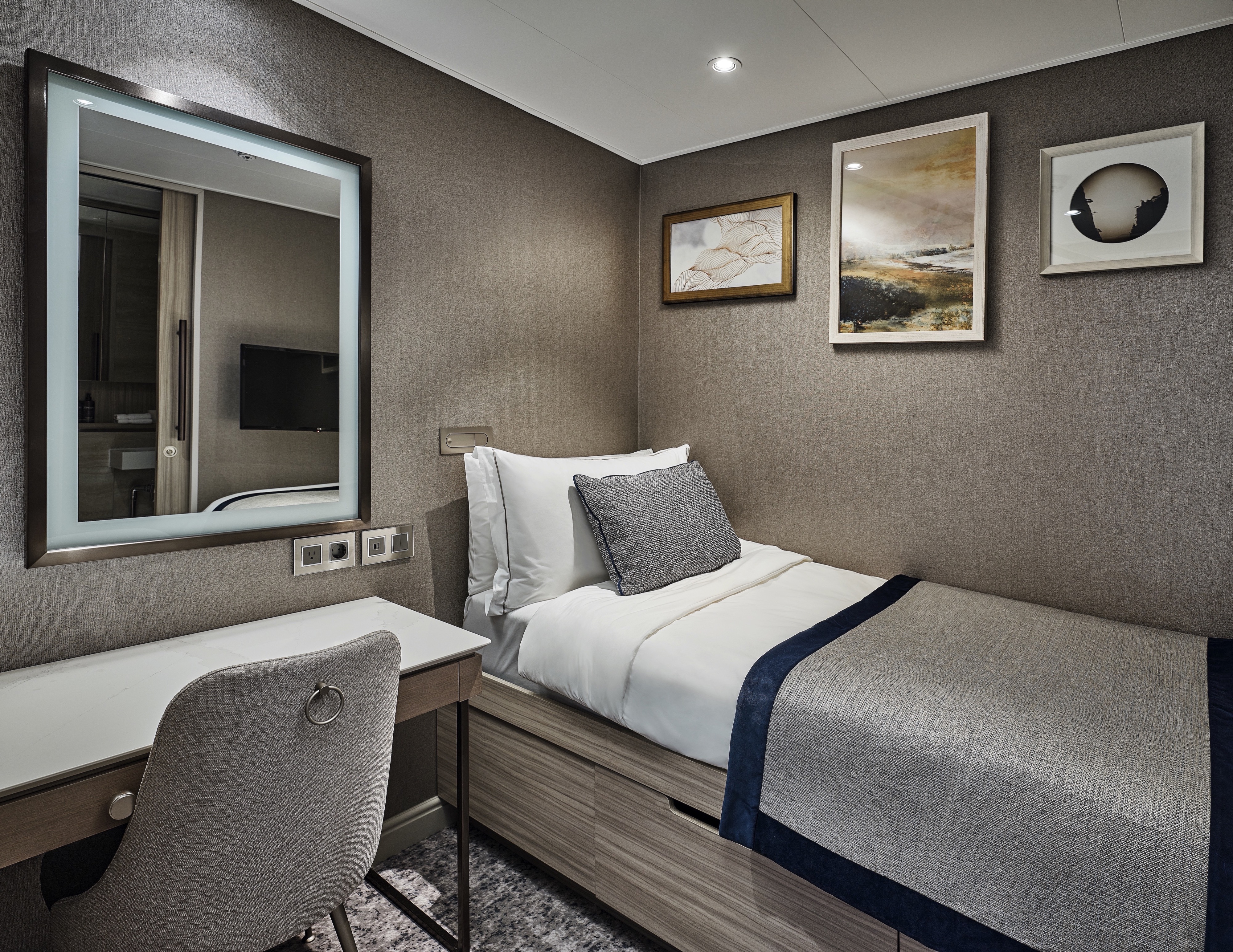
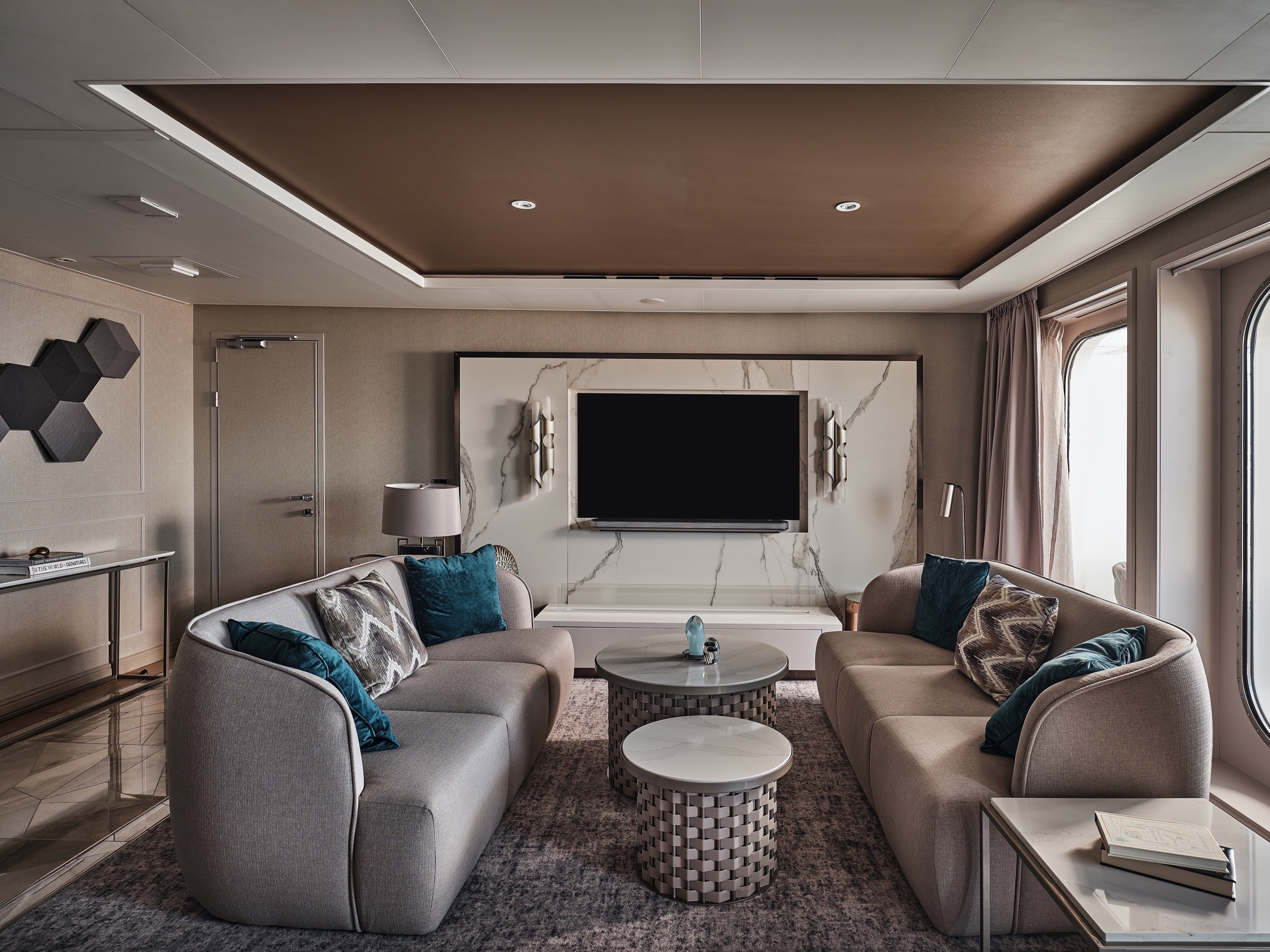
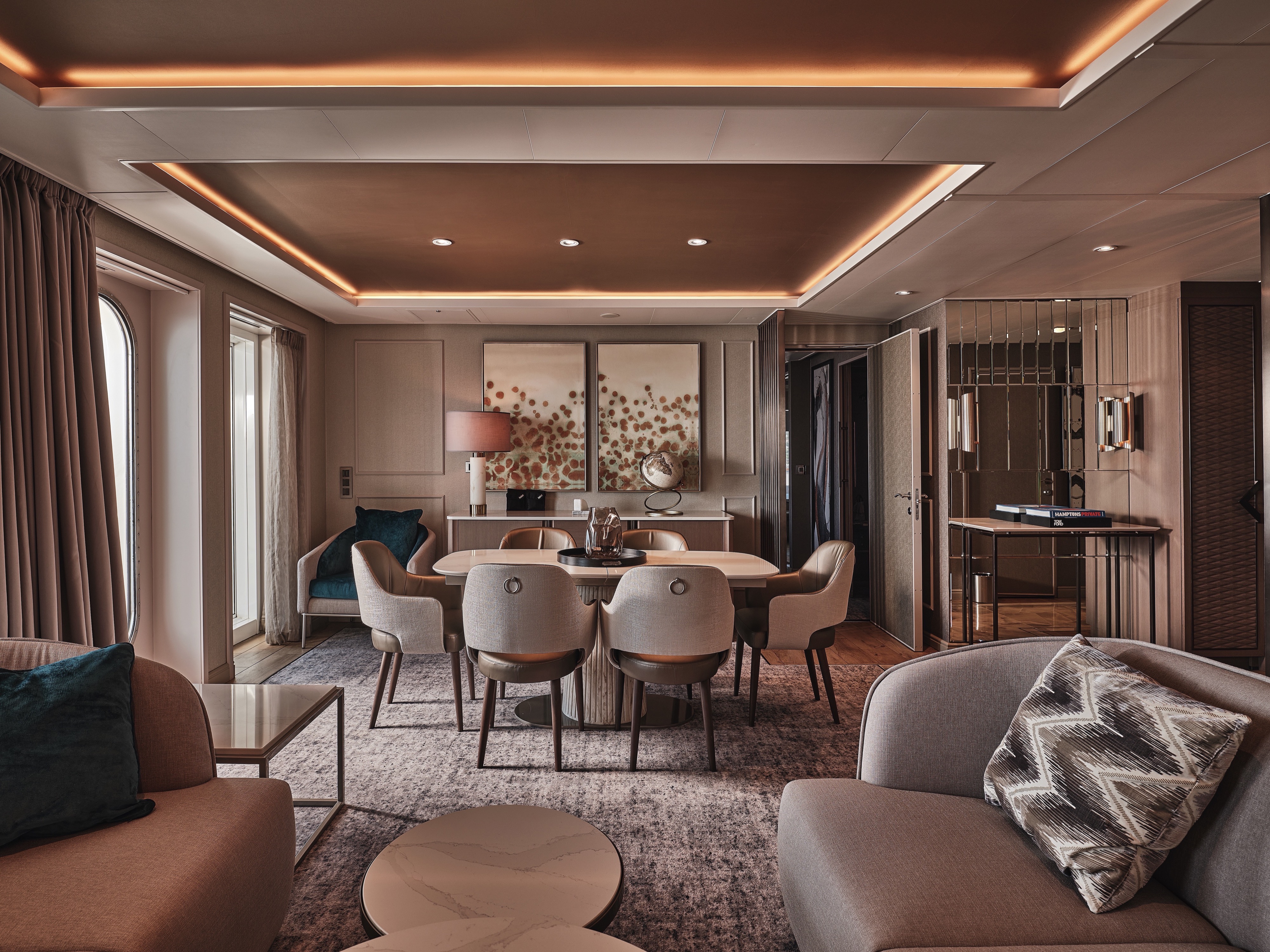
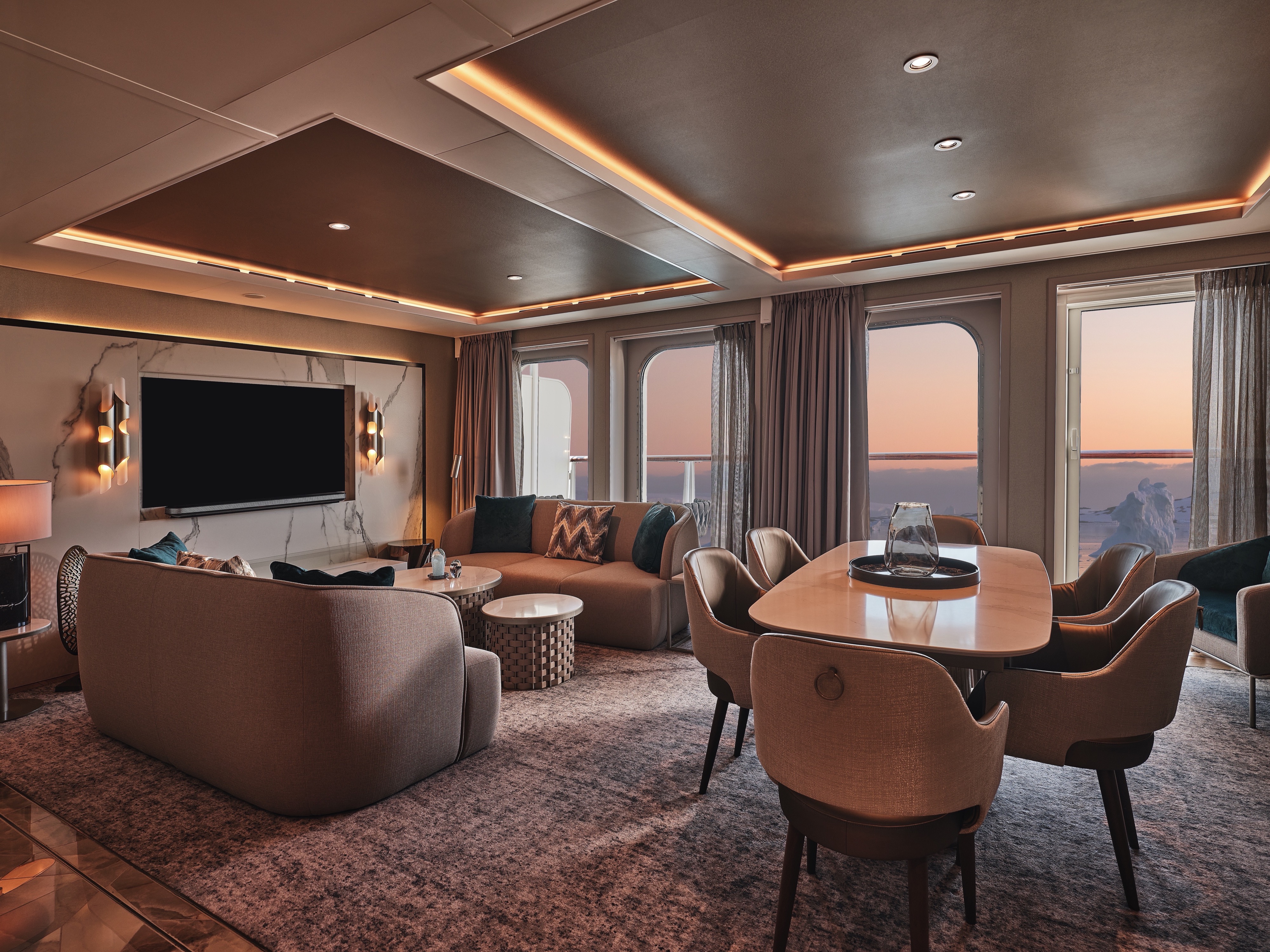
One of our most sumptuous suites ever designed! With innovative domed glazing surrounding the living areas and one of the largest balconies on board, the Master Suite offers complete destination immersion at sea. Floor-to-ceiling windows provide wow-factor 270-degree views while the beautifully appointed living and dining areas, separate bedroom, and bathroom with walk-in shower and whirlpool bath ensure complete in-suite comfort. If you have ever wanted to experience expedition travel while not missing out on luxury, Silver Endeavour’s Master Suite is the answer.
One bedroom: 108 sq m including veranda (25.8 sq m)
Images are intended as a general reference. Features, materials, finishes and layout may be different than shown.
Essentials
- Deck(s): 8
- Section: Aft
Characteristics
- Large Veranda with floor-to-ceiling glass doors
- Separate dining area
- Living room with sitting area
- Double vanity
- Walk-in shower
- Whirlpool bath
- Walk-in wardrobe with personal safe
Furniture
- King size bed
- Writing desk
- Luxury bed mattresses
Media & Communication
- Unlimited Premium Wi-Fi
- 2 large flat screen TVs with Interactive Media Library
- Sound system with bluetooth connectivity
- Direct dial telephone
- Wall mounted USB-C mobile device chargers
Onboard Services
- Butler service
- Complimentary laundry, pressing & wet cleaning
- Two hours of worldwide phone use, per voyage segment
- Champagne on arrival
Amenities
- Espresso machine
- Pillow menu
- Refrigerator and bar setup stocked with your preferences
- Plush bathrobe
- Luxury bath amenities
- Umbrella
- Hair Dryer
- Slippers
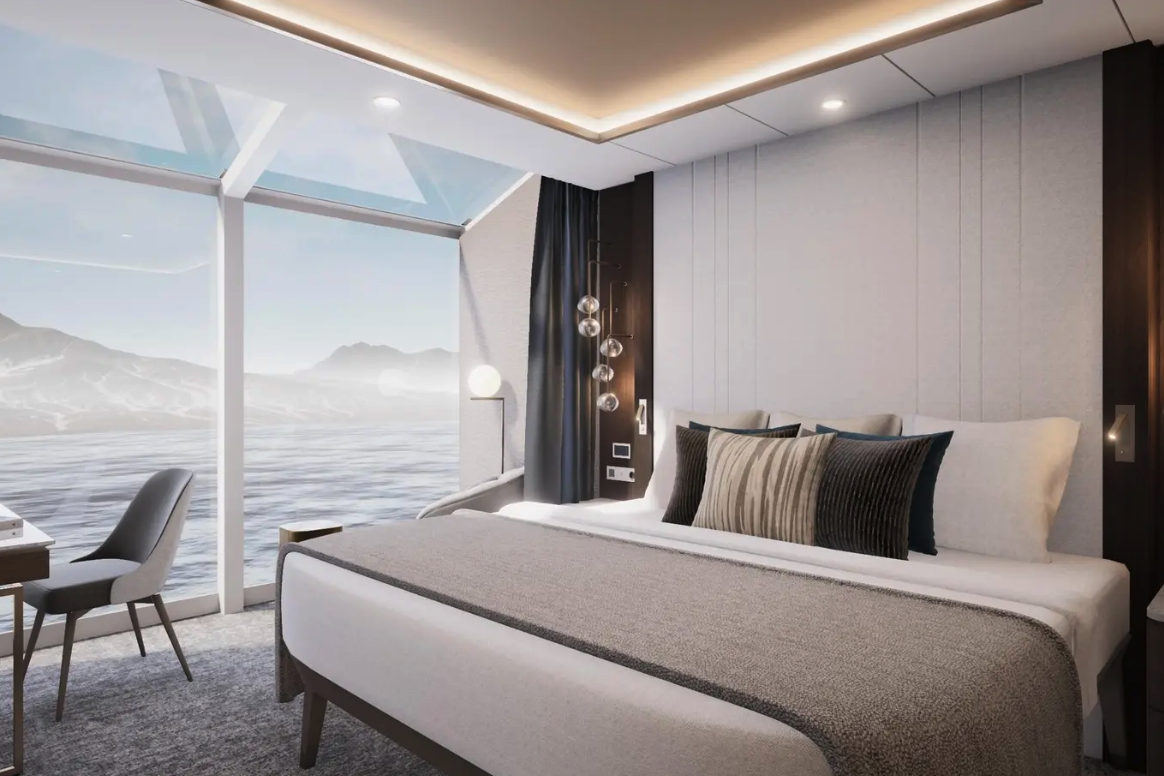
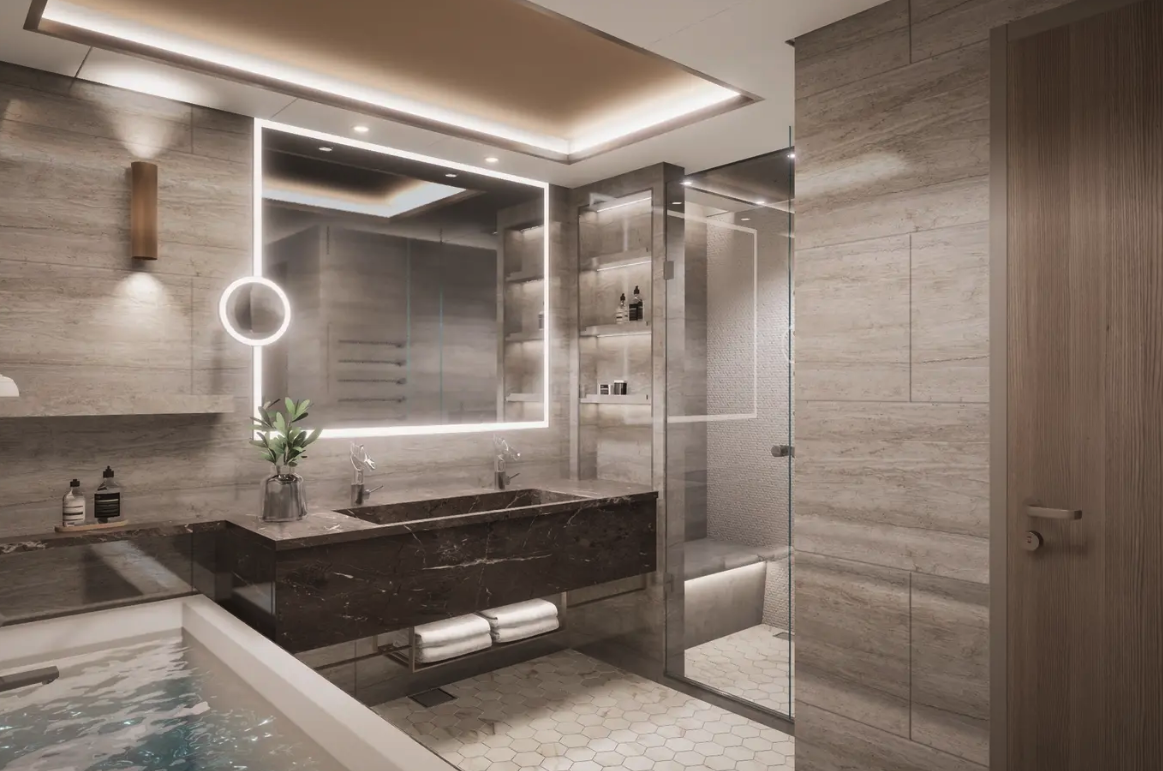
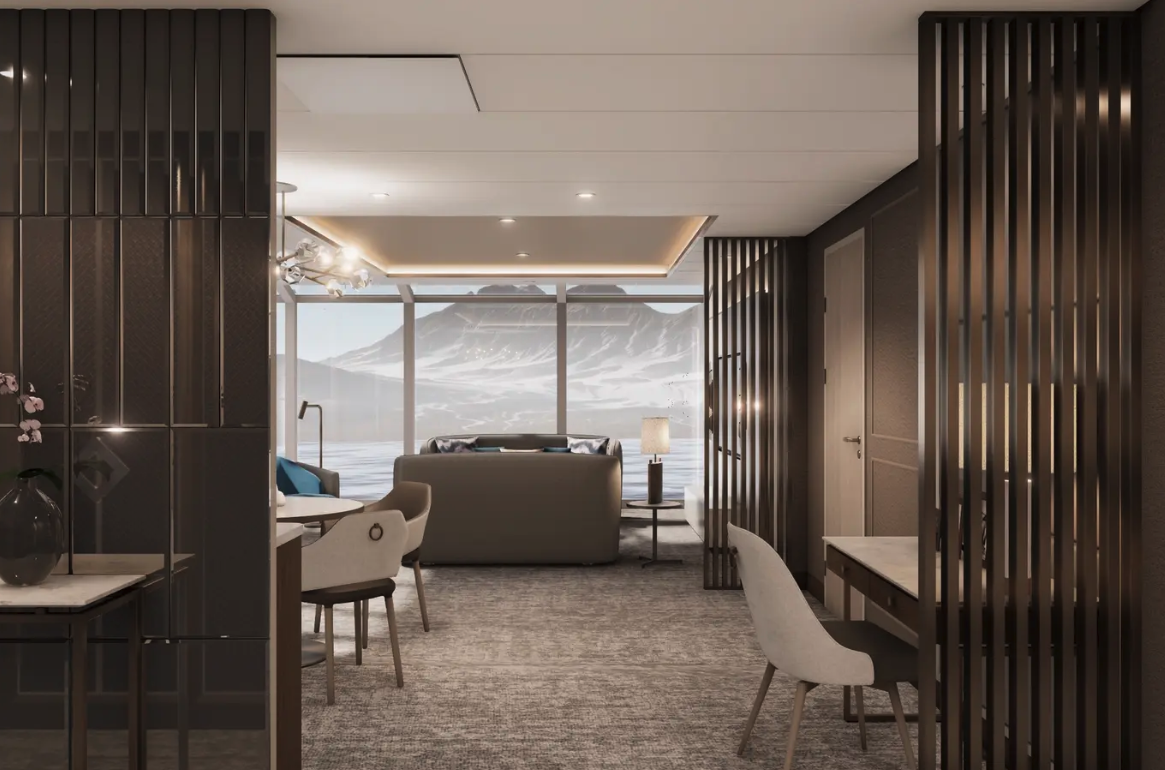
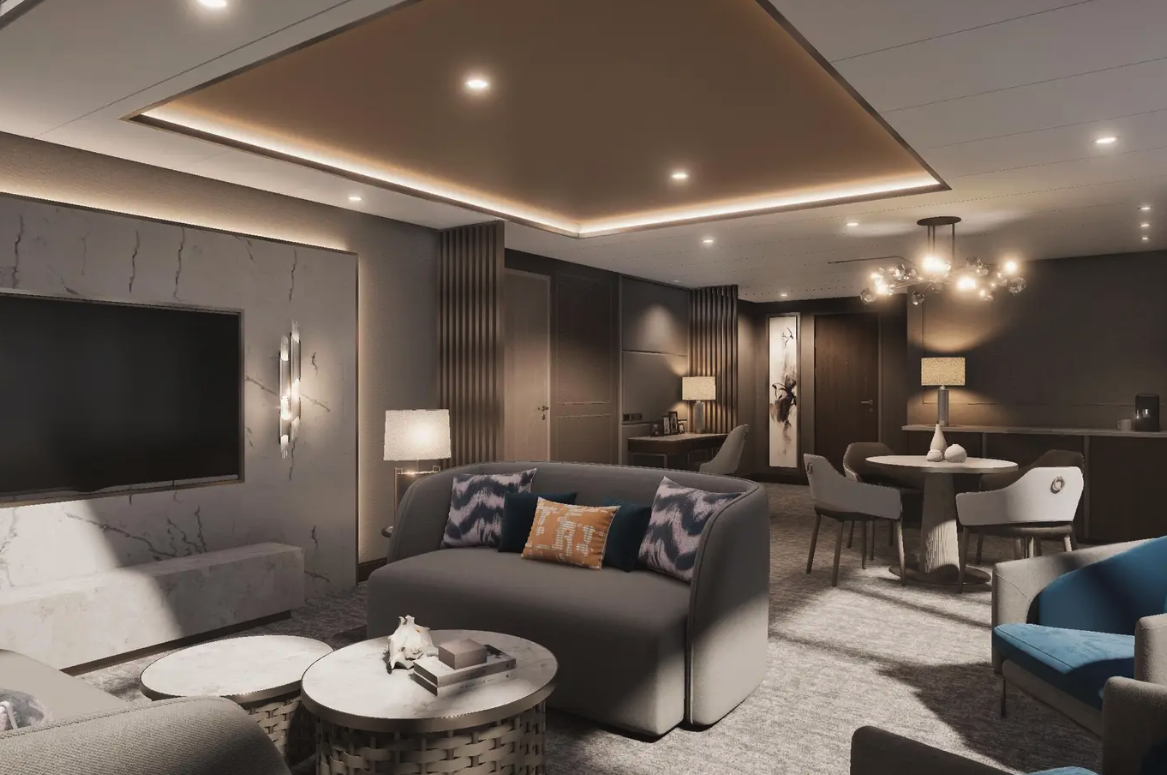
Get closer to your destination with Silver Endeavour’s Signature Suite! Located on deck 8, this beautiful accommodation offers a wonderfully large living room, a dining area, a separate bedroom, and a bathroom with walk-in shower and whirlpool bath. But surely the best thing about the Signature Suite is the huge private veranda and floor-to-ceiling glass walls, offering you sweeping views whether you are at the tip or toe of the world. The Signature Suite is one of our favorite places to enjoy serene polar landscapes after a day of onshore exploring.
One bedroom: 67–78 sq m including veranda (16–22 sq m )
Images are intended as a general reference. Features, materials, finishes and layout may be different than shown.
Essentials
- Deck(s): 8
- Section: Aft, Mid-Ship
Characteristics
- Large Veranda with floor-to-ceiling glass doors
- Separate dining area
- Living room with sitting area
- Double vanity
- Walk-in shower
- Whirlpool bath
- Walk-in wardrobe with personal safe
Furniture
- King size bed
- Writing desk
- Luxury bed mattresses
Media & Communication
- Unlimited Premium Wi-Fi
- 2 large flat screen TVs with Interactive Media Library
- Sound system with bluetooth connectivity
- Direct dial telephone
- Wall mounted USB-C mobile device chargers
Onboard Services
- Butler service
- Complimentary laundry, pressing & wet cleaning
- Two hours of worldwide phone use, per voyage segment
- Champagne on arrival
Amenities
- Espresso machine
- Pillow menu
- Refrigerator and bar setup stocked with your preferences
- Plush bathrobe
- Luxury bath amenities
- Umbrella
- Hair Dryer
- Slippers
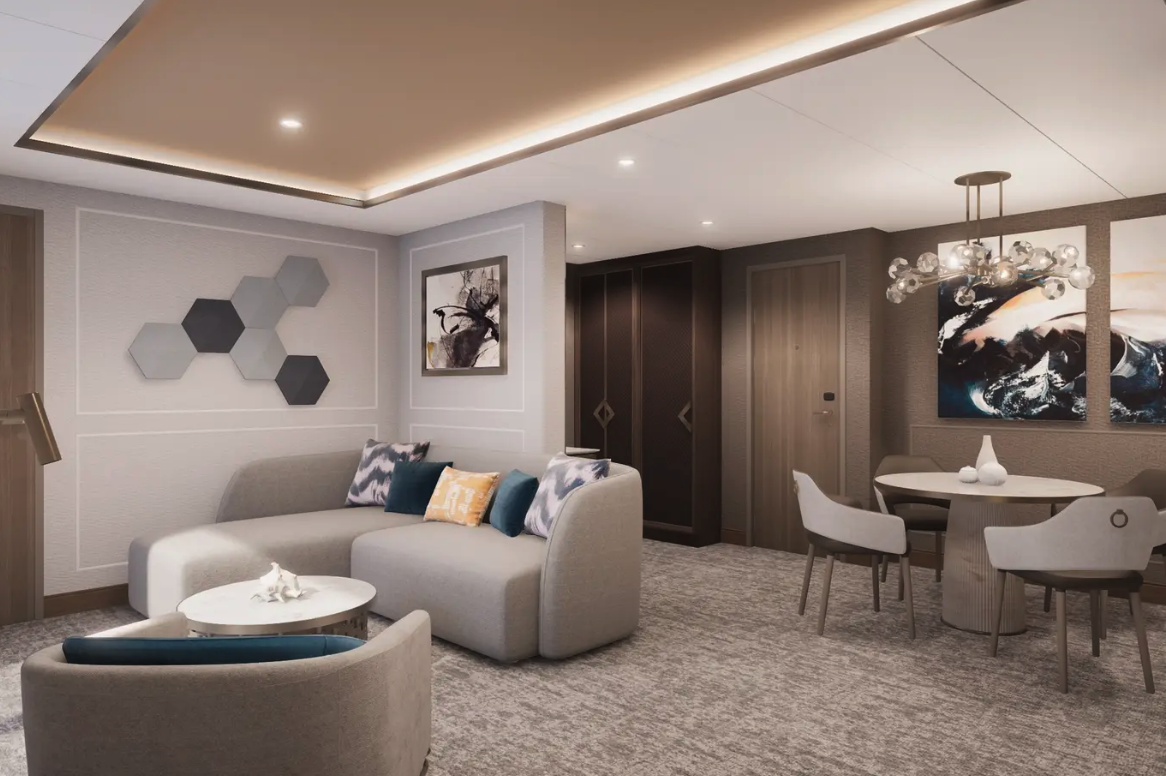



No Silversea ship would be complete without our guests’ favorite Silver Suite. Located on deck 8, the Silver Suite promises stunning views of the destination thanks to its floor-to-ceiling window and large balcony. The spacious living area allows for comfortable relaxation while the dining area makes cozy nights in veritable experiences in themselves. Additionally, Silver Suites feature generous walk-in wardrobes as well as a bathroom with a large walk-in shower, vanity, and separate lavatory.
One bedroom: 49.7 sq m including veranda (7 sq m)
Please note that the third guest will sleep on a comfortable sofa bed in the reception area of the suite.
Images are intended as a general reference. Features, materials, finishes and layout may be different than shown.
Essentials
- Deck(s): 8
- Section: Mid-Ship
Characteristics
- Veranda
- Separate dining area
- Living room with sitting area
- Double vanity
- Walk-in shower
Furniture
- Writing desk
- Vanity table
- Luxury bed mattresses
Media & Communication
- Unlimited Premium Wi-Fi
- 2 large flat screen TVs with Interactive Media Library
- Sound system with bluetooth connectivity
- Direct dial telephone
- Wall mounted USB-C mobile device chargers
Onboard Services
- Butler service
- Complimentary laundry, pressing & wet cleaning
- Champagne on arrival
Amenities
- Espresso machine
- Pillow menu
- Refrigerator and bar setup stocked with your preferences
- Plush bathrobe
- Luxury bath amenities
- Umbrella
- Hair Dryer
- Slippers
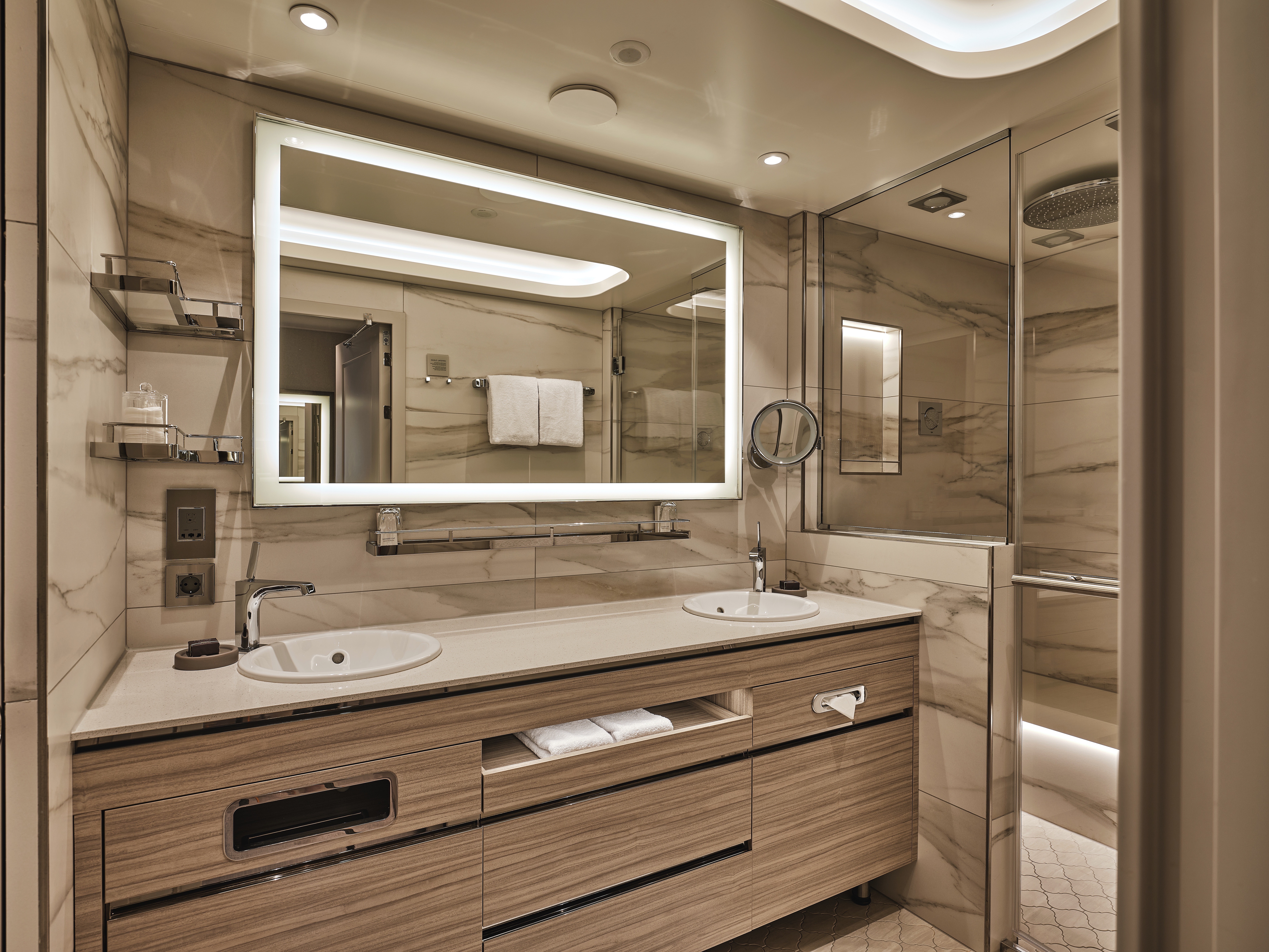
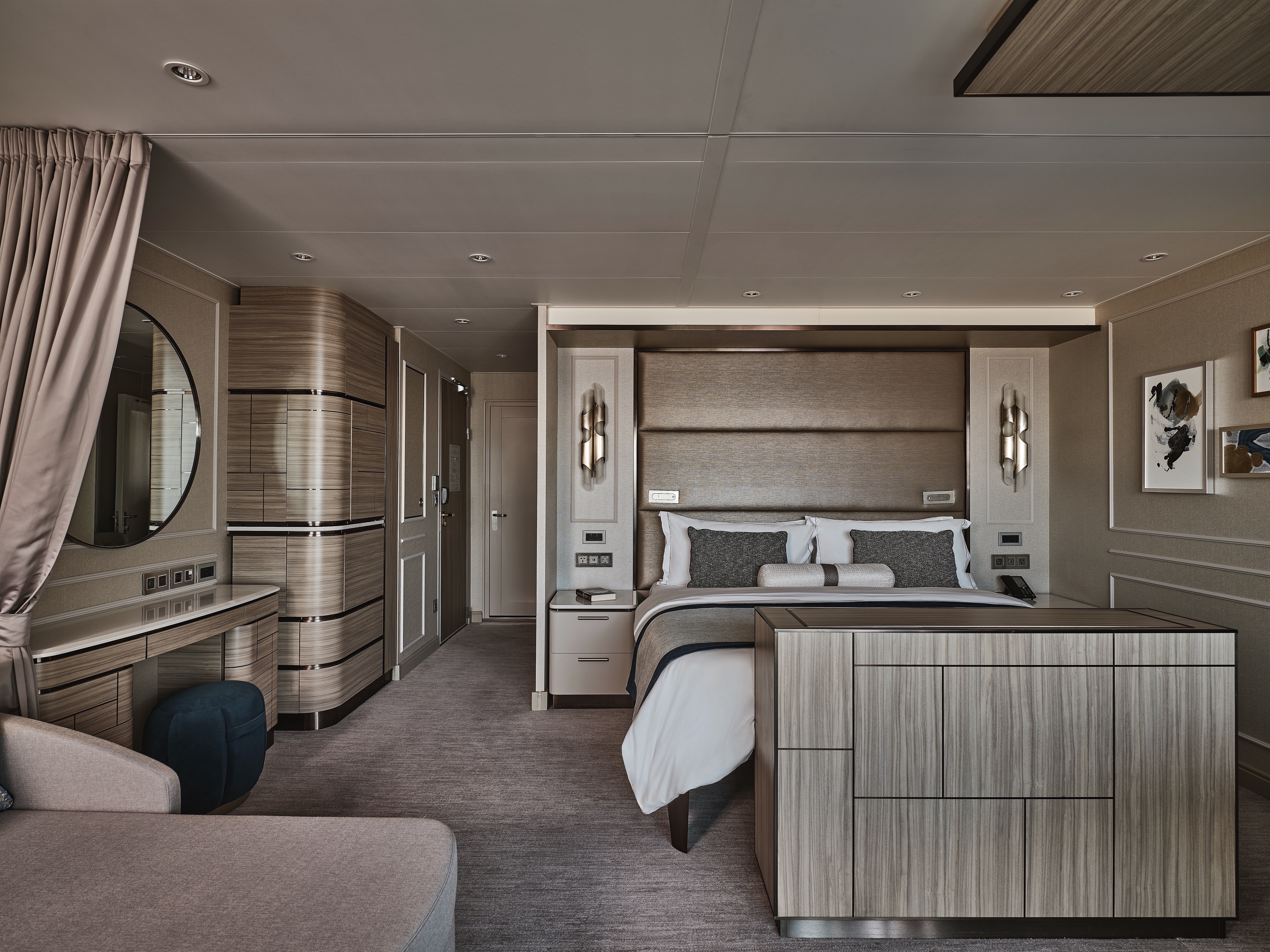
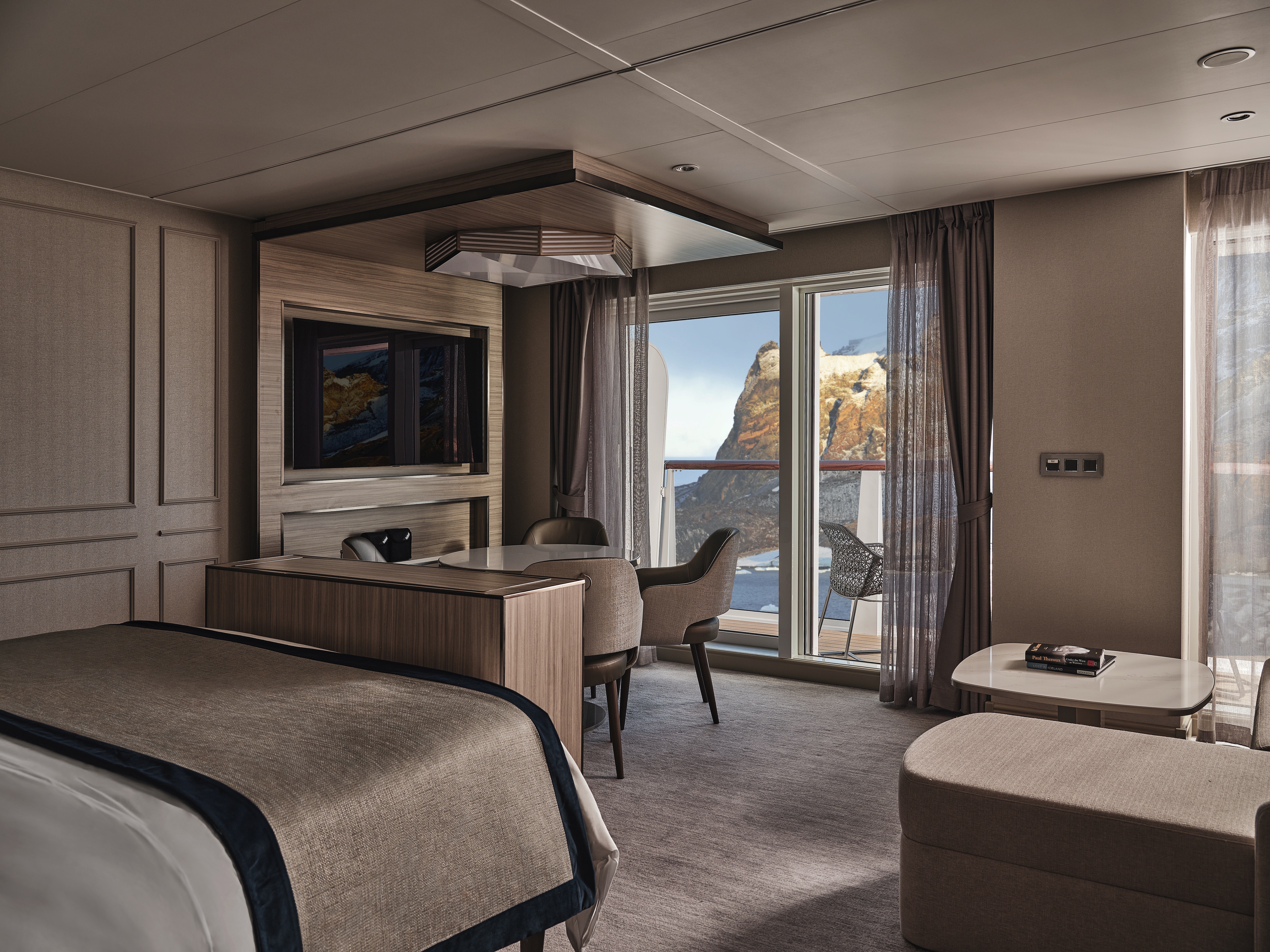
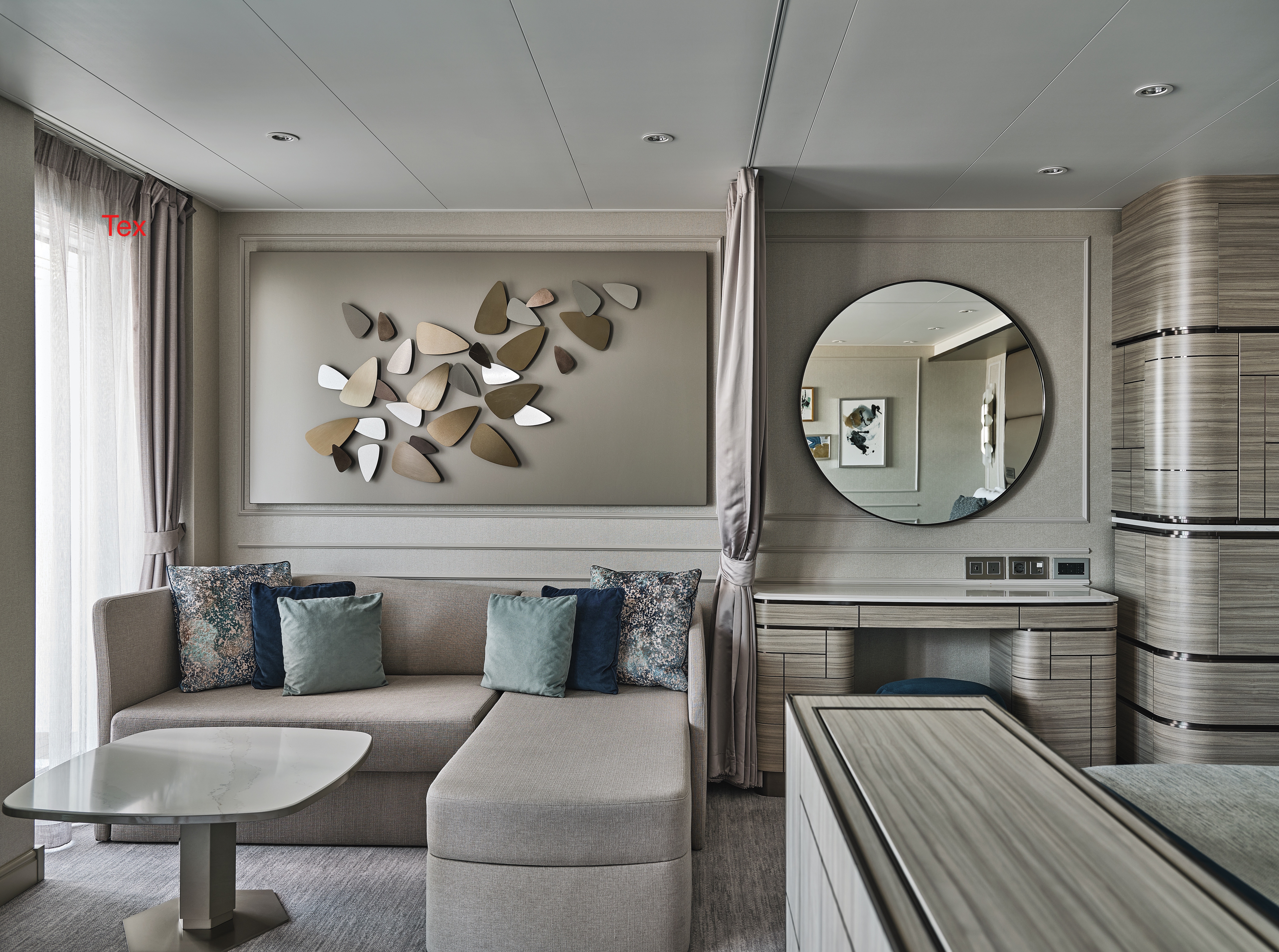
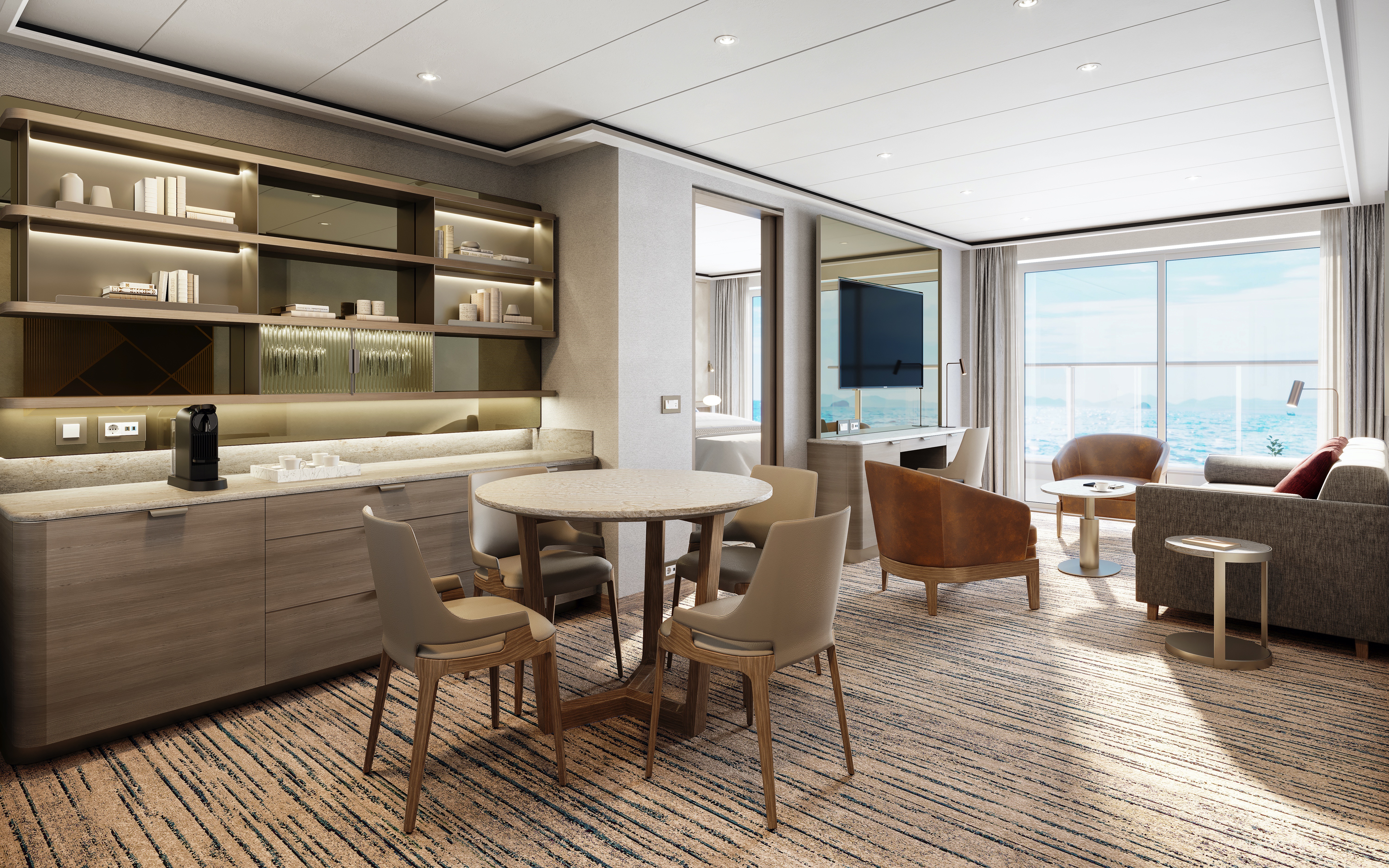
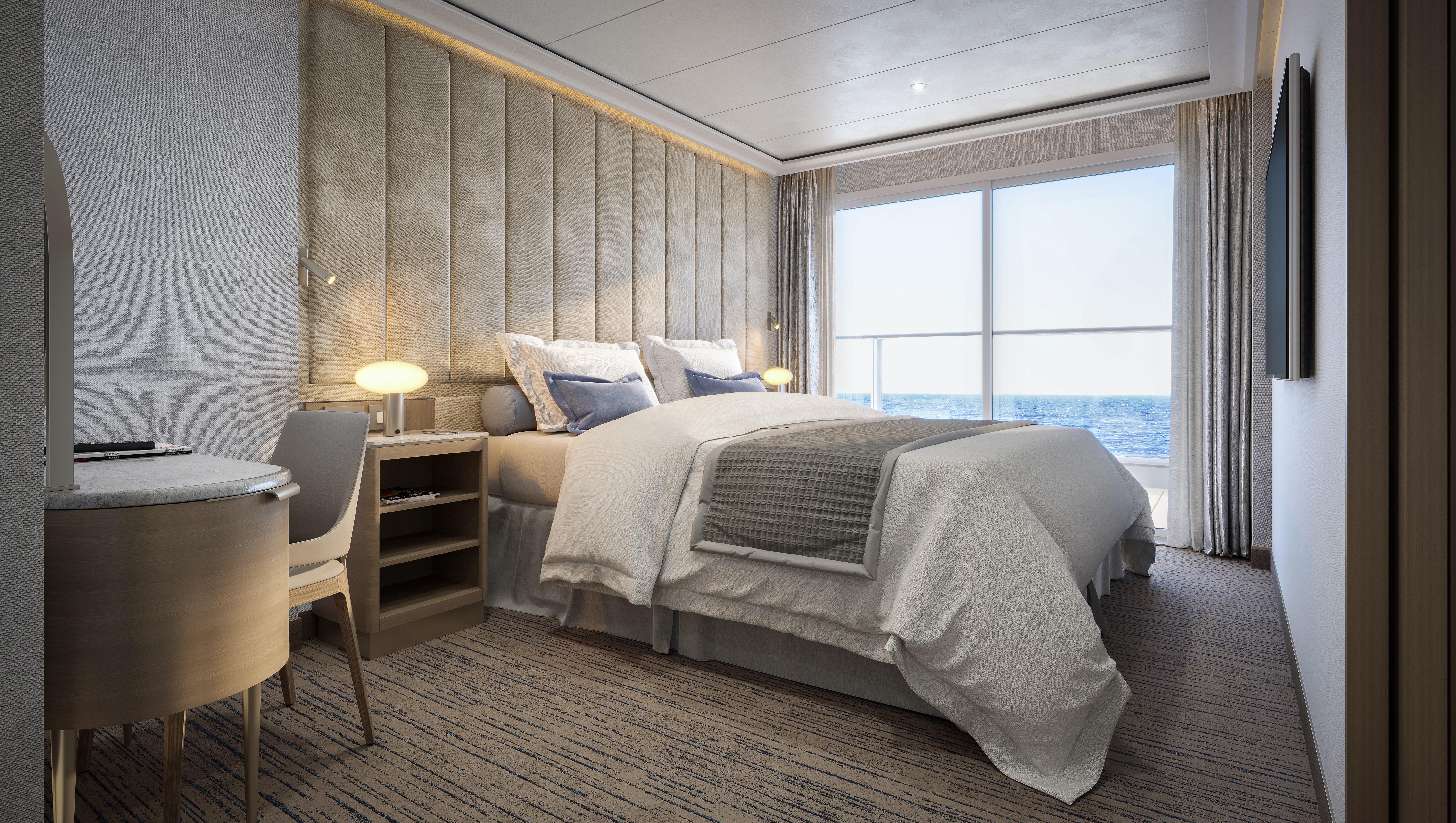
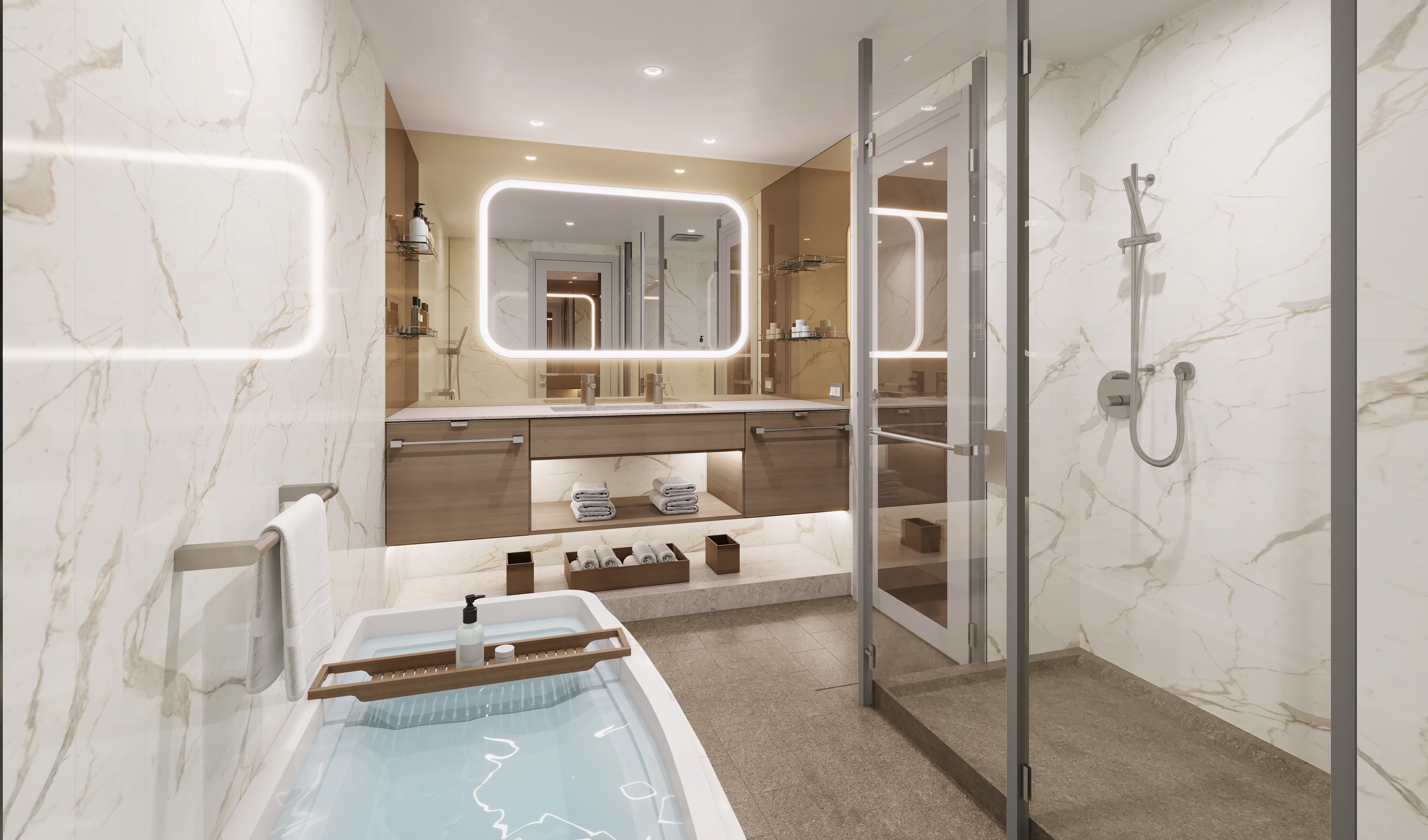
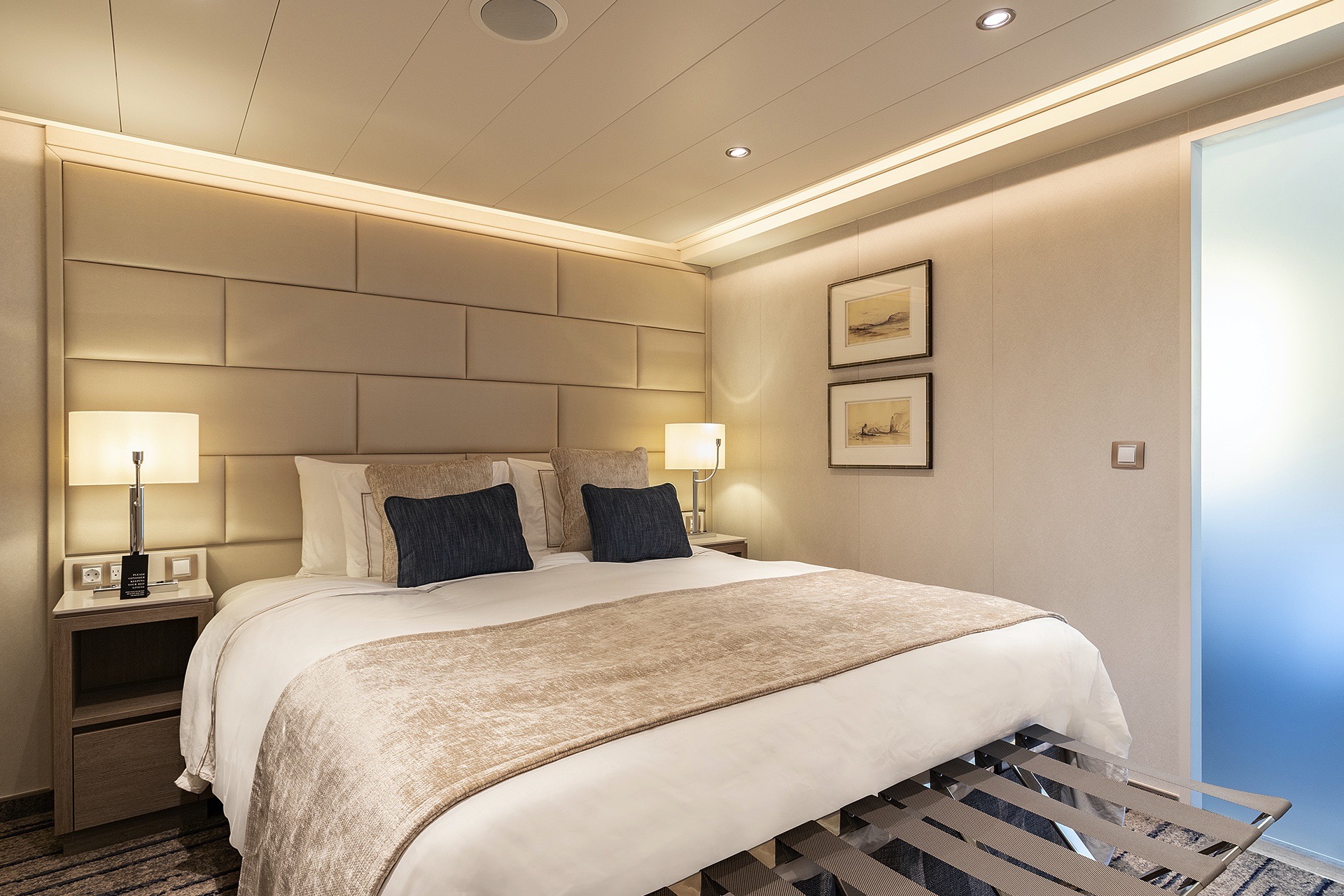
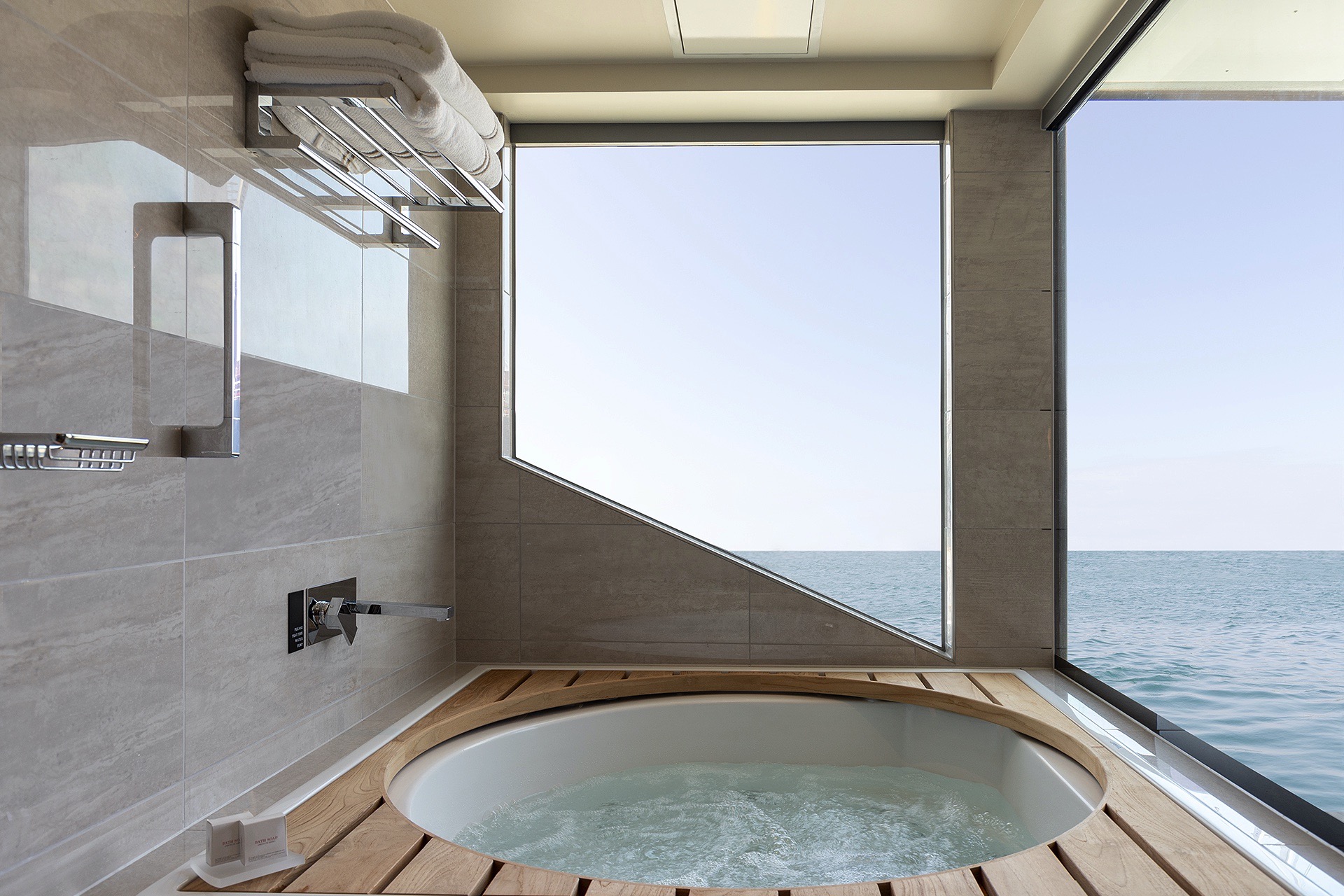
Our best-selling Premium Veranda Suite is more beautiful and luxurious than ever on board Silver Endeavour. This suite offers a large bedroom space with dreamy bedding, a stunning marbled bathroom with a large vanity, and sumptuous walk-in shower. Comfortable furnishings and elegant decor make staying in (almost) as good as going out! Spacious and well-situated, enjoy ultra-luxury amenities from the 24-hour butler service to the well-stocked mini-bar (and yes, they’re all included!). The sofa bed can easily accommodate a third guest.
One bedroom: 33.1 sq m including veranda (5 sq m)
Please note that the third guest will sleep on a comfortable sofa bed in the reception area of the suite.
Images are intended as a general reference. Features, materials, finishes and layout may be different than shown.
Essentials
- Deck(s): 6, 7
- Section: Forward, Mid-Ship
Characteristics
- Veranda
- Sitting area
- Large vanity
- Walk-in shower
Furniture
- King size bed
- Writing desk
- Vanity table
- Luxury bed mattresses
Media & Communication
- Unlimited Standard Wi-Fi
- 1 large flat screen TV with Interactive Media Library
- Direct dial telephone
- Wall mounted USB-C mobile device chargers
Onboard Services
- Butler service
- Champagne on arrival
Amenities
- Pillow menu
- Refrigerator and bar setup stocked with your preferences
- Plush bathrobe
- Luxury bath amenities
- Umbrella
- Hair Dryer
- Slippers
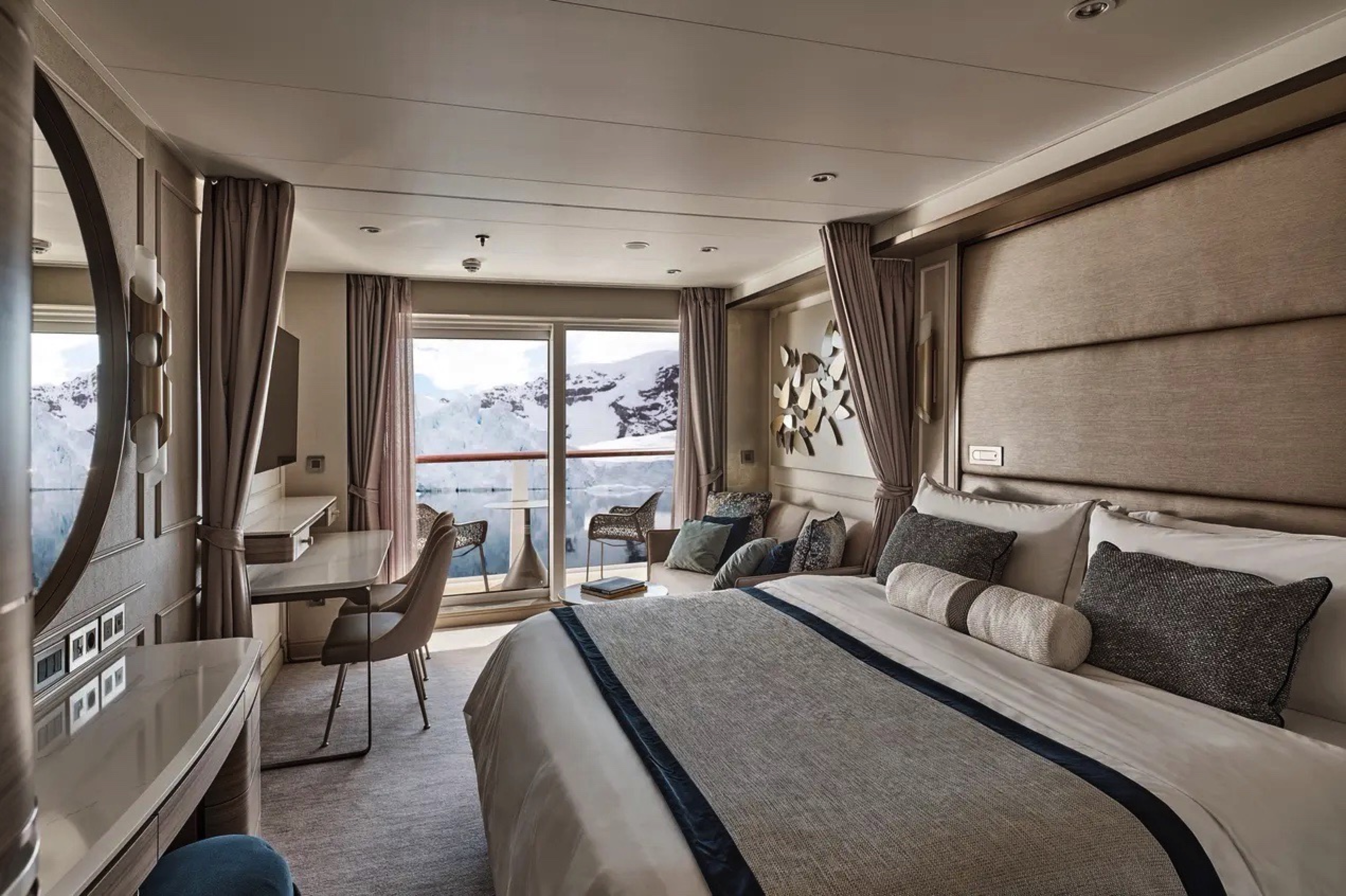


Deluxe Veranda Suites keep the iconic suite configuration—one of the most successful in the industry—while enhancing your creature comforts and destination immersion. Located on the privileged upper-mid levels, Deluxe Veranda Suites have spacious interiors with a bedroom area that includes a large writing desk and comfortable living room with a convertible sofa (able to accommodate a third berth). Even better, the balcony is larger and more beautiful than ever, offering ample space to relax and enjoy sweeping views, wherever you are.
One bedroom: 33.1 sq m including veranda (5 sq m)
Please note that the third guest will sleep on a comfortable sofa bed in the reception area of the suite.
Images are intended as a general reference. Features, materials, finishes and layout may be different than shown.
Essentials
- Deck(s): 6, 7
- Section: Aft, Mid-Ship
Characteristics
- Veranda
- Sitting area
- Large vanity
- Walk-in shower
Furniture
- King size bed
- Writing desk
- Vanity table
- Luxury bed mattresses
Media & Communication
- Unlimited Standard Wi-Fi
- 1 large flat screen TV with Interactive Media Library
- Direct dial telephone
- Wall mounted USB-C mobile device chargers
Onboard Services
- Butler service
- Champagne on arrival
Amenities
- Pillow menu
- Refrigerator and bar setup stocked with your preferences
- Plush bathrobe
- Luxury bath amenities
- Umbrella
- Hair Dryer
- Slippers
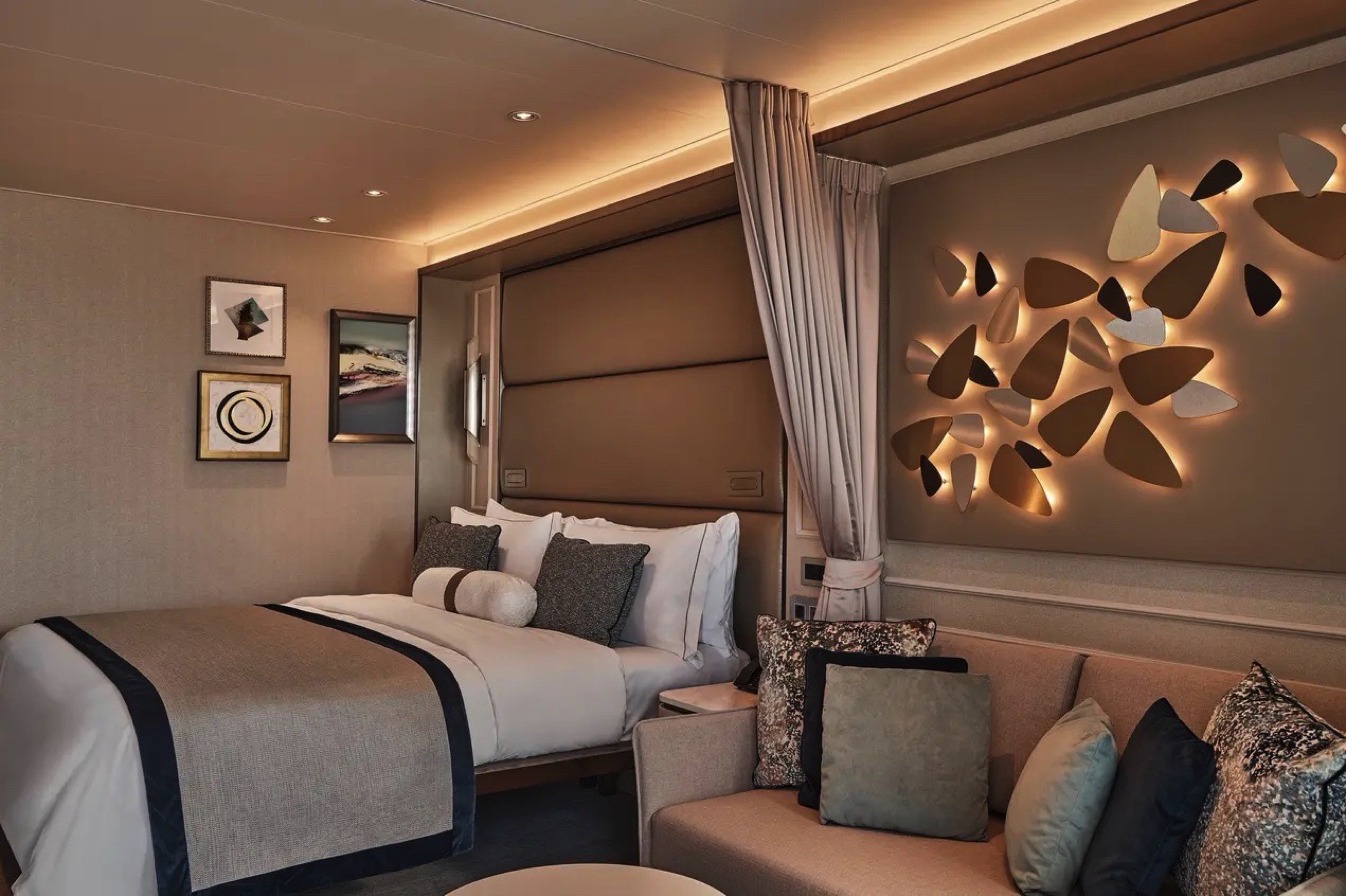


The Superior Veranda Suite is found on the upper decks. From the sumptuous views from the teak veranda to the spacious sitting room (with a sofa bed able to accommodate a third berth) and large marble bathroom, everything about the Superior Veranda has been designed for your comfort. A comfortable living space, attention to detail, and a generous expanse of amenities make this stunning suite a cozy home while on the seas.
One bedroom: 33.1 sq m including veranda (5 sq m)
Please note that the third guest will sleep on a comfortable sofa bed in the reception area of the suite.
Images are intended as a general reference. Features, materials, finishes and layout may be different than shown.
Essentials
- Deck(s): 6, 7, 8
- Section: Aft, Forward, Mid-Ship
Characteristics
- Veranda
- Sitting area
- Large vanity
- Walk-in shower
Furniture
- King size bed
- Writing desk
- Vanity table
- Luxury bed mattresses
Media & Communication
- Unlimited Standard Wi-Fi
- 1 large flat screen TV with Interactive Media Library
- Direct dial telephone
- Wall mounted USB-C mobile device chargers
Onboard Services
- Butler service
- Champagne on arrival
Amenities
- Pillow menu
- Refrigerator and bar setup stocked with your preferences
- Plush bathrobe
- Luxury bath amenities
- Umbrella
- Hair Dryer
- Slippers
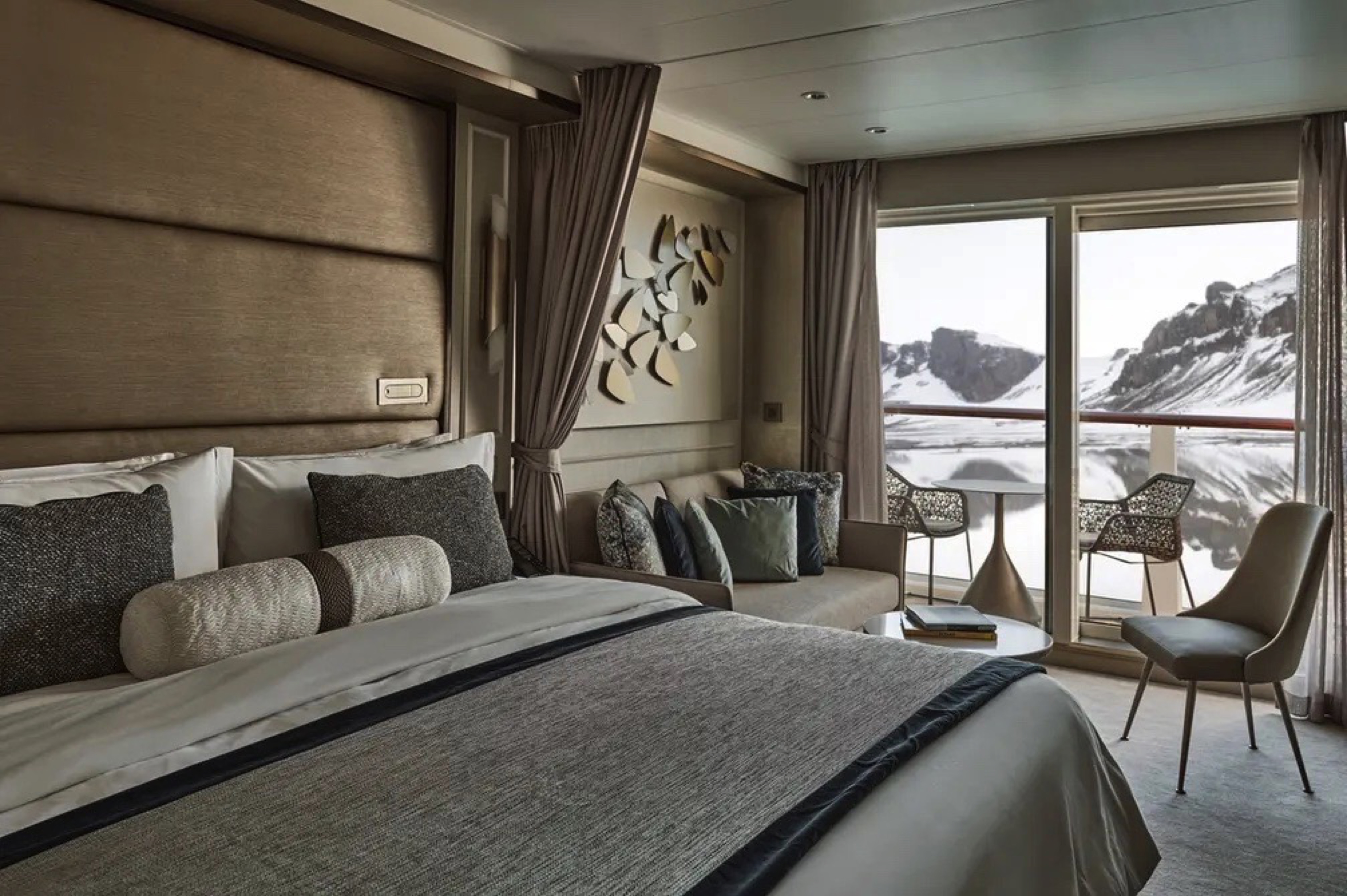


Located on the lower decks in the bow, the Classic Veranda Suite offers all the comfort and attention to detail that you can expect aboard—both inside and out. A generous expanse of interior comforts—elegant decor, a stunning marble bathroom, and ample seating area (with a sofa bed that is able to accommodate a third berth)—offers everything you need for a comfortable cruise. But perhaps this suite’s finest asset lies just outside, as floor-to-ceiling glass doors open onto a private veranda, making every sunset feel as if it is yours alone.
One bedroom: 33.1 sq m including veranda (5 sq m)
Wheelchair accessible suite: 508. The suite has a bathroom with vanity and shower.
Please note that the third guest will sleep on a comfortable sofa bed in the reception area of the suite.
Images are intended as a general reference. Features, materials, finishes and layout may be different than shown.
Essentials
- Deck(s): 5, 6
- Section: Forward, Mid-Ship
Characteristics
- Veranda
- Sitting area
- Large vanity
- Walk-in shower
Furniture
- King size bed
- Writing desk
- Vanity table
- Luxury bed mattresses
Media & Communication
- Unlimited Standard Wi-Fi
- 1 large flat screen TV with Interactive Media Library
- Direct dial telephone
- Wall mounted USB-C mobile device chargers
Onboard Services
- Butler service
- Champagne on arrival
Amenities
- Pillow menu
- Refrigerator and bar setup stocked with your preferences
- Plush bathrobe
- Luxury bath amenities
- Umbrella
- Hair Dryer
- Slippers



Silver Endeavour
Designed for polar exploration, Silver Endeavour is the new definition of luxury expedition travel.
We’re proud to announce that our newest addition has joined the fleet. Silver Endeavour revolutionizes our expedition voyages and allows deeper travel to some of the planet’s farthest-flung coasts. Her statistics speak for themselves: unrivaled, industry-leading crew-to-guest, Zodiac-to-guest, and expert-to-guest ratios, cutting-edge navigation and exploration technology, and hallmark Silversea comfort make her the most luxurious expedition ship ever built
EMBRACE NEW LIMITS. TRAVEL TO THE ENDS OF THE EARTH ABOARD SILVER ENDEAVOUR.
Sailing to both poles, Silver Endeavour redefines the meaning of ultra-luxury expedition cruising. Her PC6 ice-class rating is one of the highest in the industry while her state-of-the-art equipment and exploration technology offer one of the most advanced expedition experiences ever. Silver Endeavour introduces a new era in ultra-luxury expedition cruising and brings the remote and remarkable to you in hallmark Silversea comfort. Join us for endless possibilities both on board and on land aboard Silver Endeavour, the most luxurious expedition ship at sea.
EMBRACE NEW LIMITS
Travel to the ends of the Earth aboard Silver Endeavour. Sailing to both poles, our newest ship redefines the meaning of ultra-luxury expedition cruising. Her PC6 ice-class rating is among the highest in the industry, while her state-of-the-art equipment and exploration technology offer one of the most advanced expedition experiences ever. Silver Endeavour introduces a new era in ultra-luxury expedition cruising and brings the remote and remarkable to you in hallmark Silversea comfort. Join us for endless possibilities both on board and on land Silver Endeavour, the most luxurious expedition ship at sea.
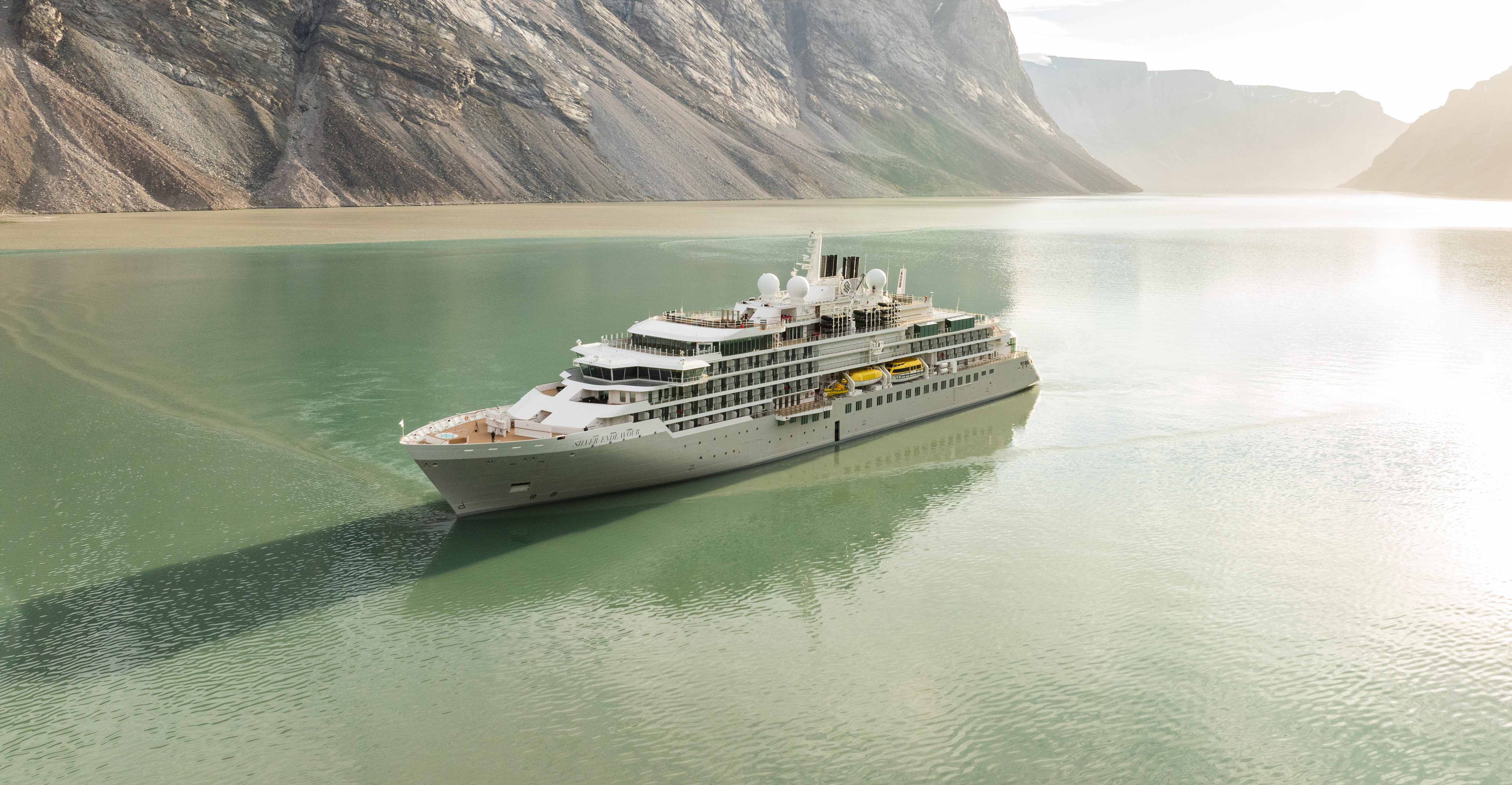
Ship Facts
| Launch Year | 2021 | ||||||||
| Refit Year | |||||||||
| Language | en | ||||||||
| Gross Tonnage | 20649 | ||||||||
| Length | 165 | ||||||||
| Width | 25 | ||||||||
| Currency | USD | ||||||||
| Speed | 19 | ||||||||
| Capacity | 220 | ||||||||
| Crew Count | 207 | ||||||||
| Deck Count | 8 | ||||||||
| Cabin Count | 110 | ||||||||
| Large Cabin Count | N/A | ||||||||
| Wheelchair Cabin Count | N/A | ||||||||
| Electrical Plugs |
|
Deck 10
- Sun Deck

Deck 9
- Observation Lounge
- Library

Deck 8
- Master Suite
- Superior Veranda Suite
- Signature Suite
- Silver Suite

Deck 7
- Owner's Suite
- Grand Suite
- Premium Veranda Suite
- Deluxe Veranda Suite
- Superior Veranda Suite

Deck 6
- Whirlpool
- The Bow
- Classic Veranda Suite
- Premium Veranda Suite
- Superior Veranda Suite
- Deluxe Veranda Suite

Deck 5
- Classic Veranda Suite
- Arts Café
- Beauty Salon
- Reception
- Future Cruise Sales
- Fitness Centre
- Otium Spa
- Boutique
- Pool Deck
- The Grill
- Whirlpool

Deck 4
- Medical Centre
- Explorer Lounge
- La Dame
- Connoisseur's Corner
- II Terrazzino
- The Restaurant

Deck 3
- Mud Room
- Marina
- Launderette

Dive into a world of fine dining aboard Silver Endeavour. Enjoy haute cuisine at the tip and toe of the world, dining in some of the most remote and remarkable destinations on the planet. Enjoy authentic Italian recipes that span generations in Il Terrazzino. Or why not get lost in the glacial views of The Grill while you savor some of the best international options at sea. Our famous La Dame French restaurant promises exquisite gastronomie à la française in both polar regions, while the Arts Café is the place to be for healthy daytime treats. Whether you’re in the Arctic or Antarctica, dining aboard Silver Endeavour promises to be quite special.
II Terrazzino
Italy’s world-famous cuisine reaches its farthest clientele yet aboard Silver Endeavour. Enjoy the country’s greatest dishes and authentic recipes in this edited version of our famous La Terrazza concept. Small in size but not in flavors, Il Terrazzino offers mouthwatering Italian meals in an elegant setting. Menu highlights change on a regular basis but always feature high-quality, fresh ingredients, which have made this dining option so popular throughout our entire fleet. If you like authentic Italian dishes served in a small and intimate setting, then Il Terrazzino is for you.
Images are intended as a general reference. Features, materials, finishes and layout may be different than shown.
The Restaurant
Silver Endeavour’s main dining experience weaves a sensorial tapestry of tasty memories. We promise you’ll love this remarkable venue, from the timeless decor and the warm, elegant ambience to the exceptional wine selection and the subtle, refined dishes. Enjoy regional specialties whether you’re at the tip or toe of the world, along with timeless classics that never go out of fashion. The Restaurant offers open-seating dining, which means there are no assigned times, no assigned tables. You are free to dine when, where, and with whom you please.
Images are intended as a general reference. Features, materials, finishes and layout may be different than shown.
The Grill
Welcome to one of the most impressive dining rooms at sea. The Grill aboard Silver Endeavour puts the amaze into amazing. Admire impressive views from day to night as snowy landscapes give way to starlit skies. This glass-ceilinged indoor venue offers flavorsome international meals cooked to perfection in a casual, informal atmosphere. This must-visit venue is always a favorite, whatever time of the day you dine. No jacket required!
Images are intended as a general reference. Features, materials, finishes and layout may be different than shown.
La Dame
Prepare your taste buds for one of the best gastronomic experiences you’ll probably ever have. La Dame—named after Paris’ grande dame, the Eiffel Tower—pays homage to France’s cultural and gastronomic heritage. This fine-dining experience comes complete with white-gloved service, phenomenal food, and elegant surroundings. Choose from the à la carte menu or enjoy the perfectly balanced six-course food and wine pairing menu. Whatever you decide, you’ll be gazing upon glaciers and icebergs from the stupendous floor-to-ceiling windows while sipping ice-cold champagne and dining on fresh caviar. And it’s only in La Dame, aboard Silver Endeavour.
Images are intended as a general reference. Features, materials, finishes and layout may be different than shown.
Channel the same sense of discovery that guided pioneering explorers of yesteryear thanks to Silver Endeavour’s cutting-edge design. Join interactive and informative lectures, learn about your destination from our guides, or simply prepare for your day ashore the comfortable Observation and Explorer lounges. Gaze at the unobstructed, jaw-dropping landscape outside from the warmth of the glazed indoor areas while splashing around in the pool or enjoying a quiet coffee. From doing a spot of whale watching to cozying up with a book and a blanket from the sun deck, Silver Endeavour endeavors to give you the best expedition experience at sea in the world.
Explorer Lounge
Strategically located midship on deck 4, the Explorer Lounge is the operational heart of shore excursions while on board. Equipped with state-of-the-art equipment, including large LED screens, this is where you’ll attend your daily recap and briefing sessions, chat with our industry-leading Expedition Team, or attend lectures that delve deep into the history, flora, and fauna of your destination. It is also the perfect place to gather for pre-dinner cocktails or evening events such as the Captain’s Welcome.
Images are intended as a general reference. Features, materials, finishes and layout may be different than shown.
Library
Whether you’re an avid bibliophile or simply prefer a quiet place while at sea, it’s hard not to fall in love with Silver Endeavour’s onboard library. Located on deck 9, the Library offers a comfortable and intimate enrichment space, where you can educate yourself from one of the beautiful reference books, curl up with a novel in one of the comfortable chairs, or simple gaze amazed at the stunning scenery as its floats serenely by.
Images are intended as a general reference. Features, materials, finishes and layout may be different than shown.
Observation Lounge
Located at the very top of the ship, the Observation Lounge offers one of our favorite vantage points on board Silver Endeavour. Comfortable seating, plus 270-degree surrounding glass windows make this immersive venue ideal at any time of the day. Offering very spacious interiors, the Observation Lounge is the perfect place to enjoy afternoon tea, an enrichment presentation by day, or pre-and post-dinner cocktails by night. Join your fellow travelers and discuss the day’s events while listing to some live entertainment in this fabulous venue.
Images are intended as a general reference. Features, materials, finishes and layout may be different than shown.
Sun Deck
The ocean views and soothing sound of the surf can be quite intoxicating at sea, so it’s not surprising that daydreaming on deck is one of the most popular pastimes.
Connoisseur's Corner
The Connoisseur’s Corner is an indulgent and sophisticated cigar lounge, where you can enjoy an after-dinner drink in a cozy private club atmosphere. Soak up a wide selection of premium spirits, classic cocktails, and modern concoctions, or order from the exclusive cigar menu. This beautiful heritage venue with a contemporary twist, complete with armchairs, a cozy fireplace, and a humidor, make this is an incredible place to visit after dinner.
Images are intended as a general reference. Features, materials, finishes and layout may be different than shown.
Arts Café
Silver Endeavour’s friendly, luxury Arts Café delivers gourmet treats, outstanding coffee, and healthy refreshments from morning to early evening. This is the perfect destination for cold and hot drinks, sandwiches, salads, as well as cakes and small-plate servings. Savor a delightful drink and fusion of flavors while enjoying magnificent views thanks to floor-to-ceiling glazing. If you’re looking for a quiet place for a bite to eat while you catch up with your fellow travelers, then why not visit the Arts Café on deck 5?
Images are intended as a general reference. Features, materials, finishes and layout may be different than shown.
Boutique
Located midship on deck 5, the Boutique aboard Silver Endeavour means luxury shopping experiences do not end just because you’re at sea! Carefully selected partners offer a wide selection of the latest fashions (including a great selection of tote bags) plus jewelry, logo items, and souvenirs carefully selected to complete your expedition experience.
Images are intended as a general reference. Features, materials, finishes and layout may be different than shown.